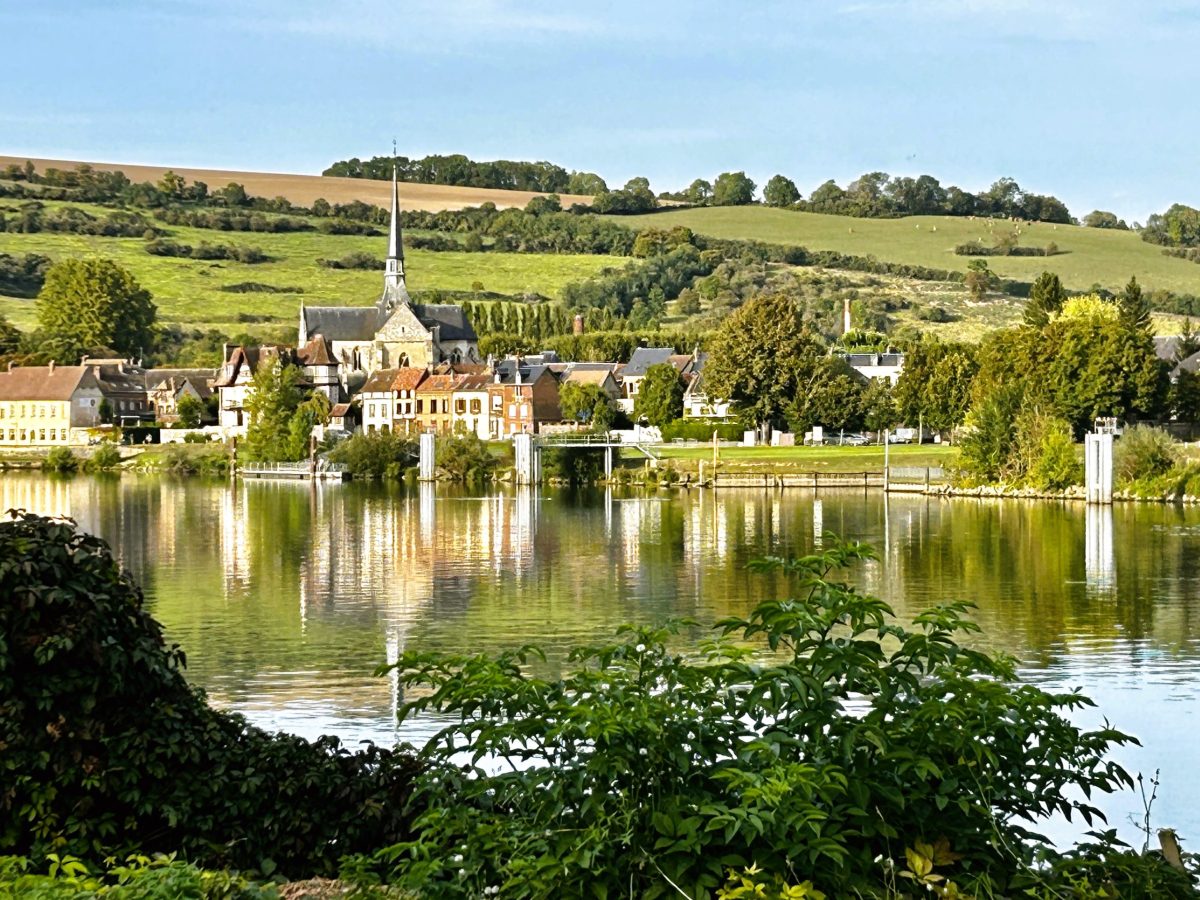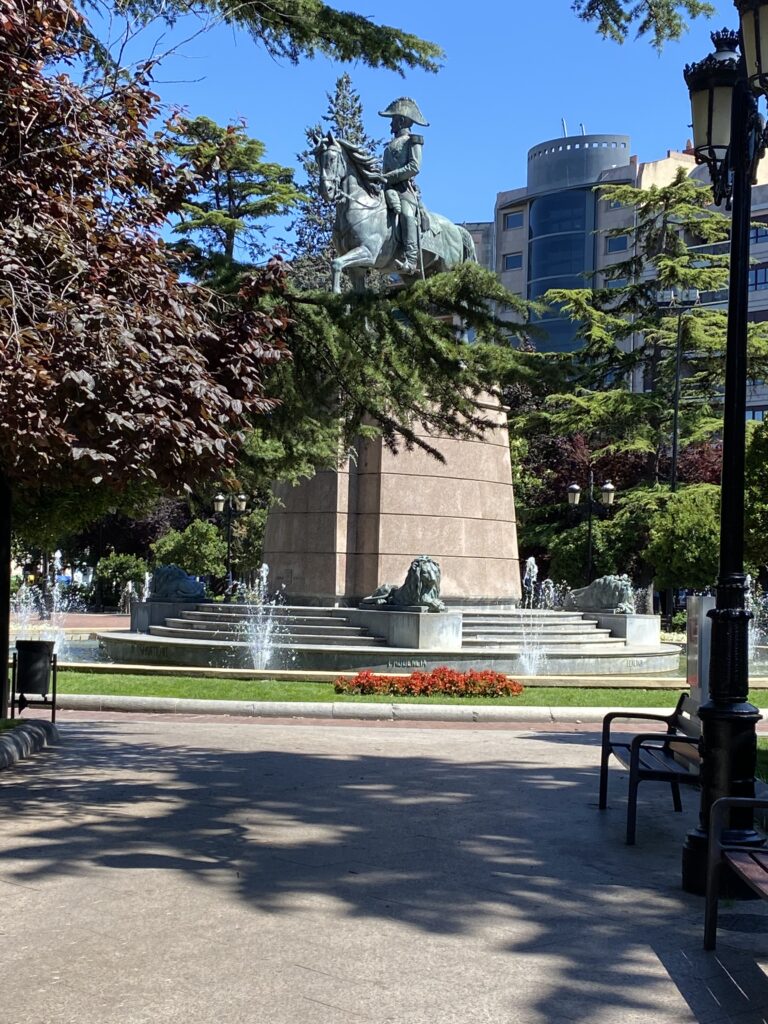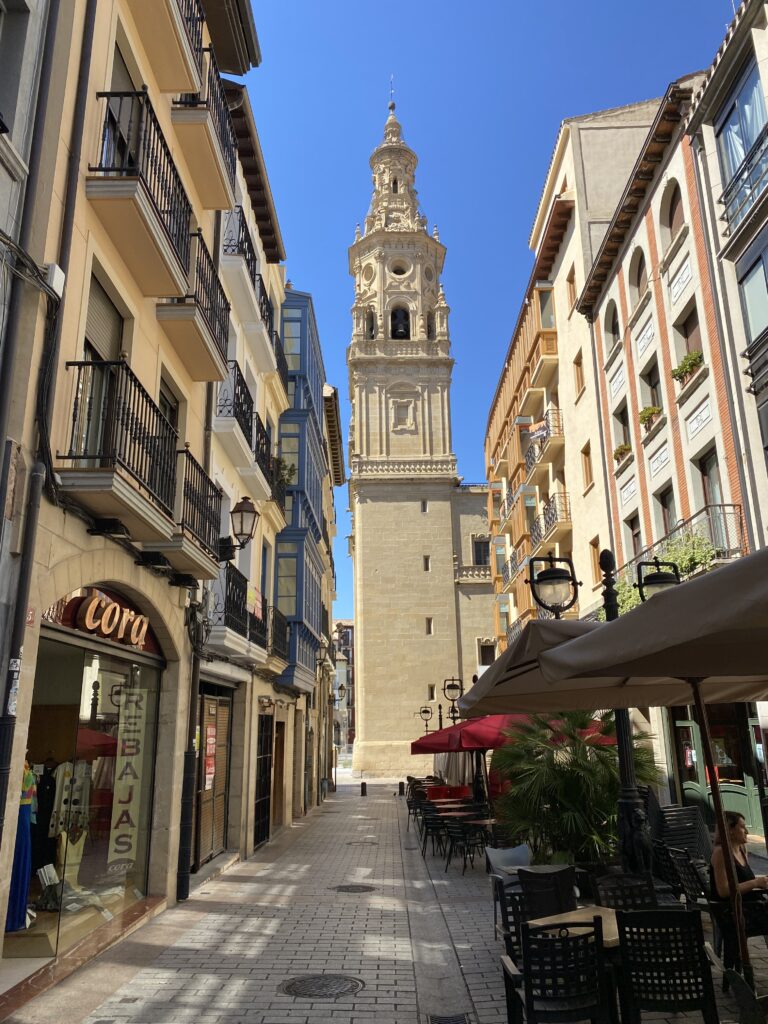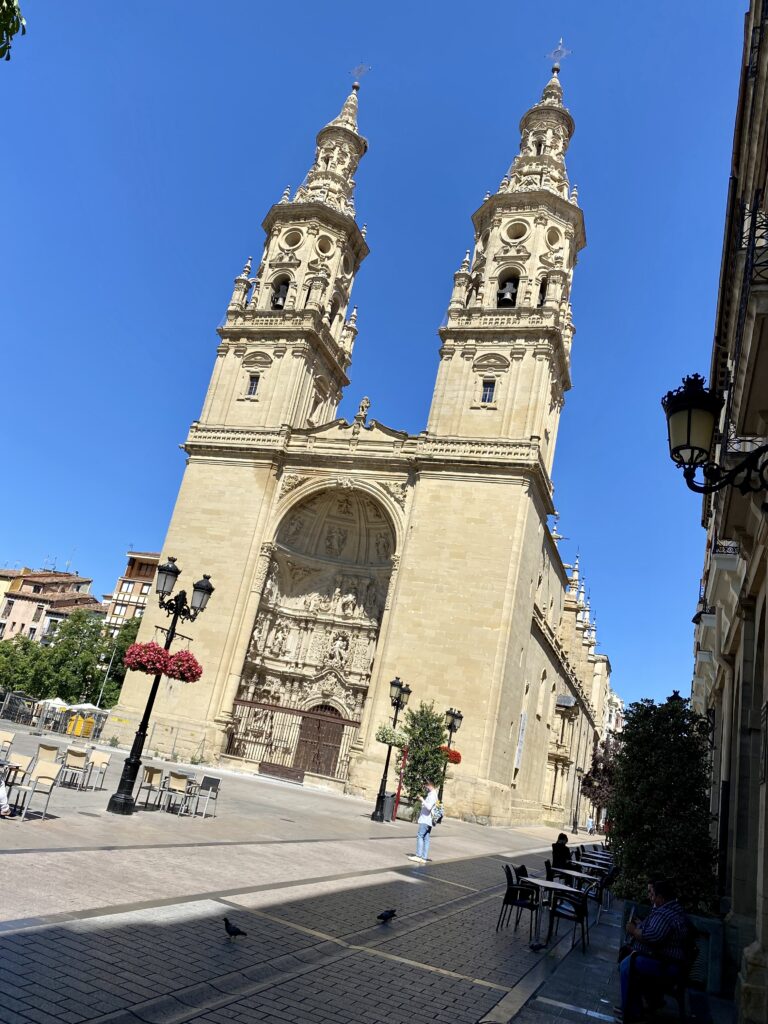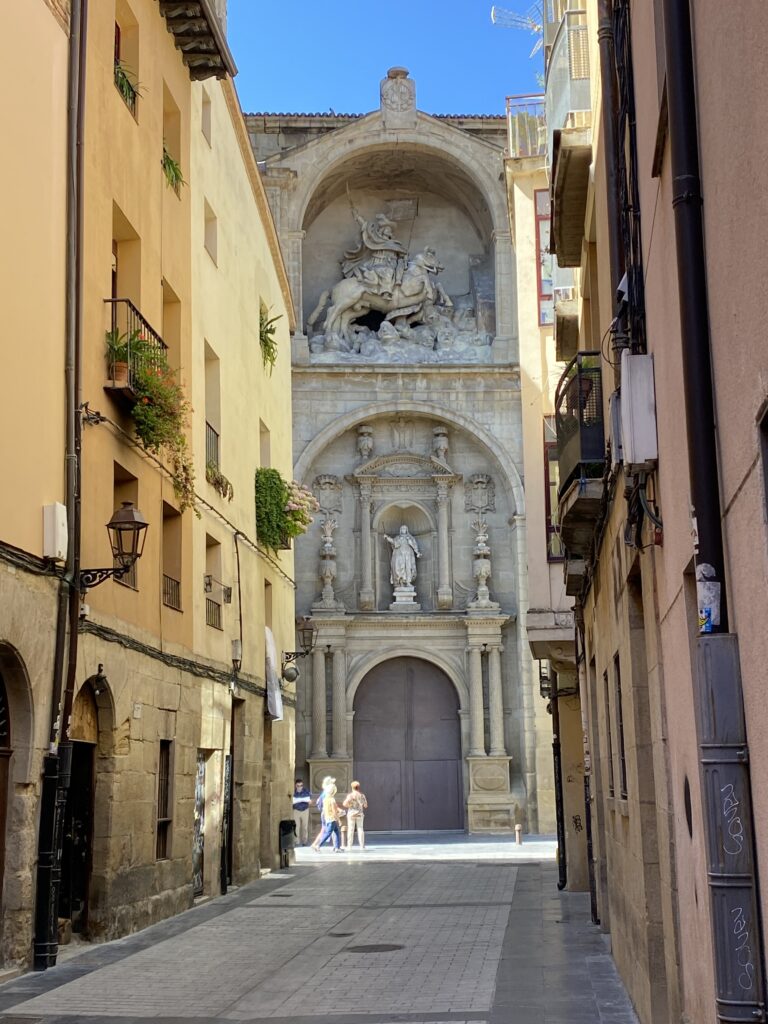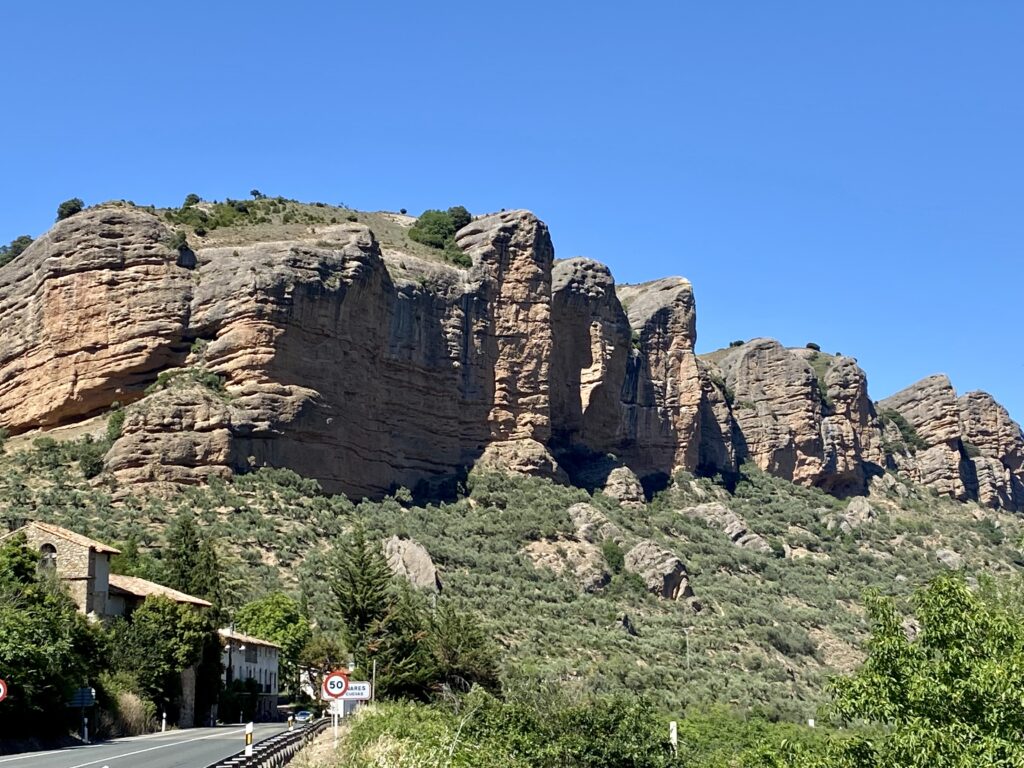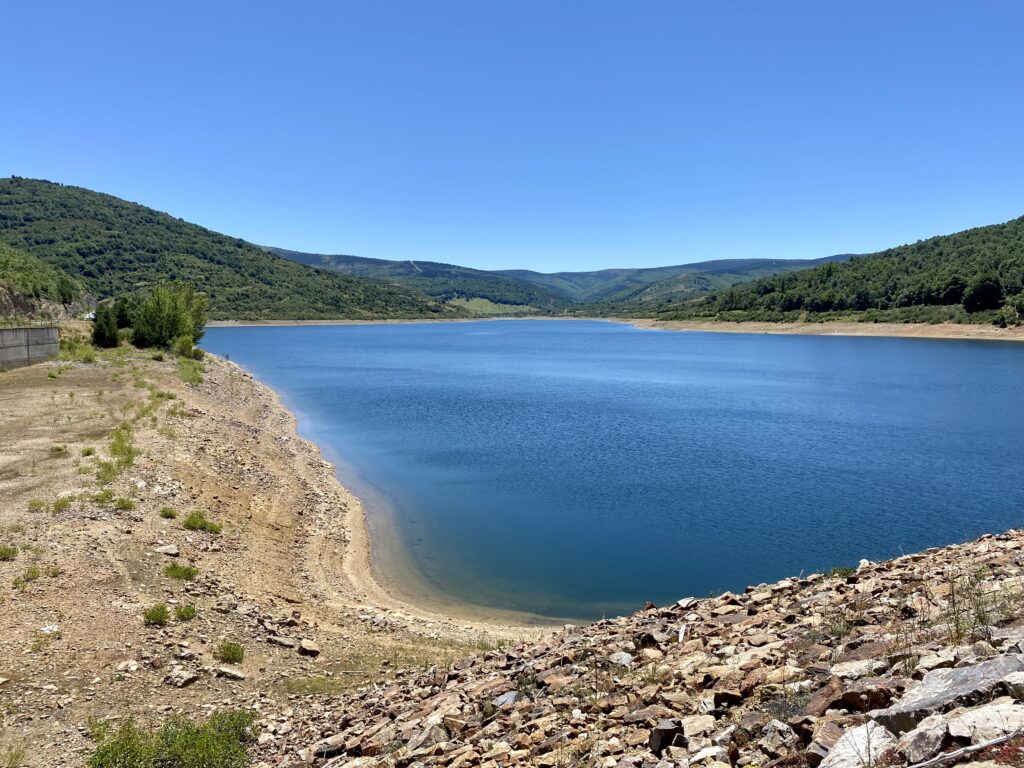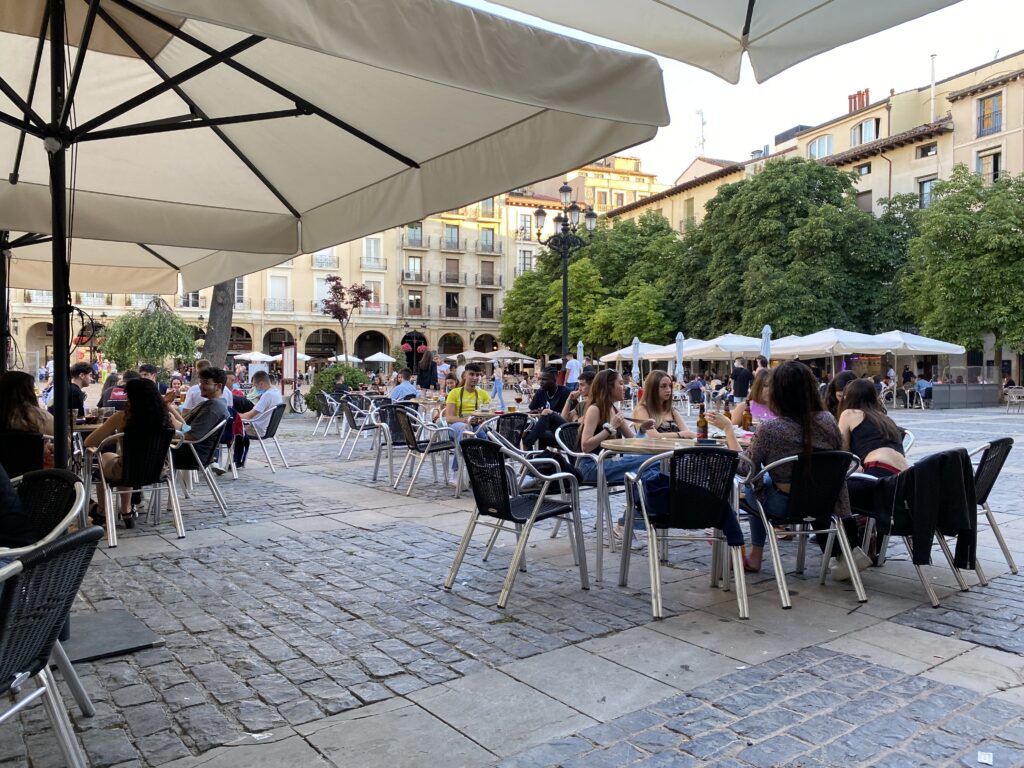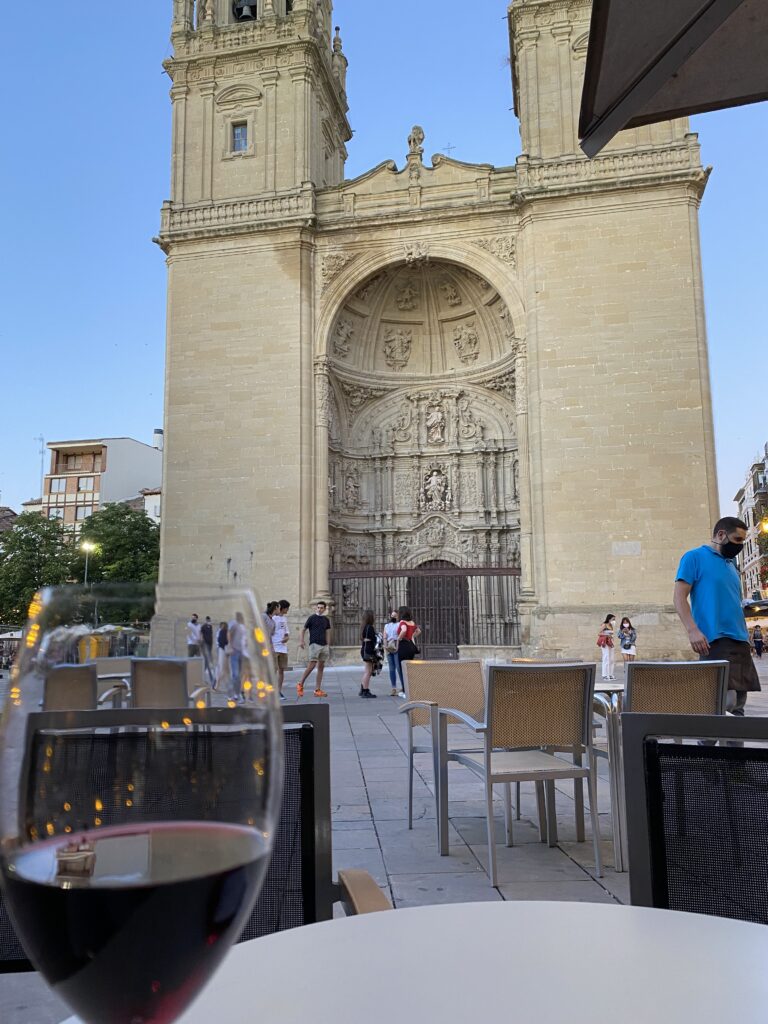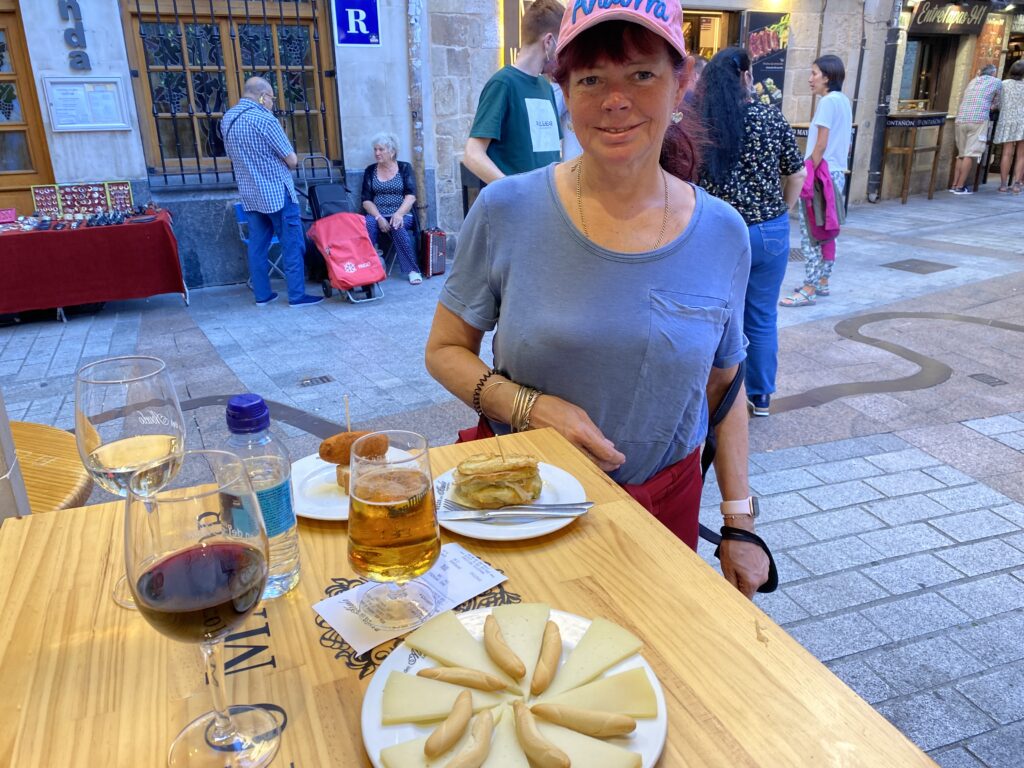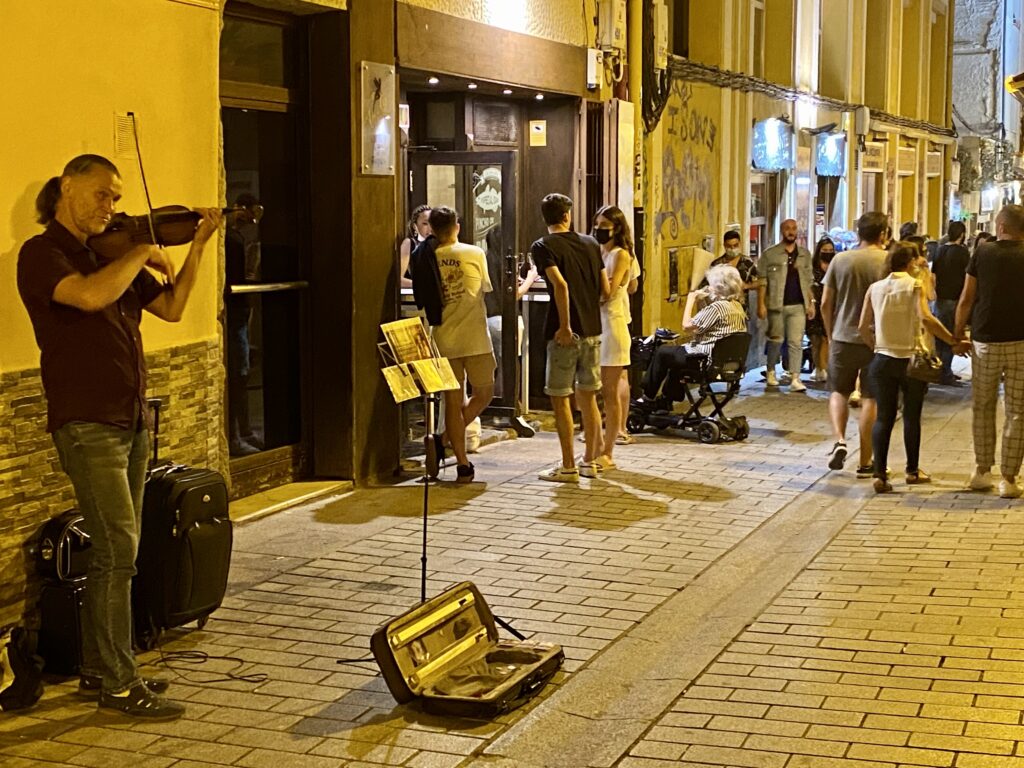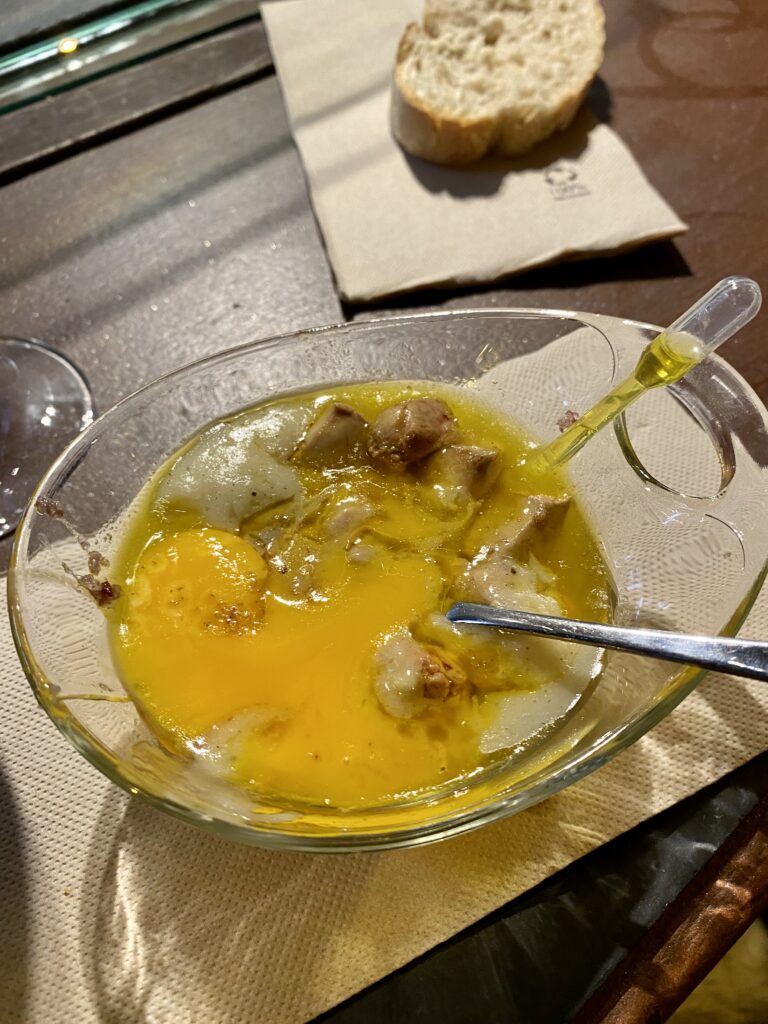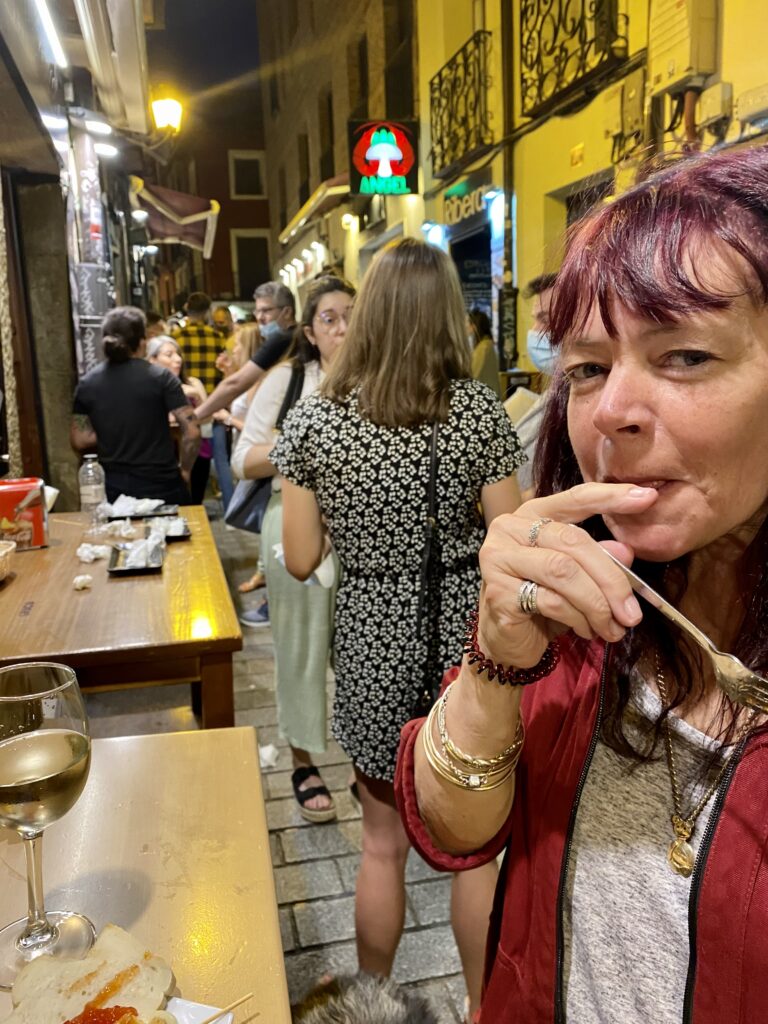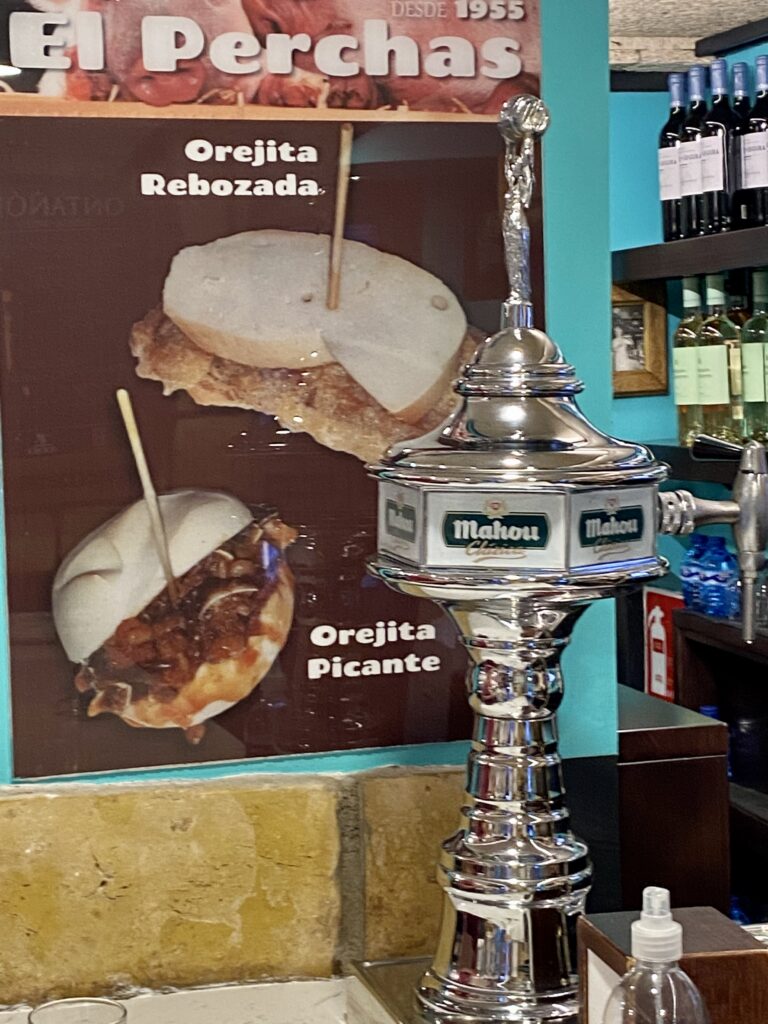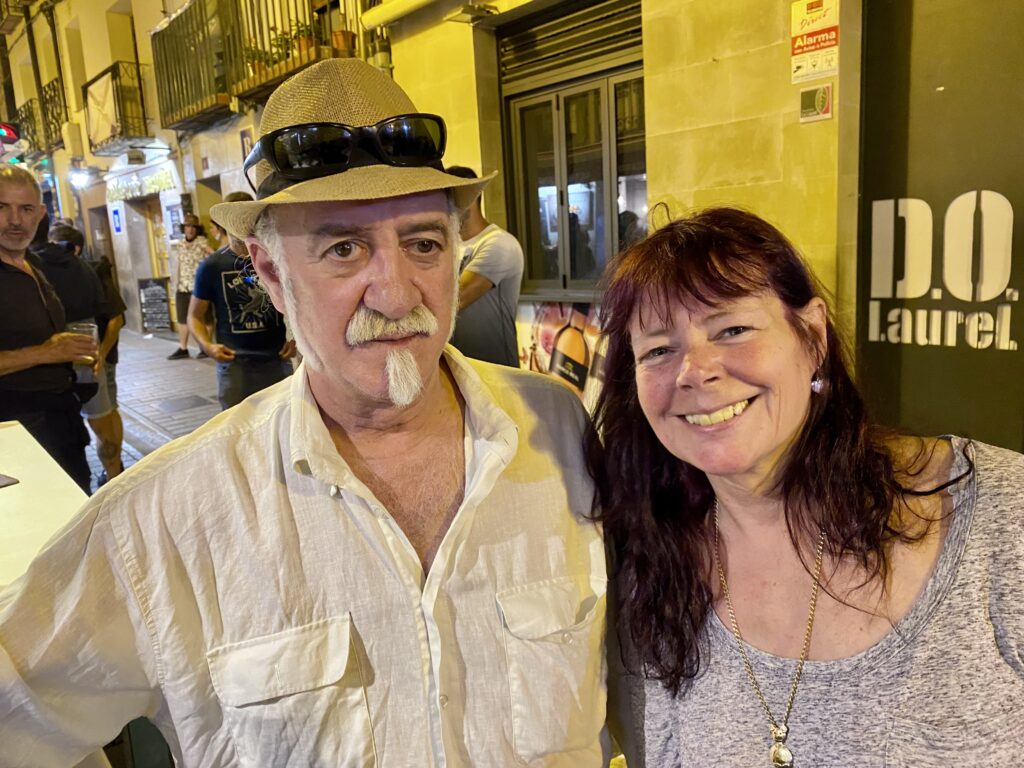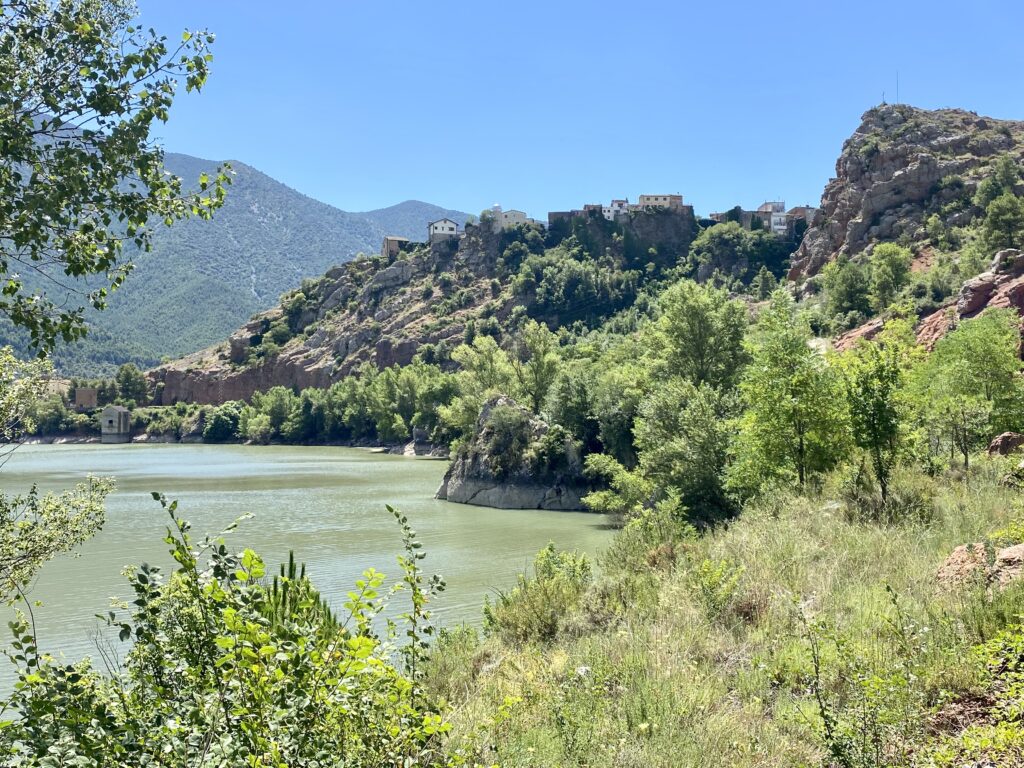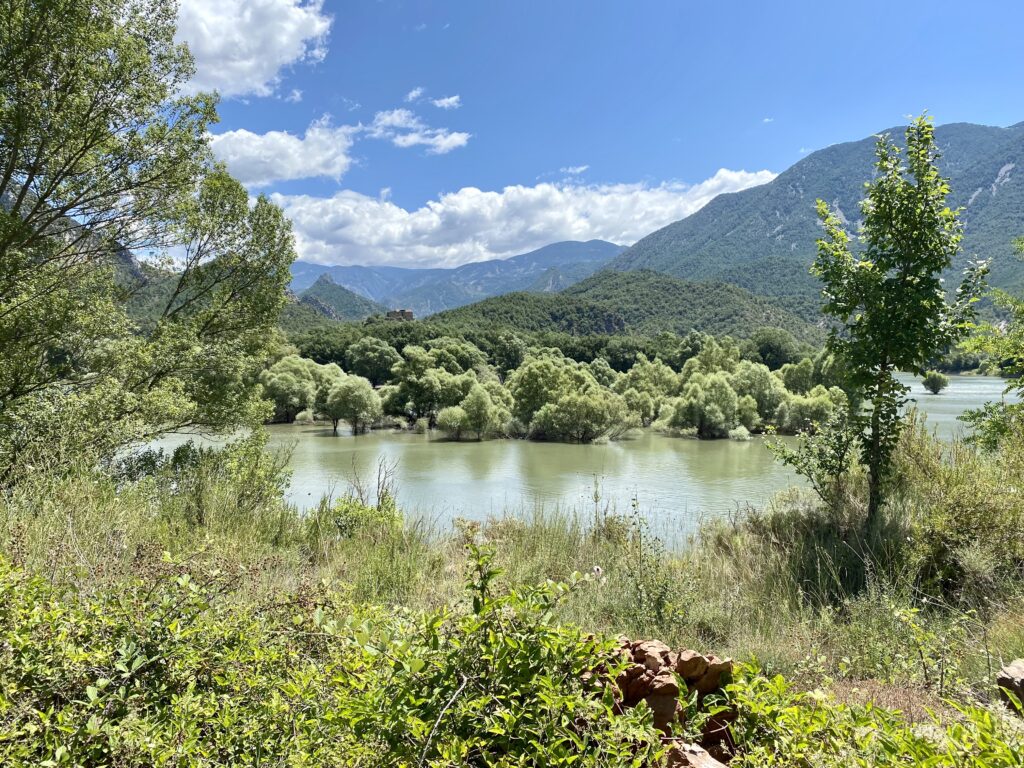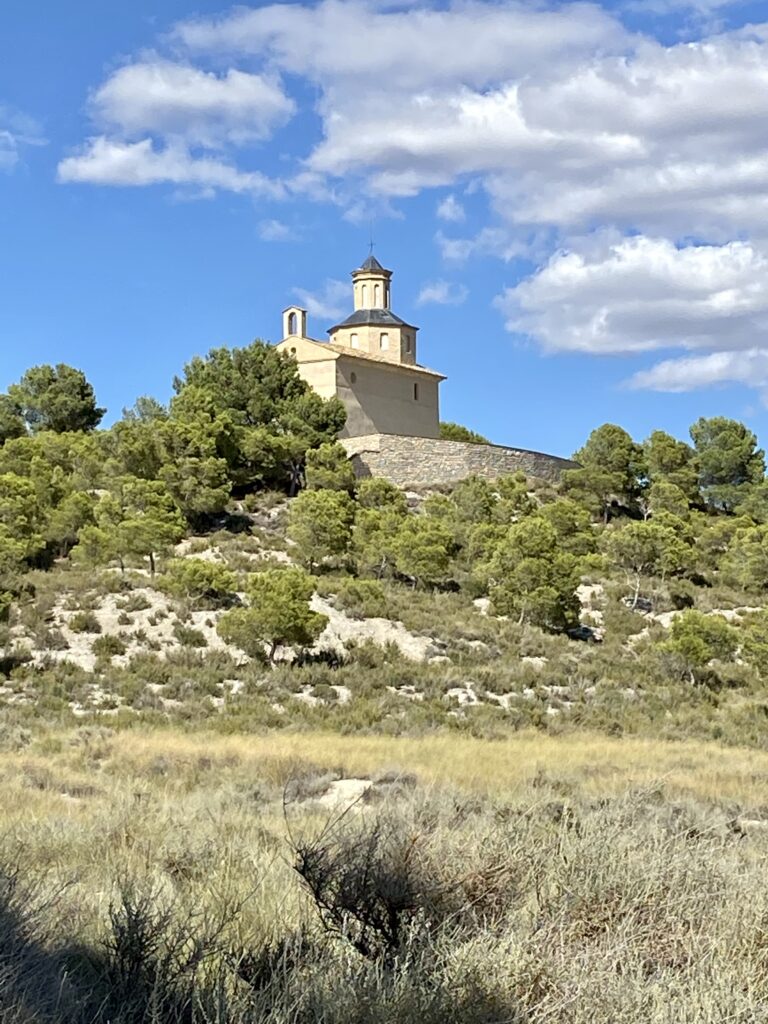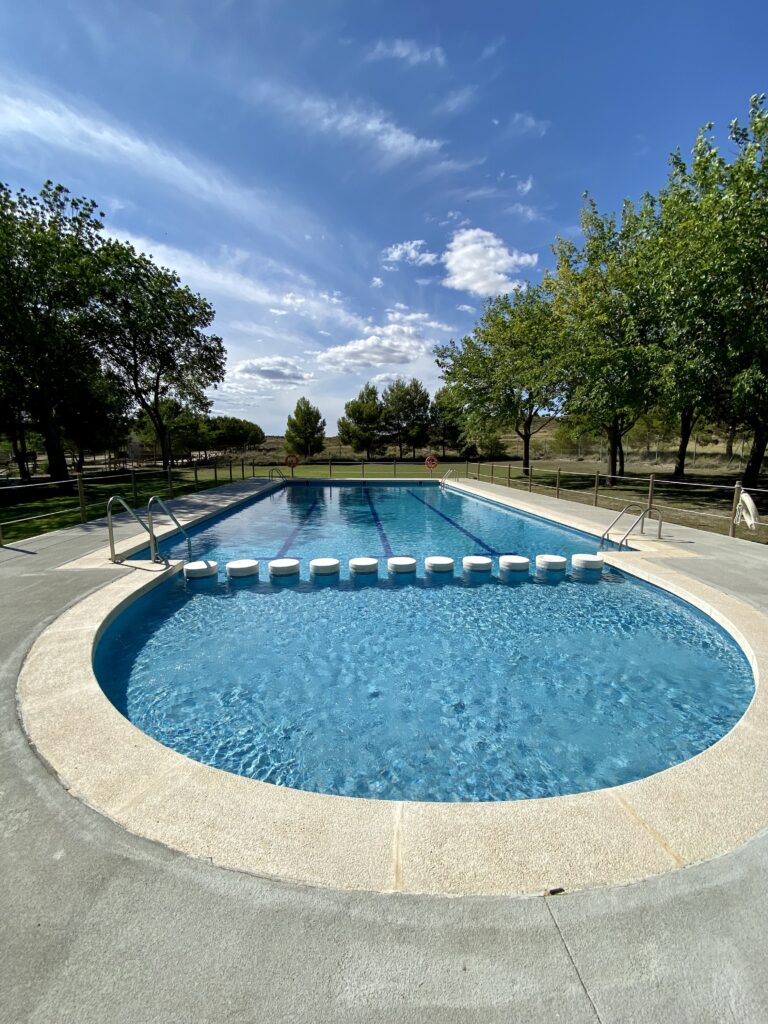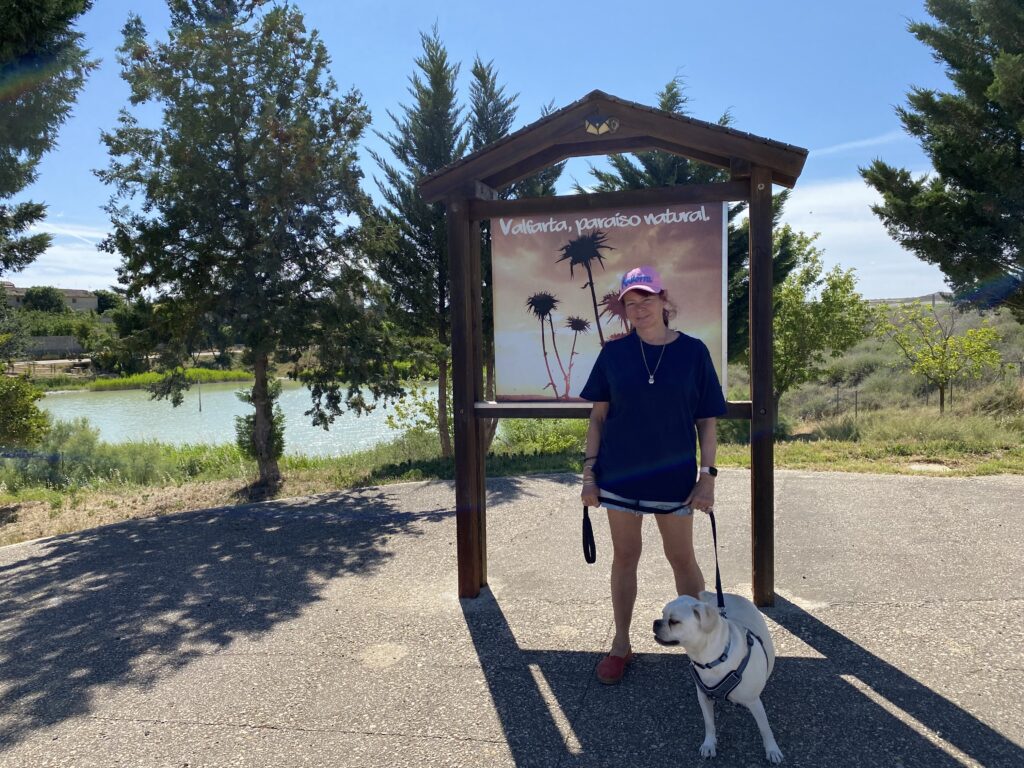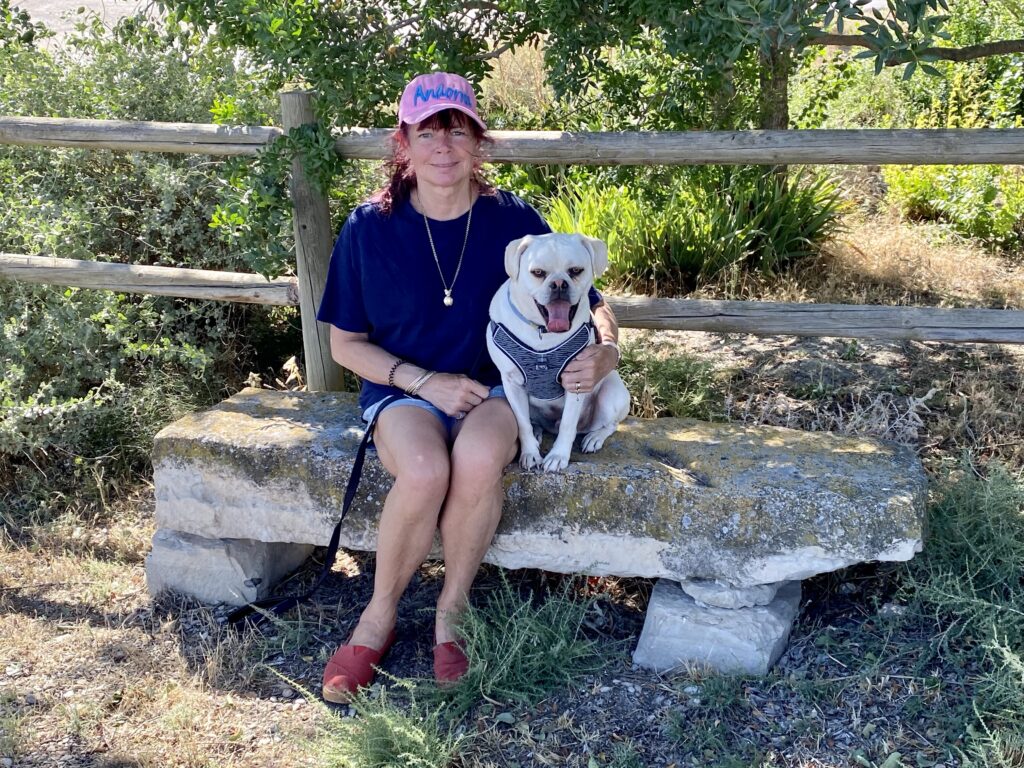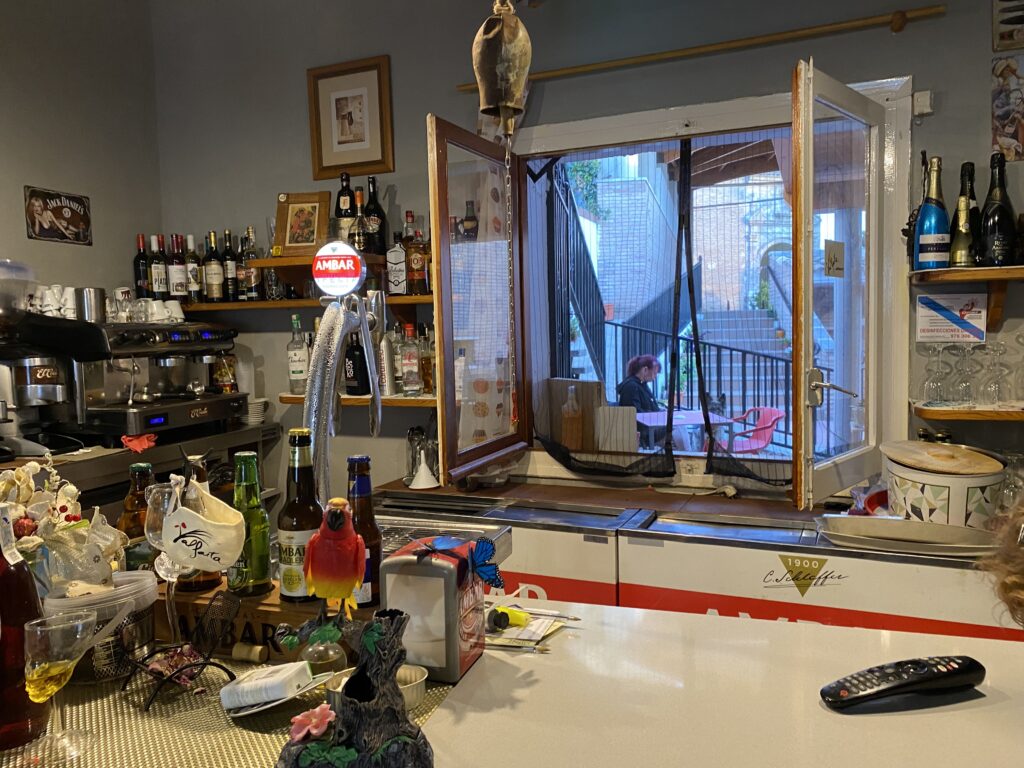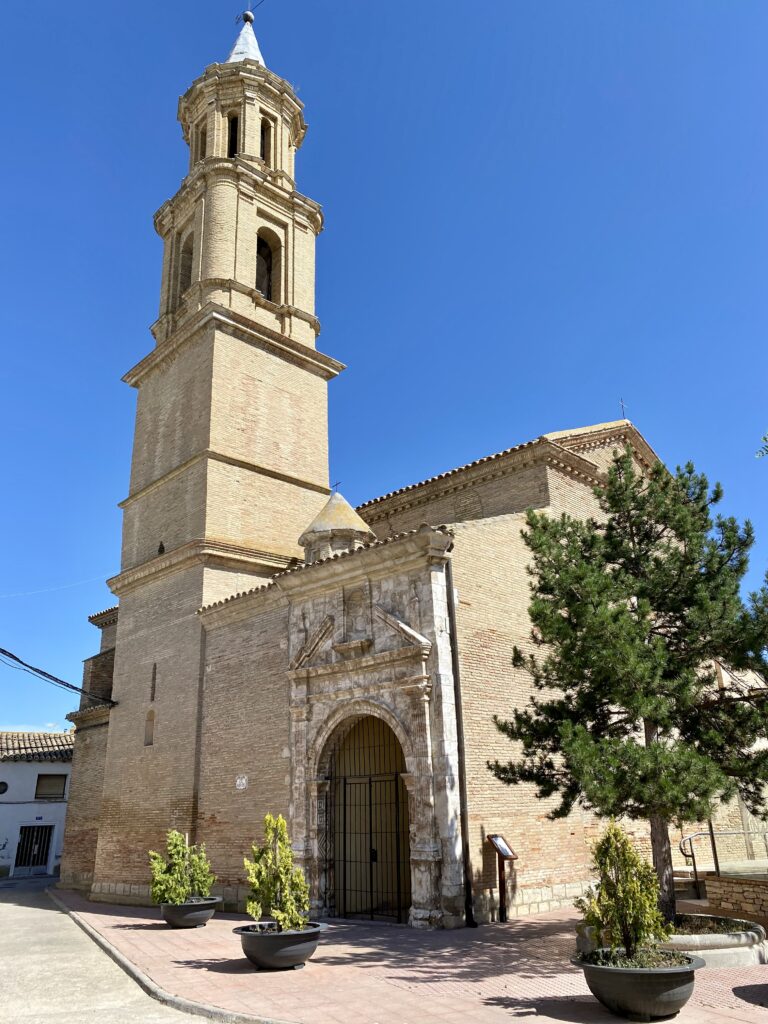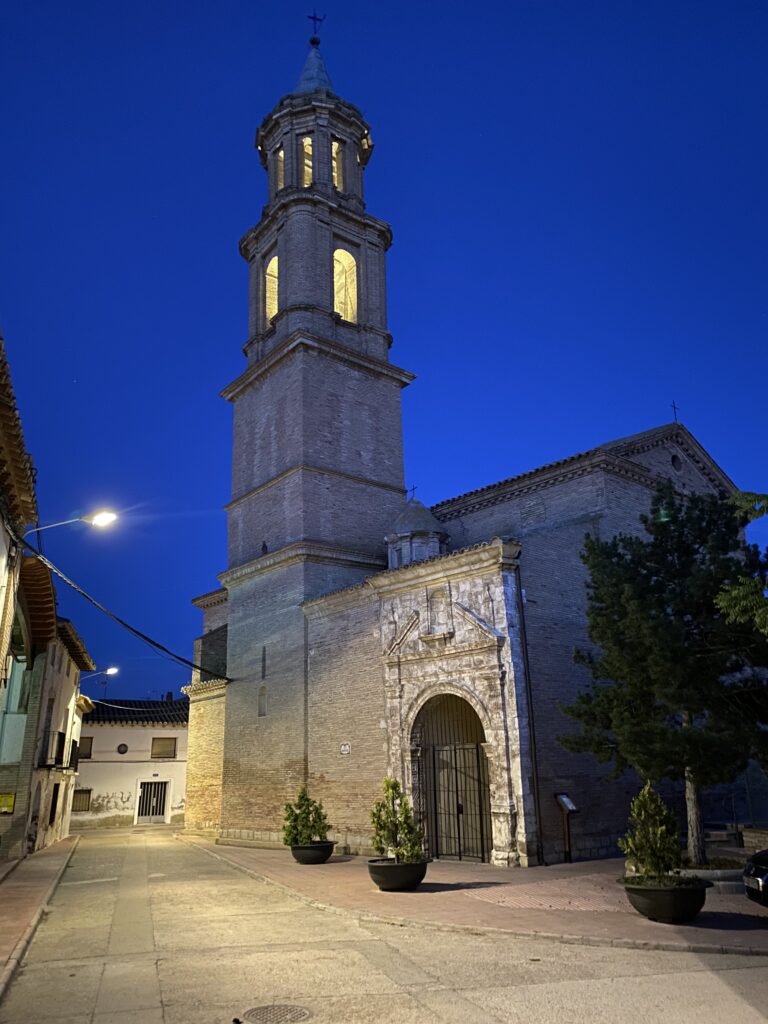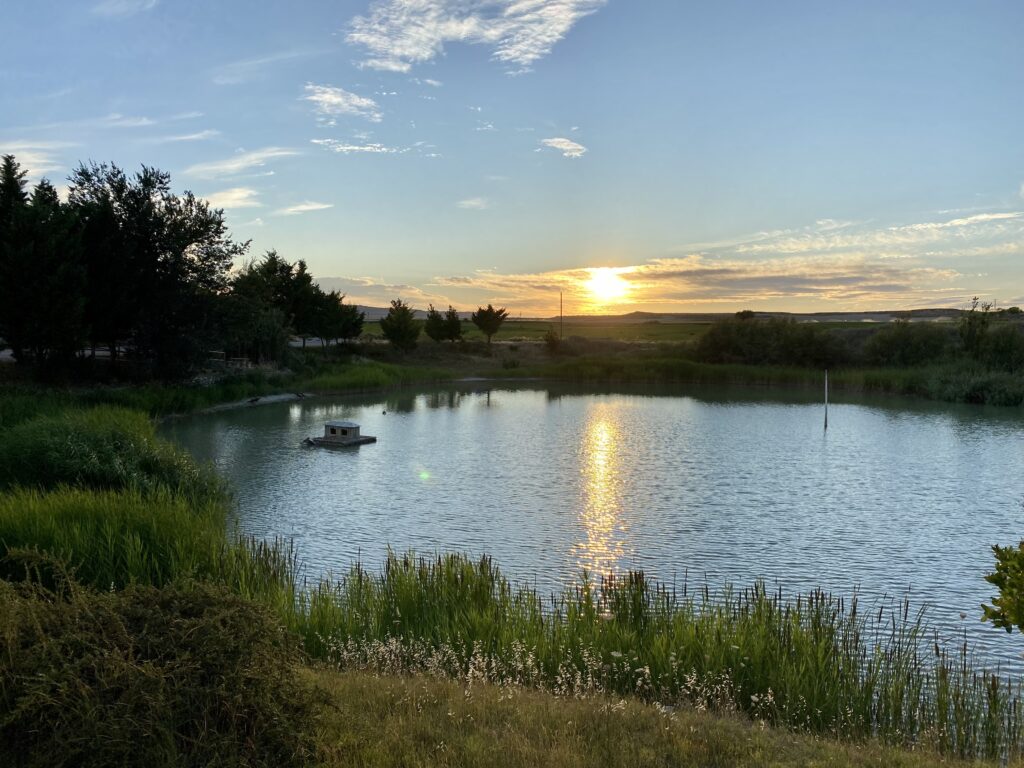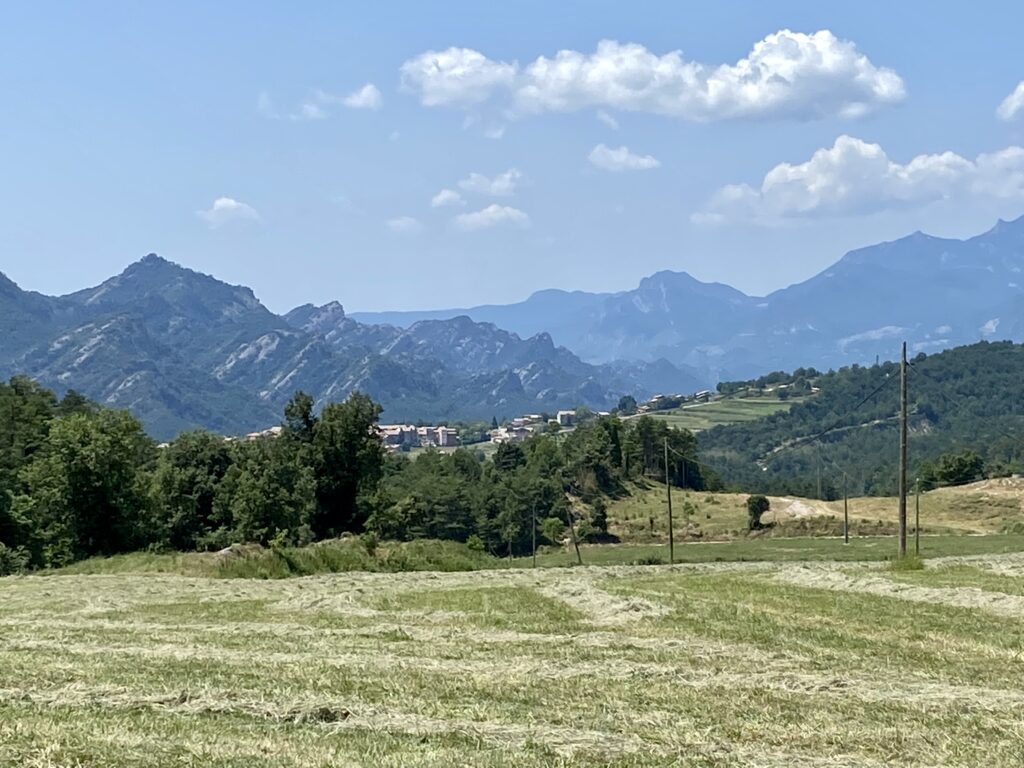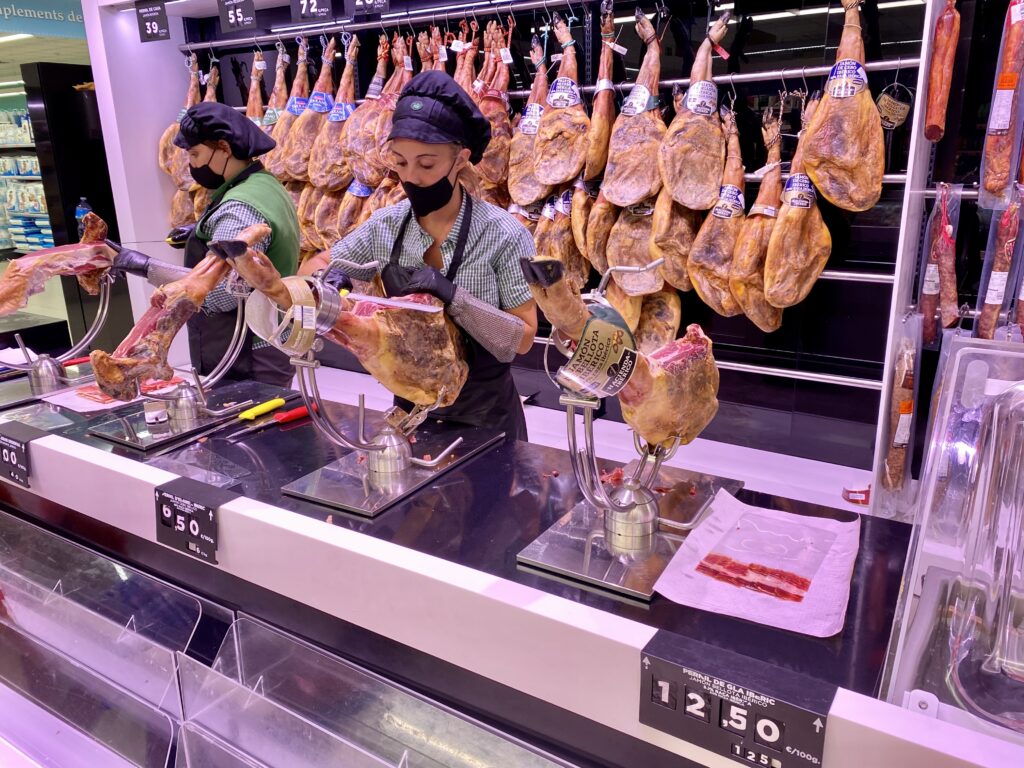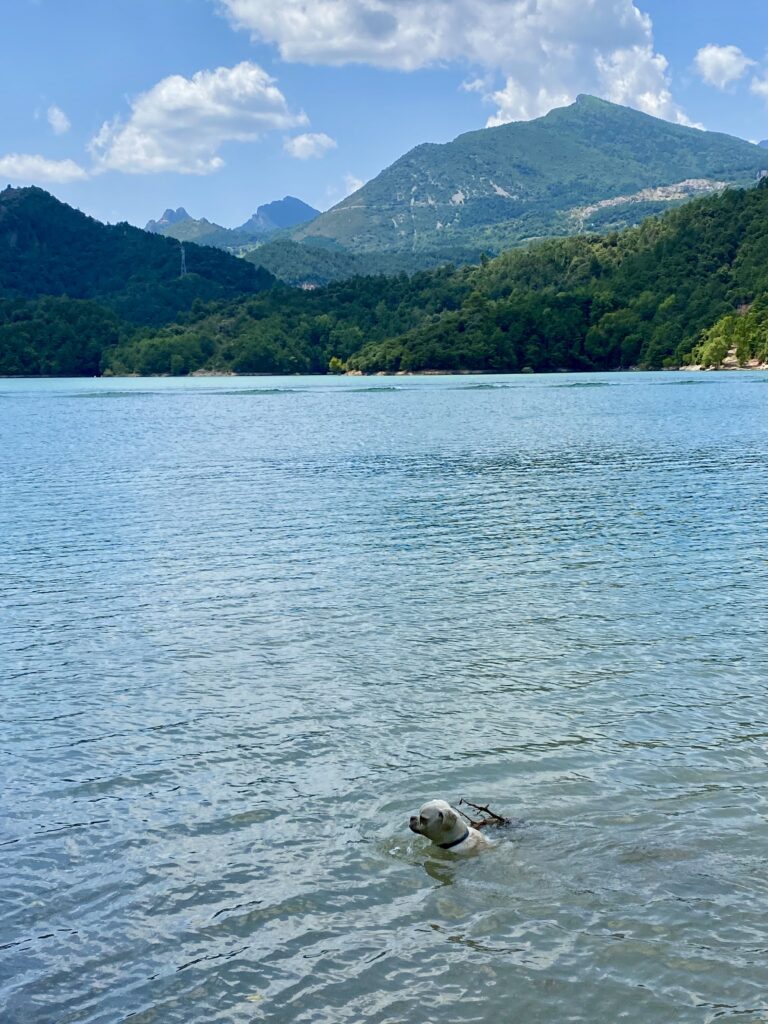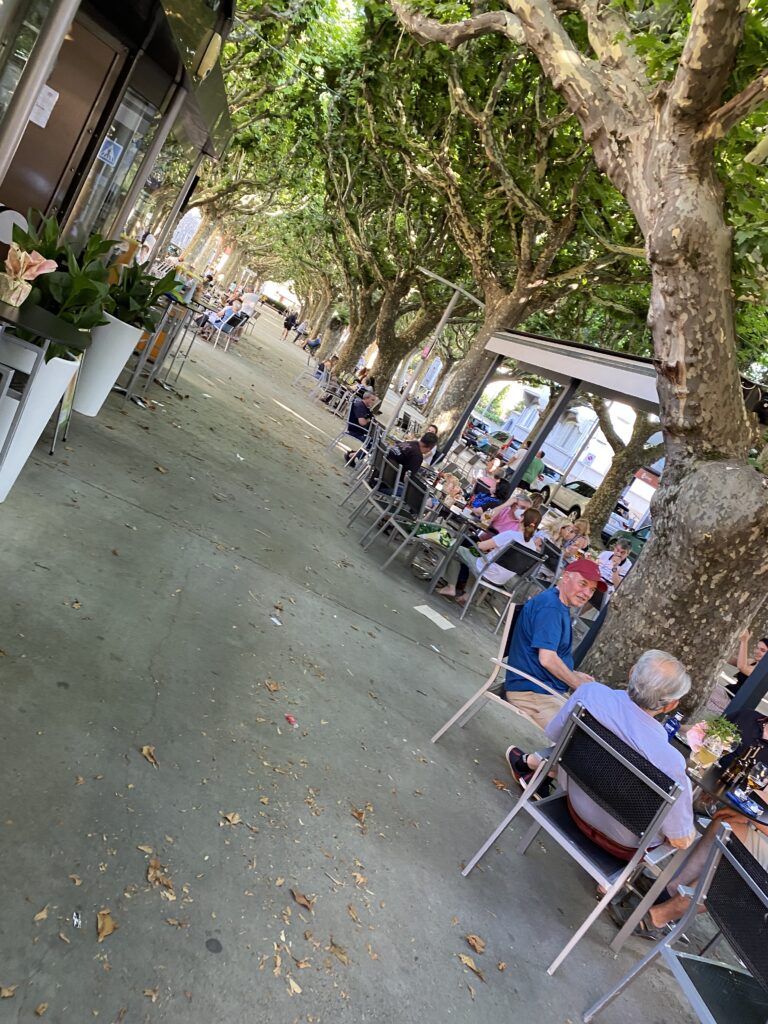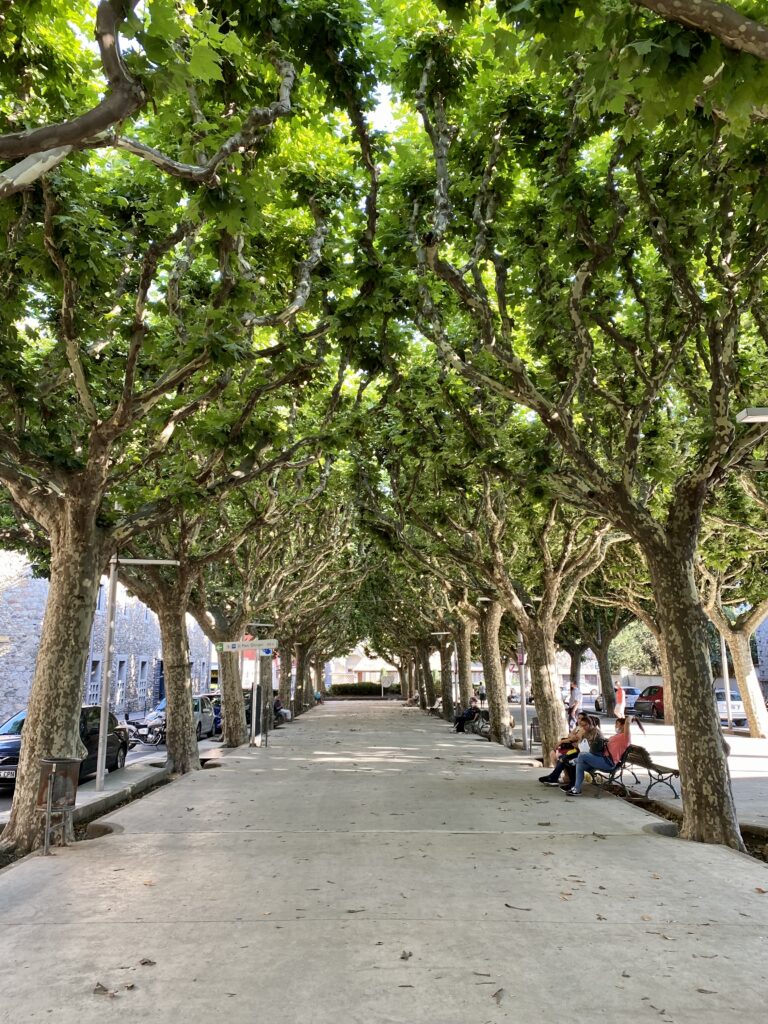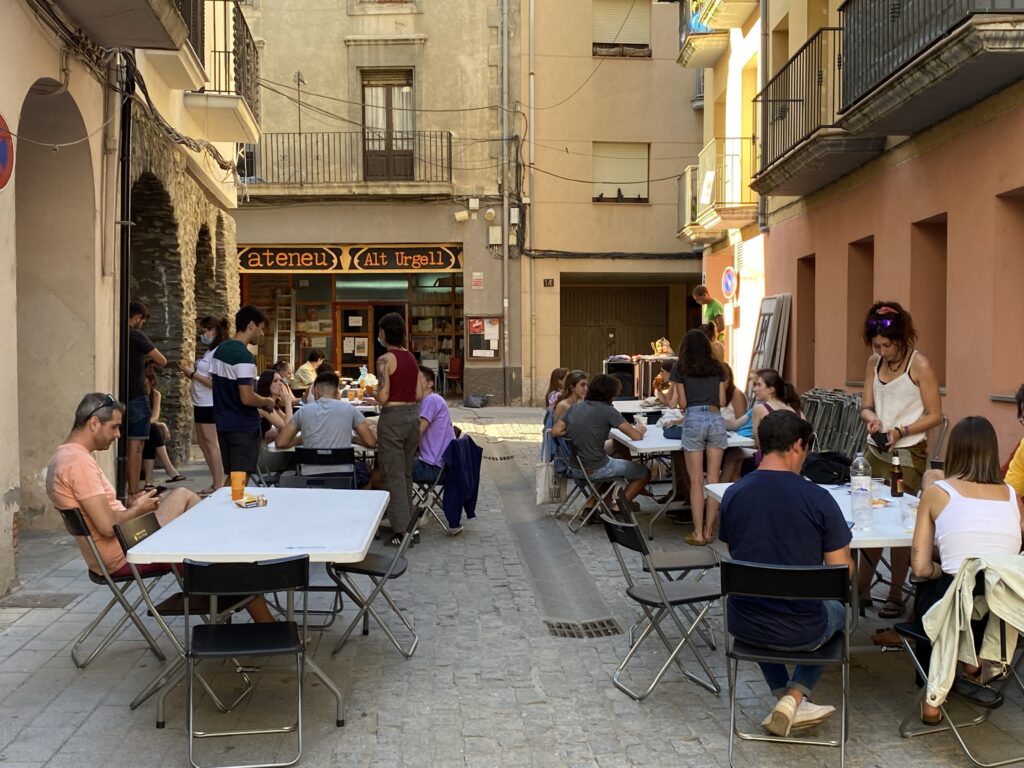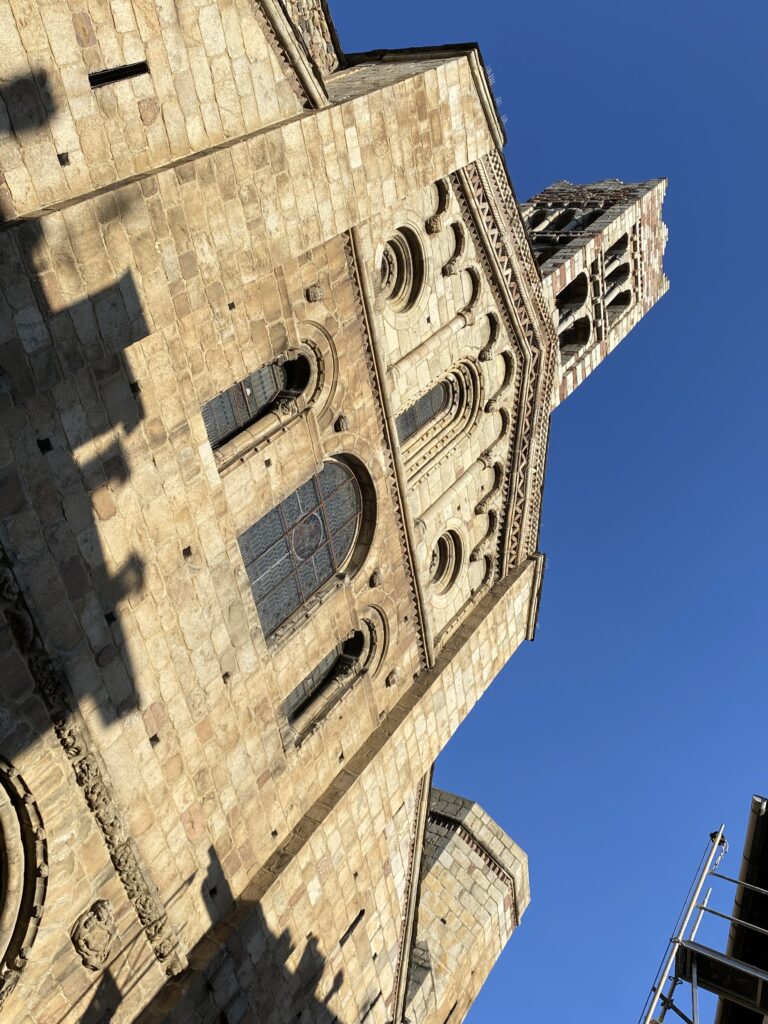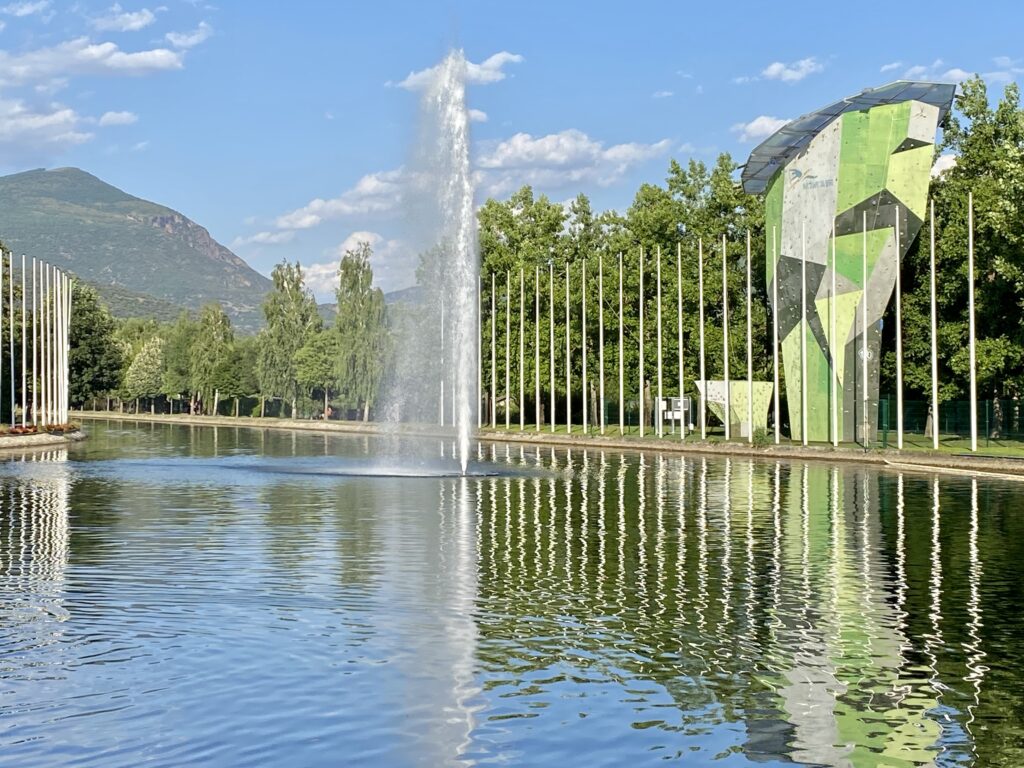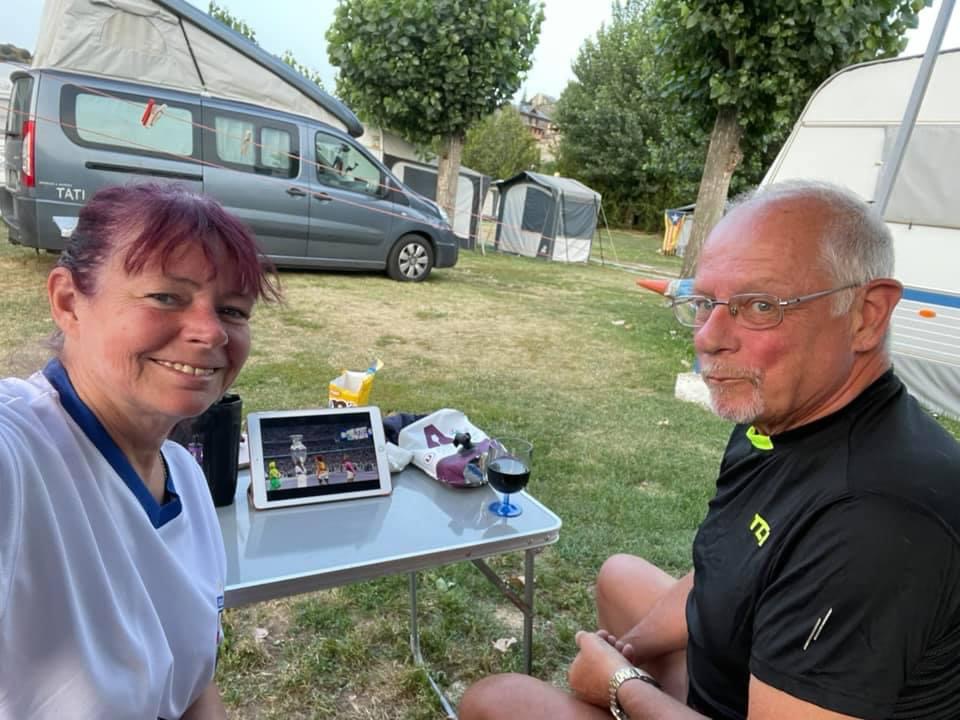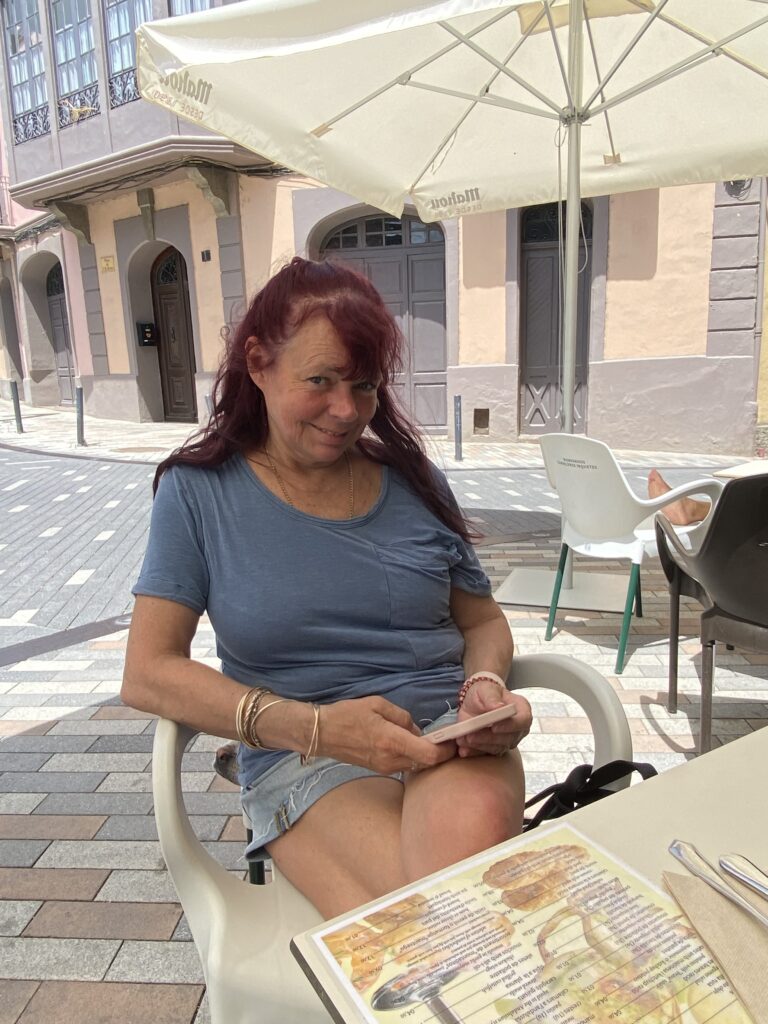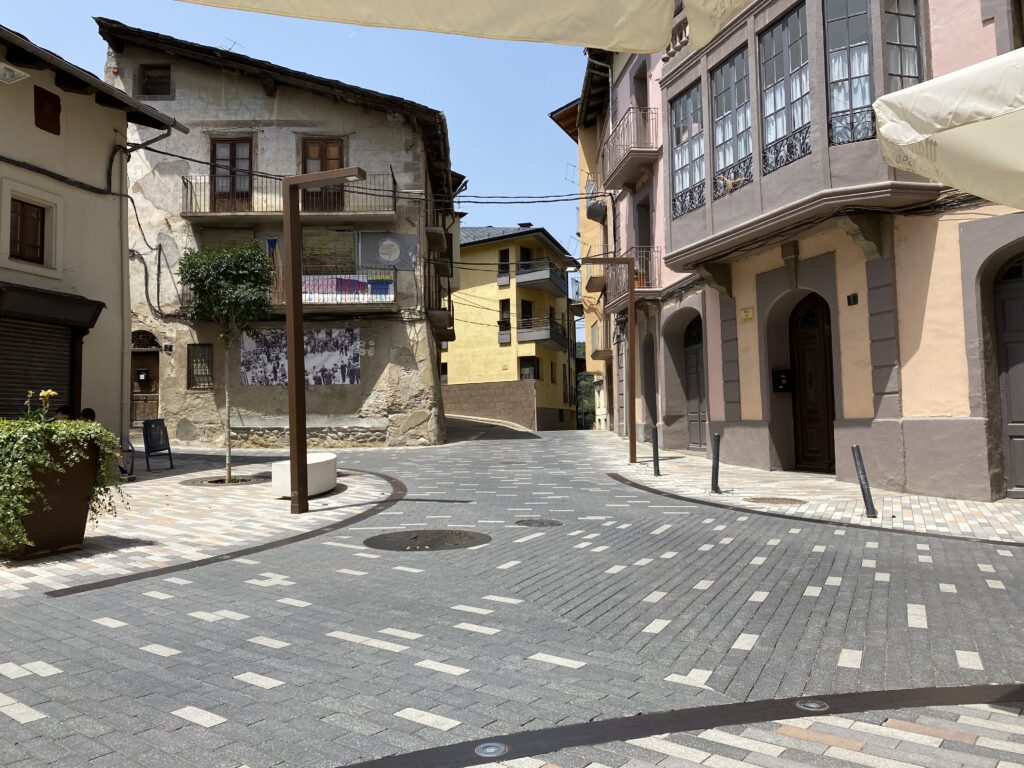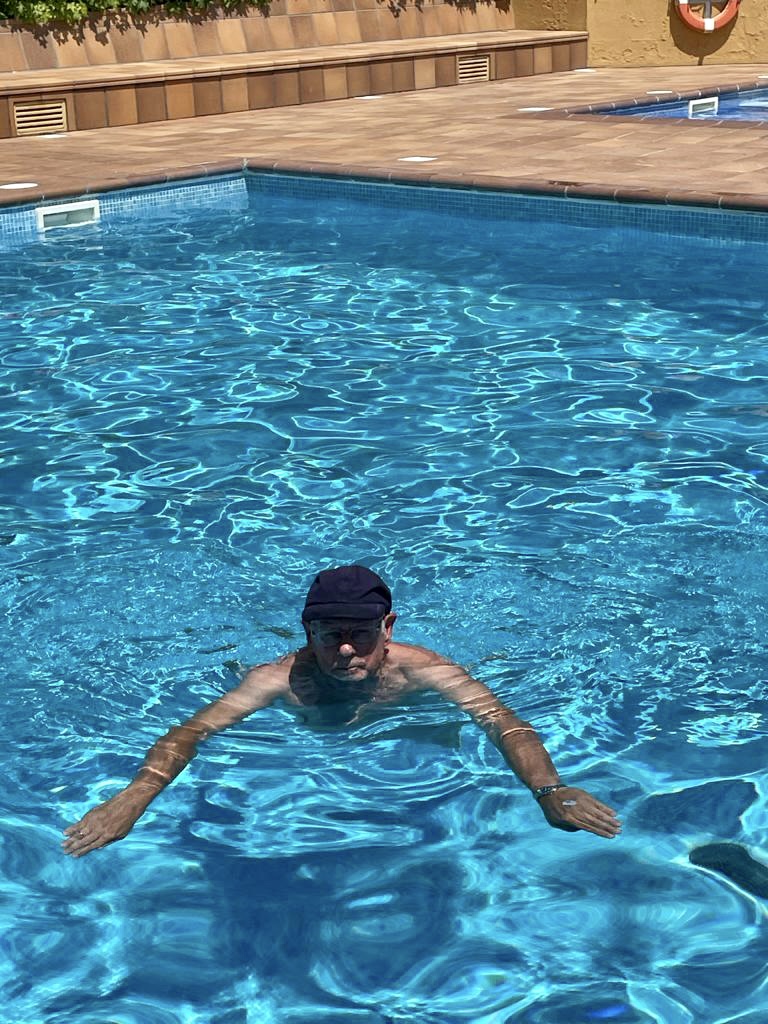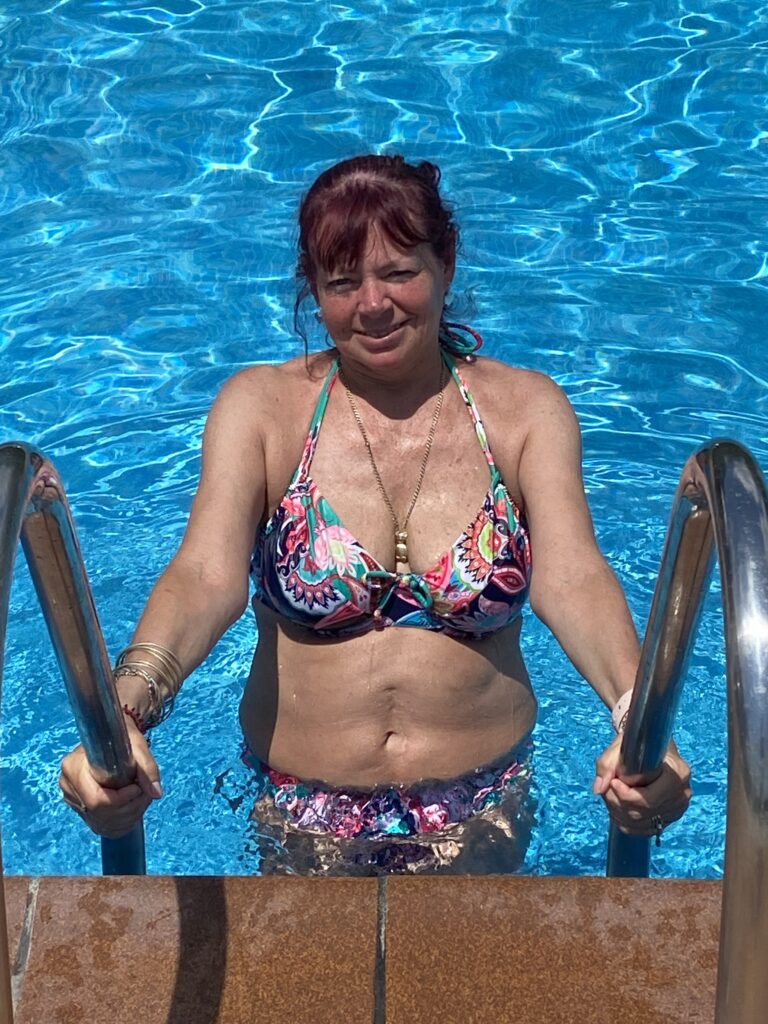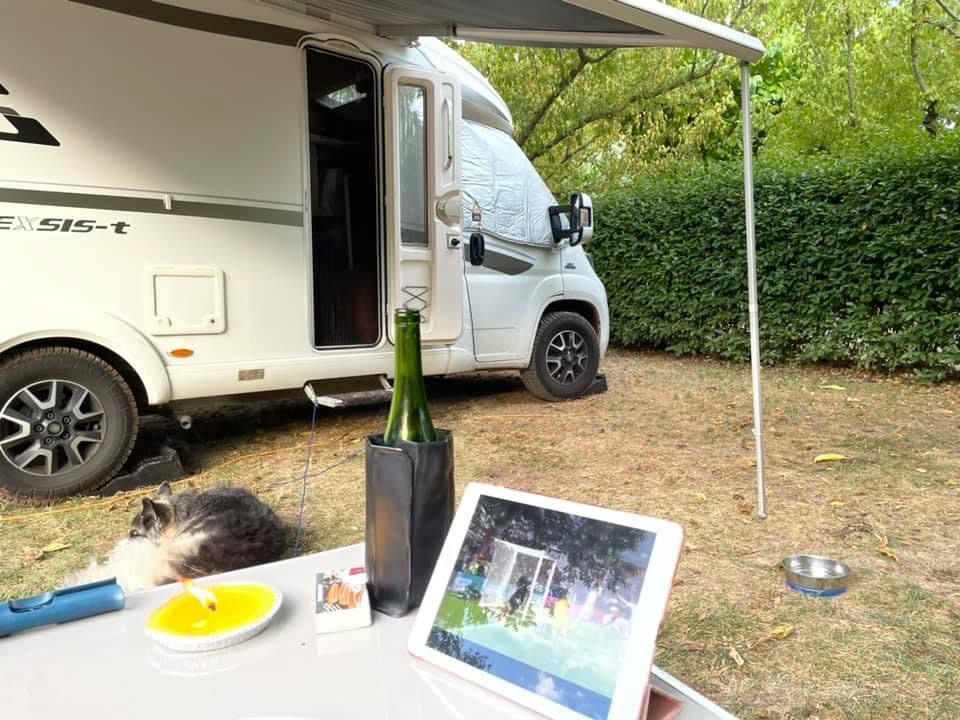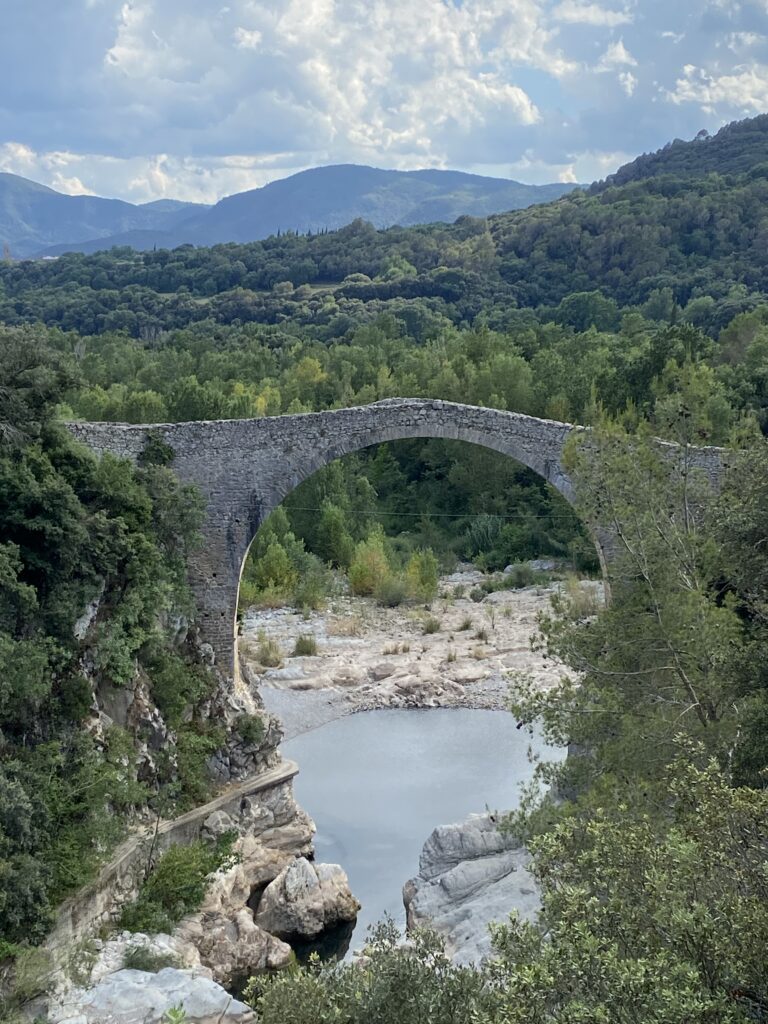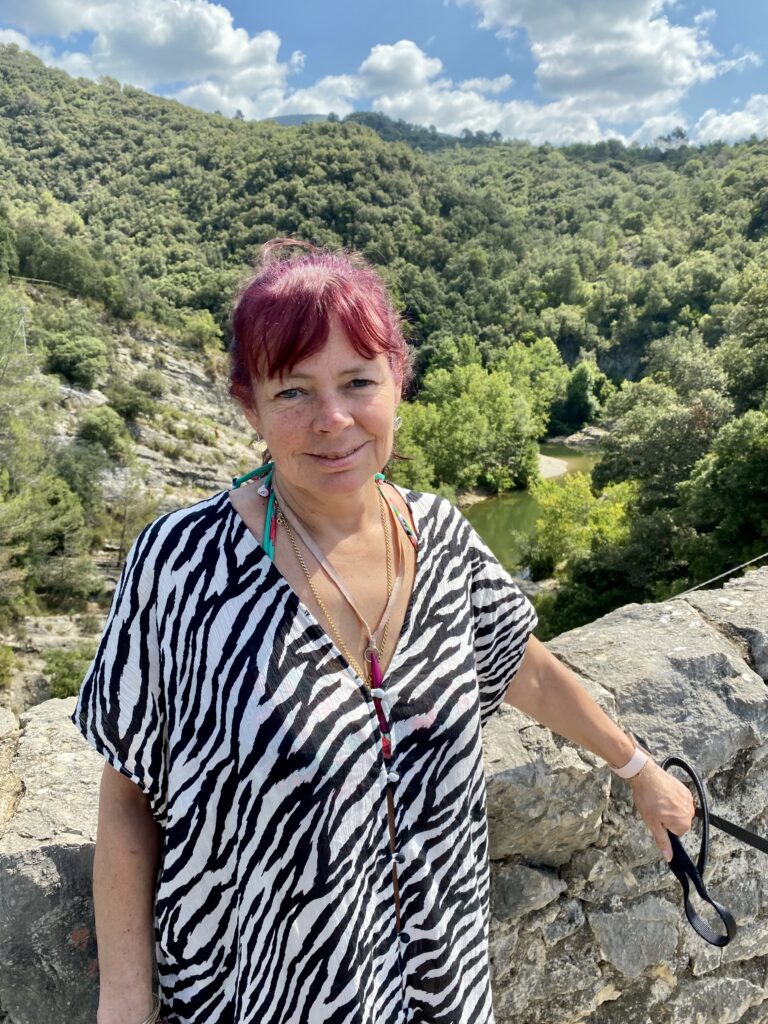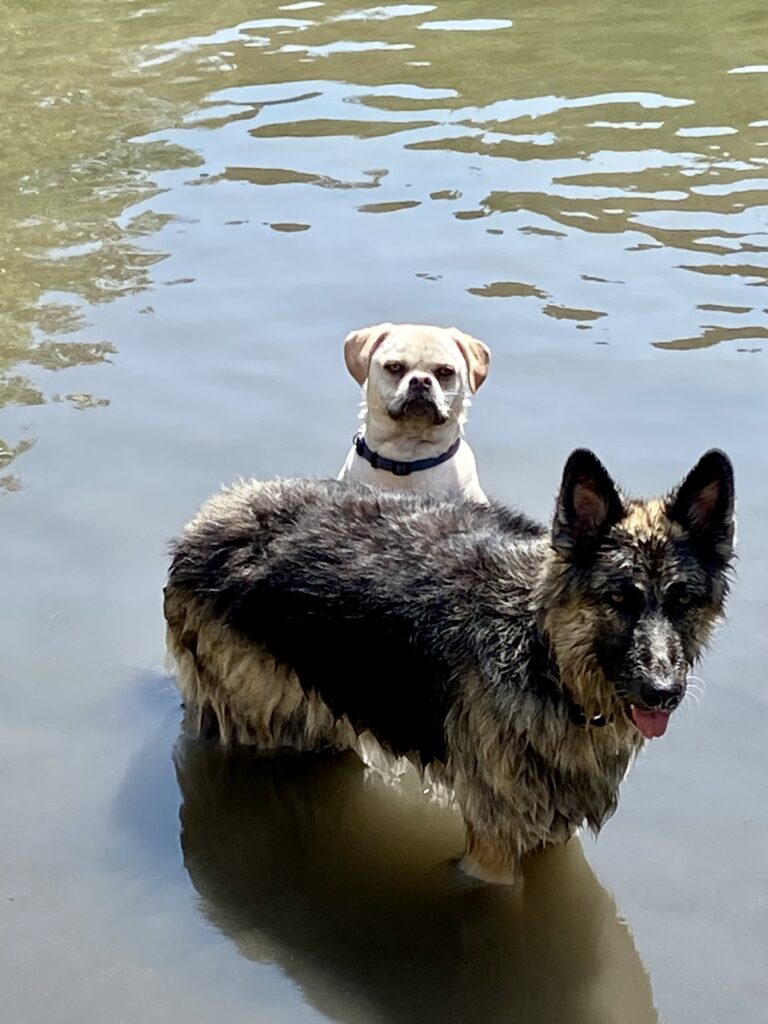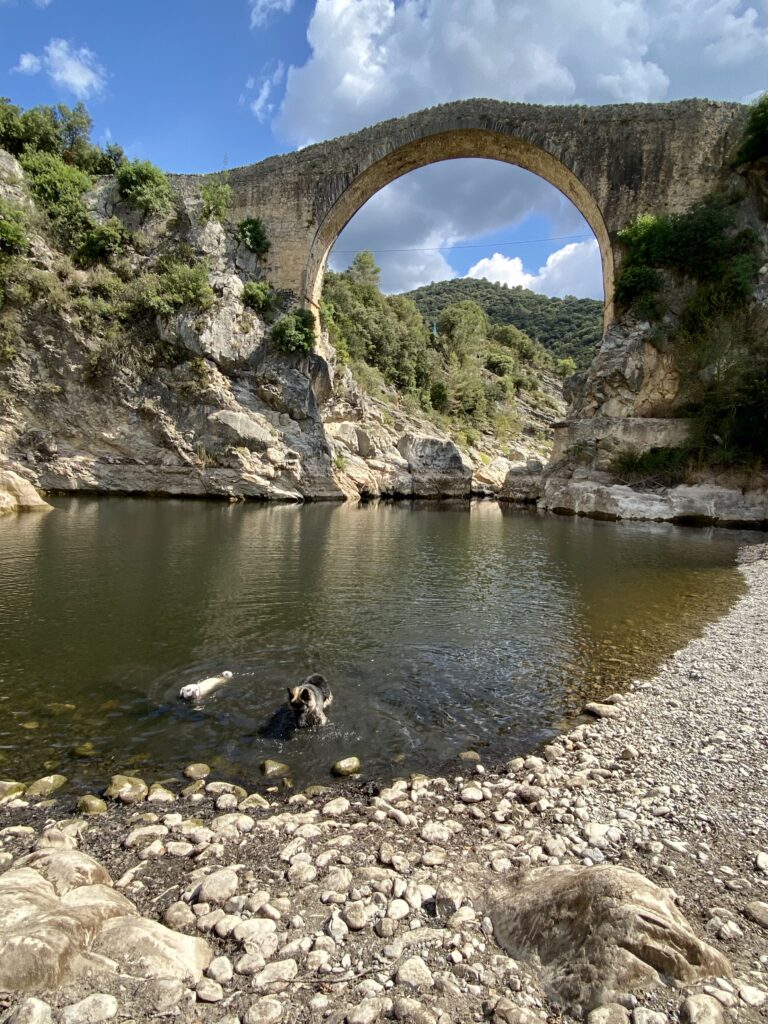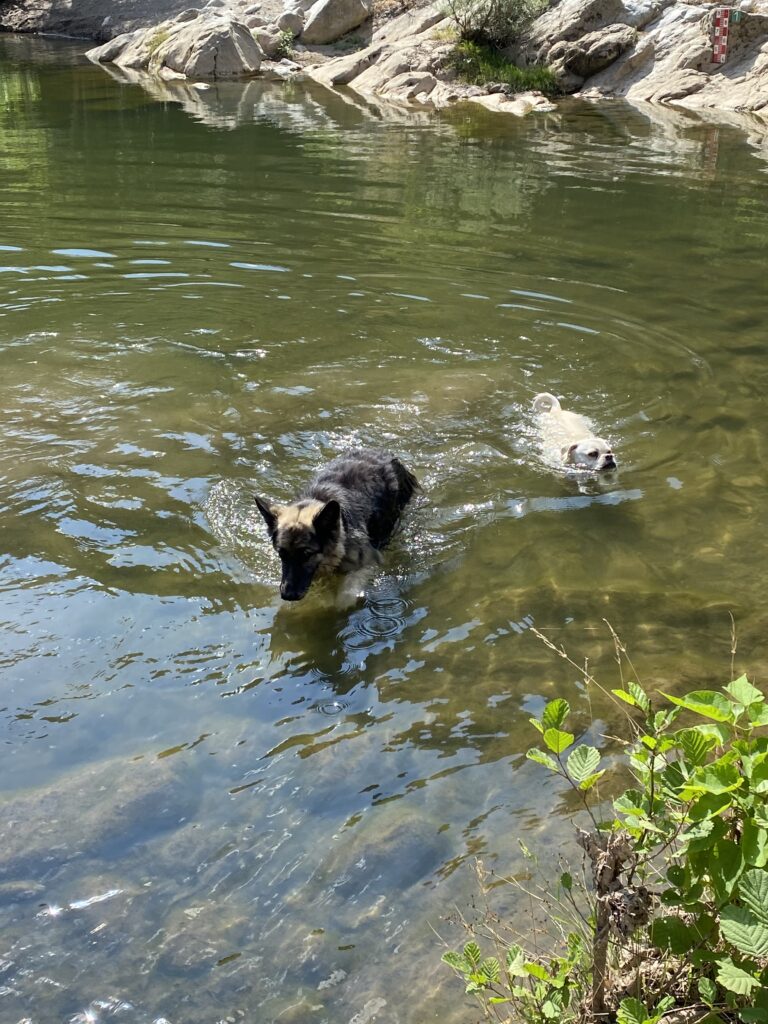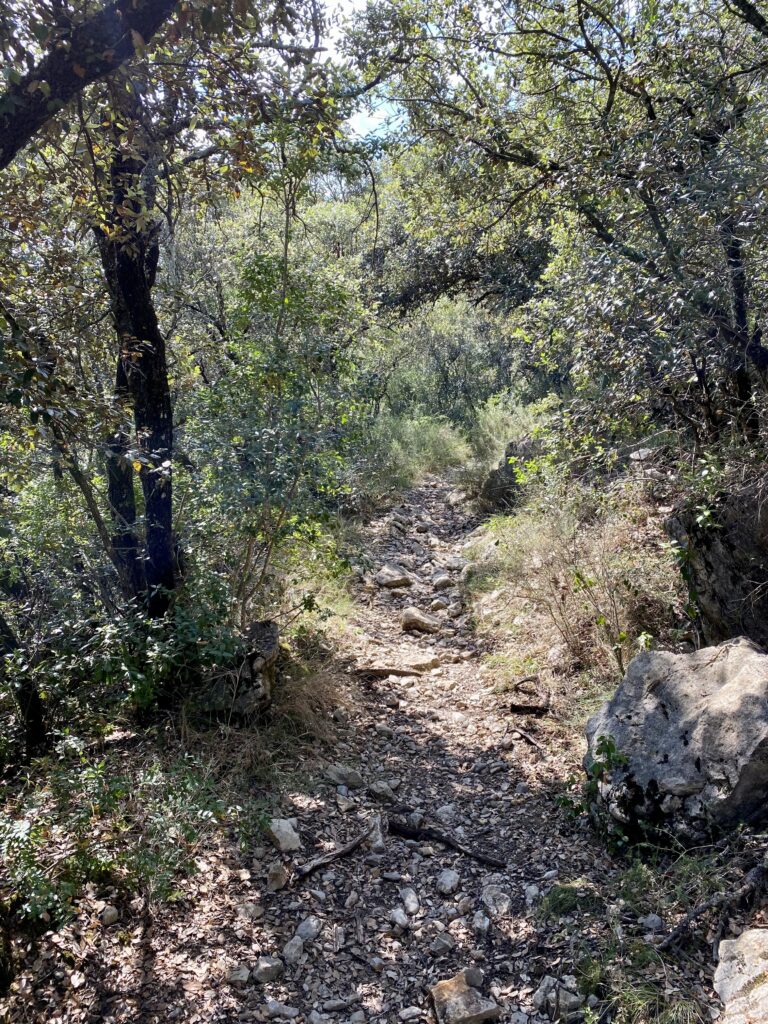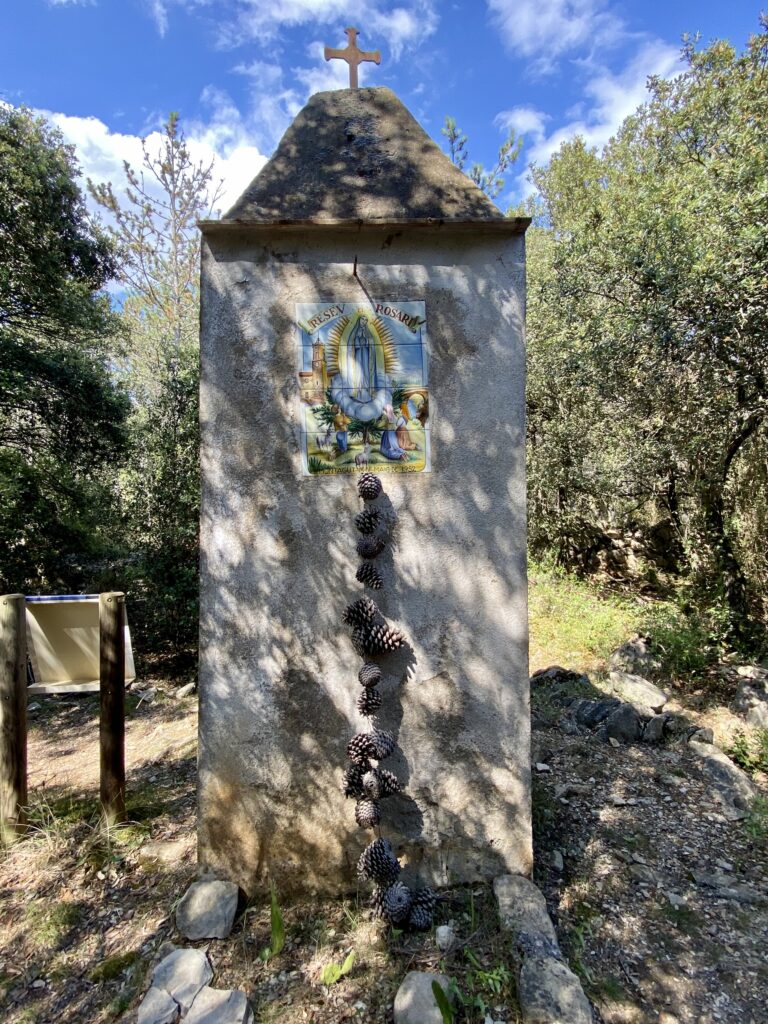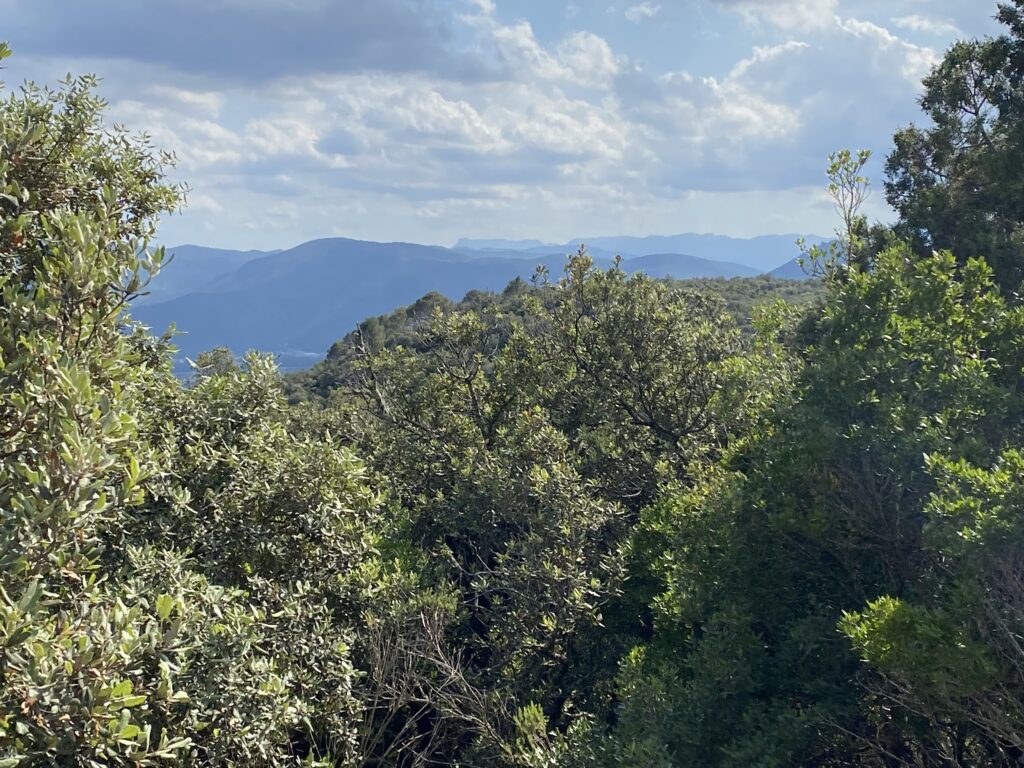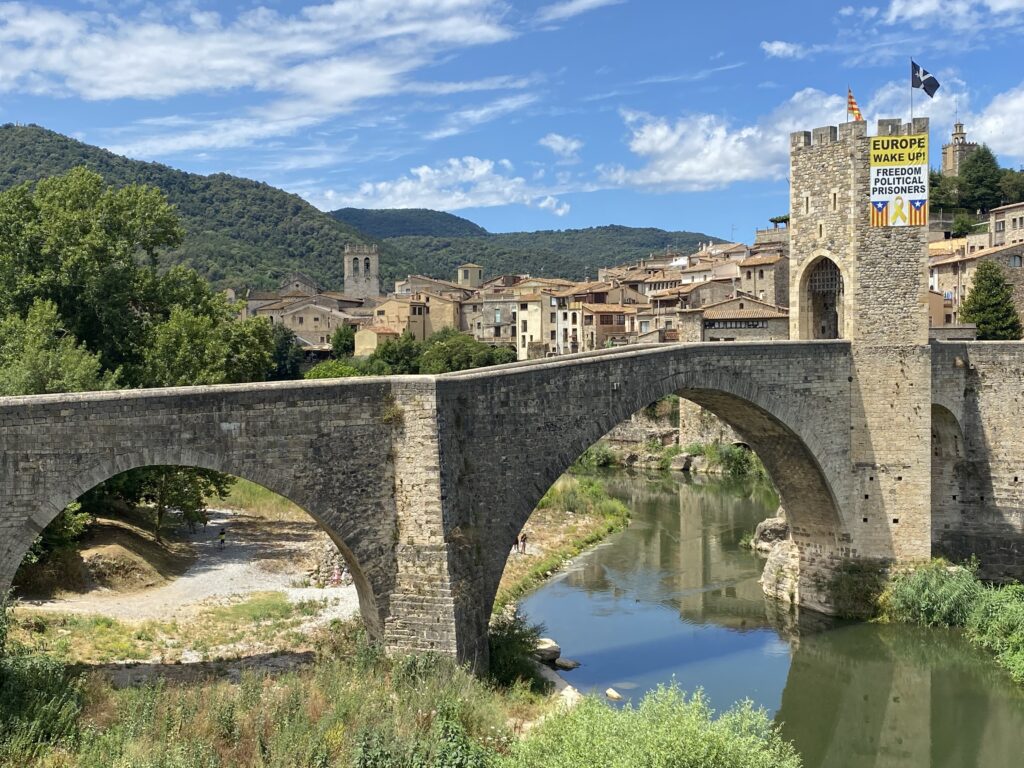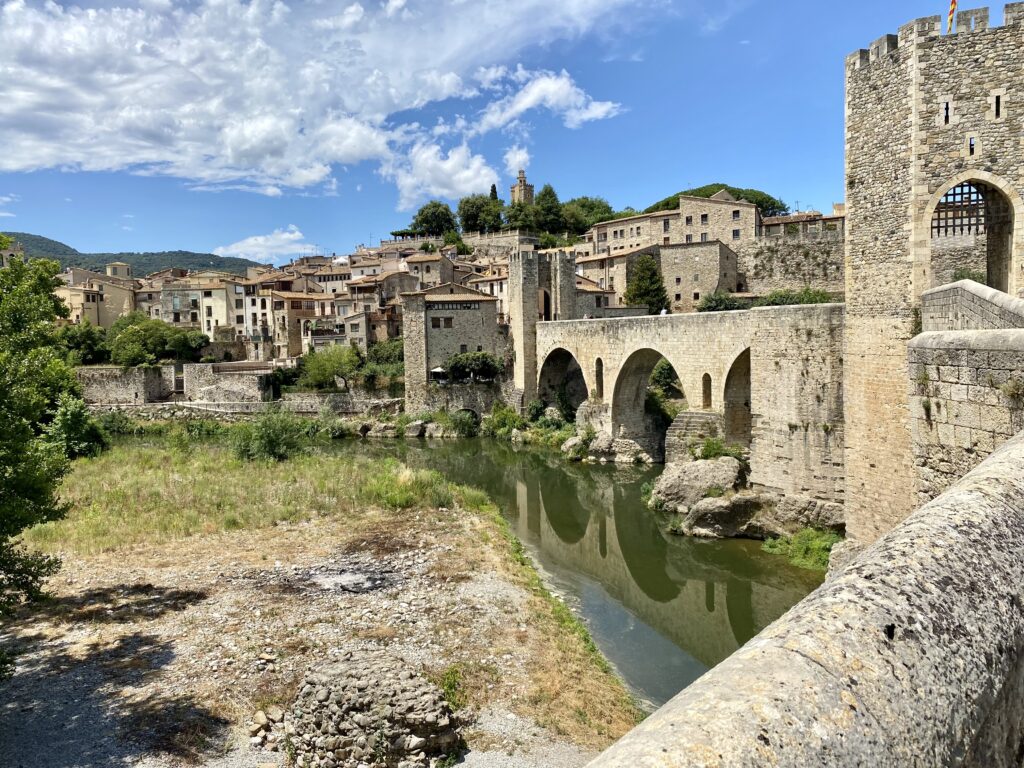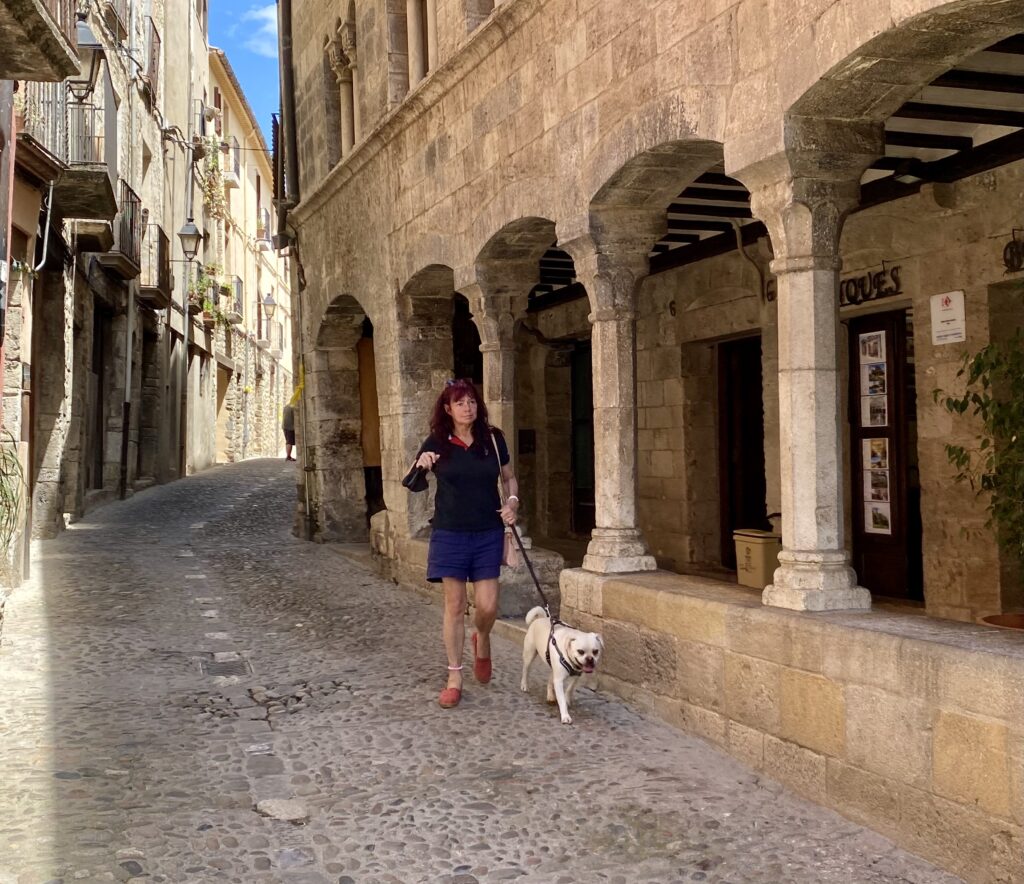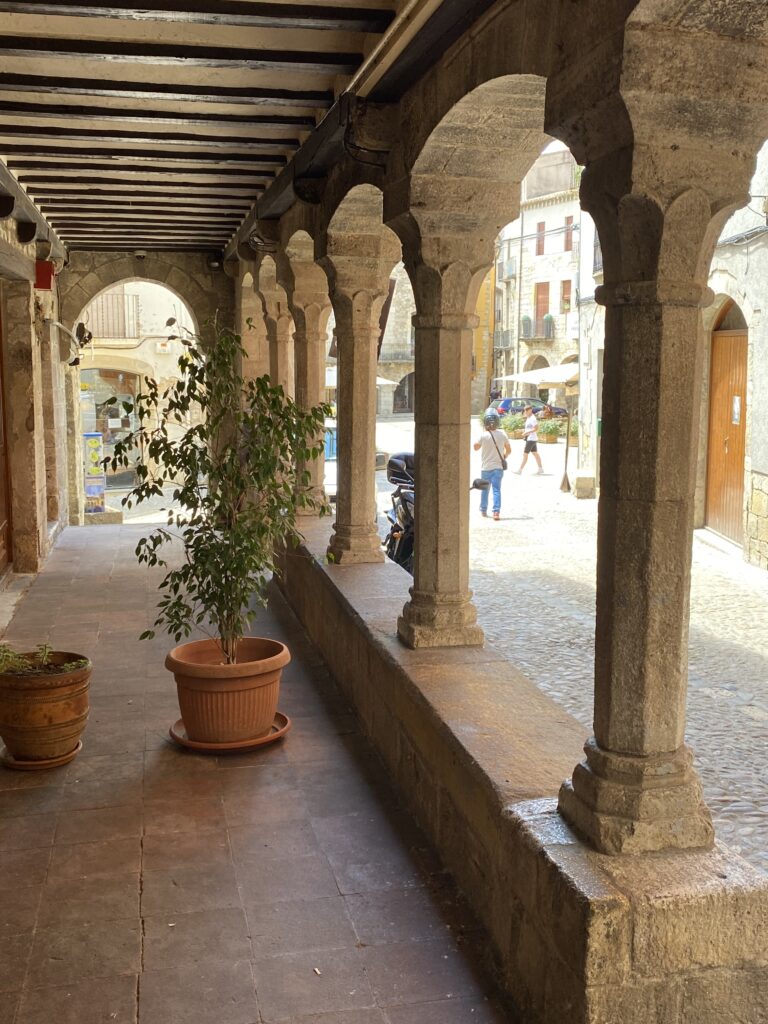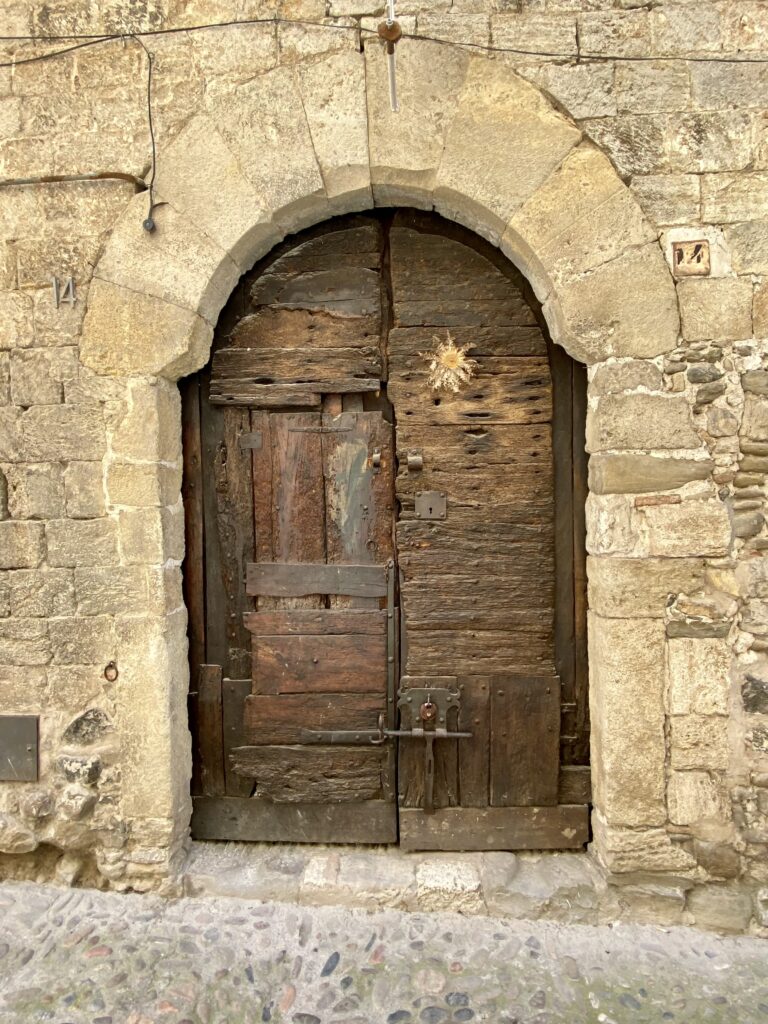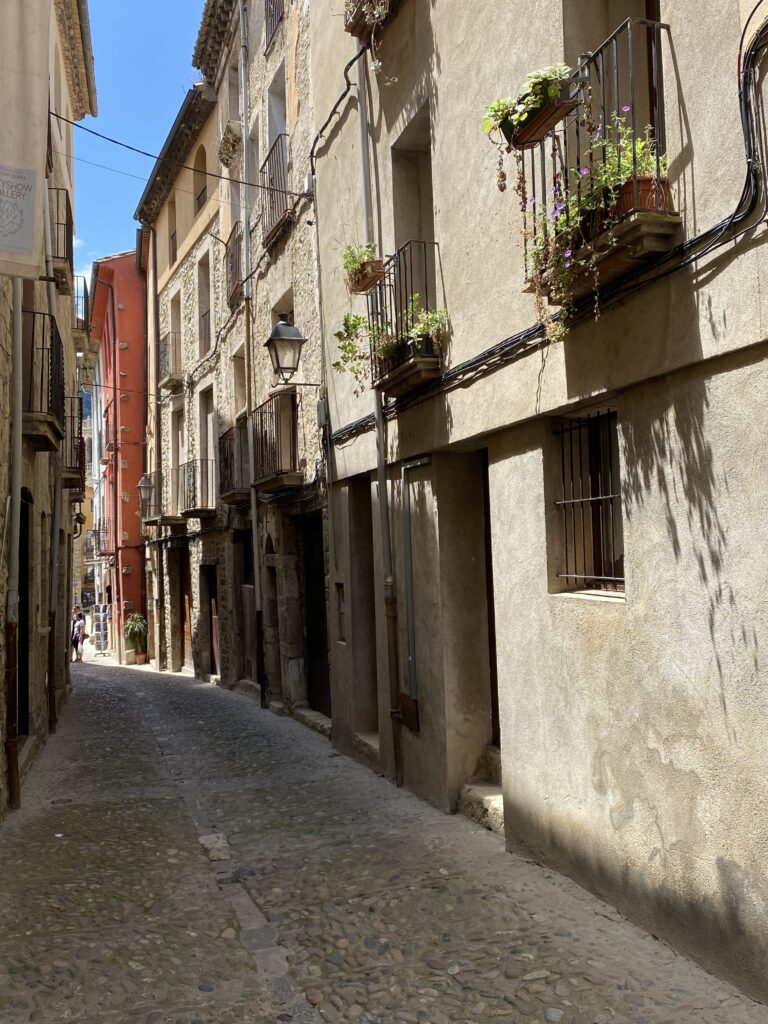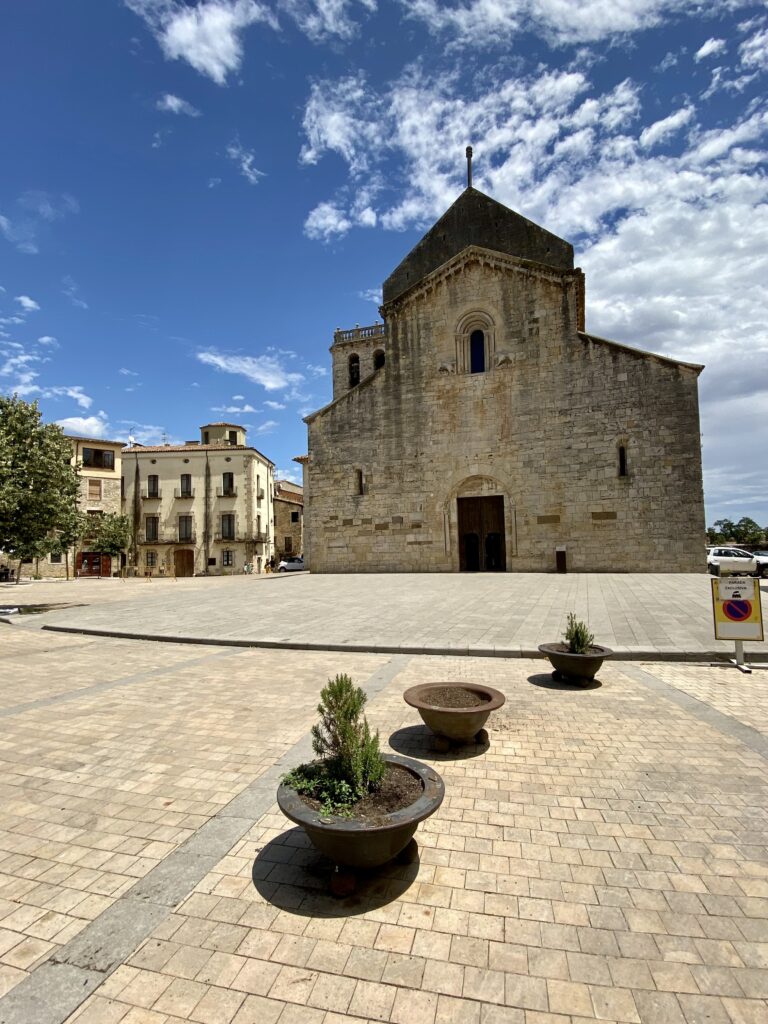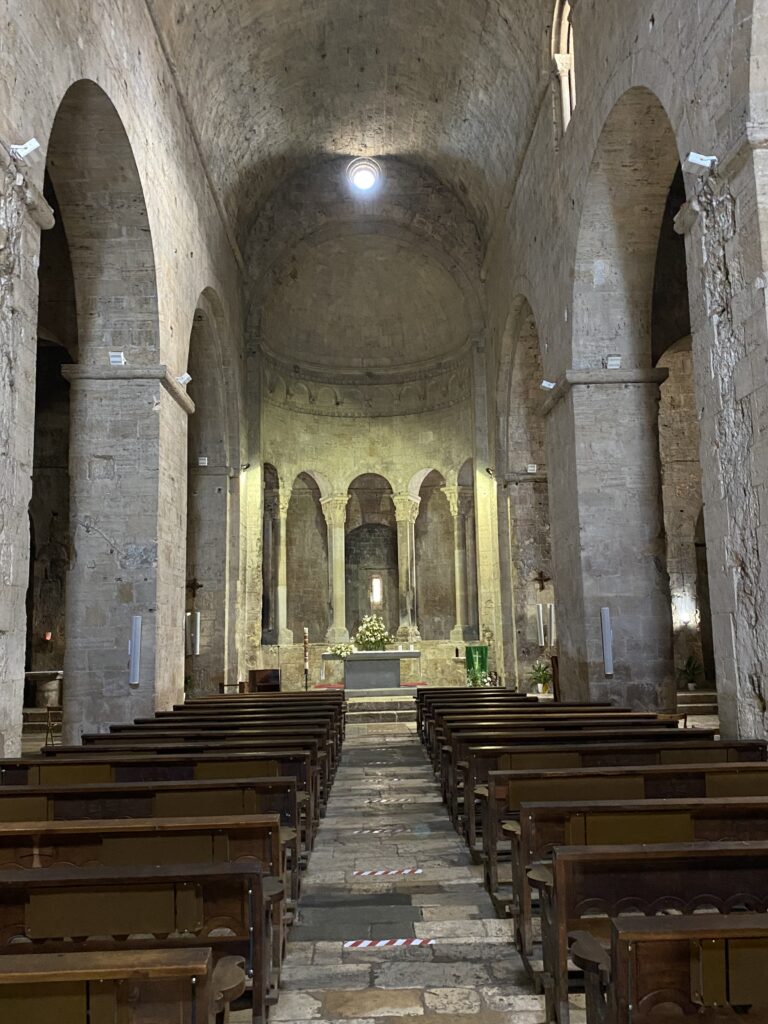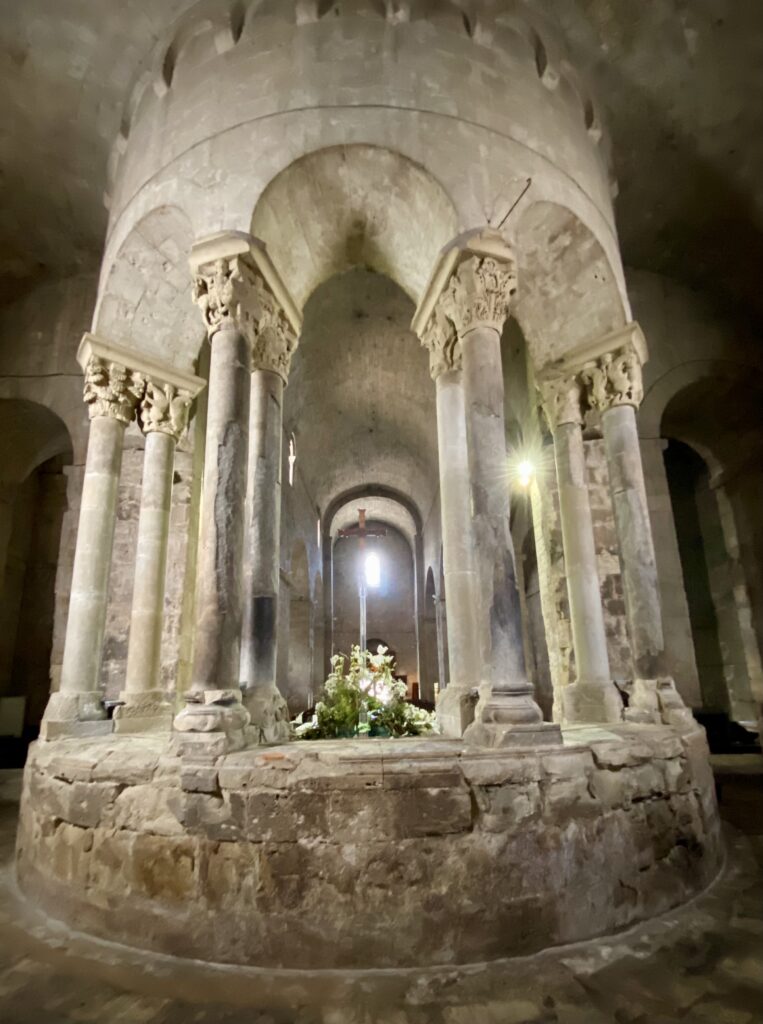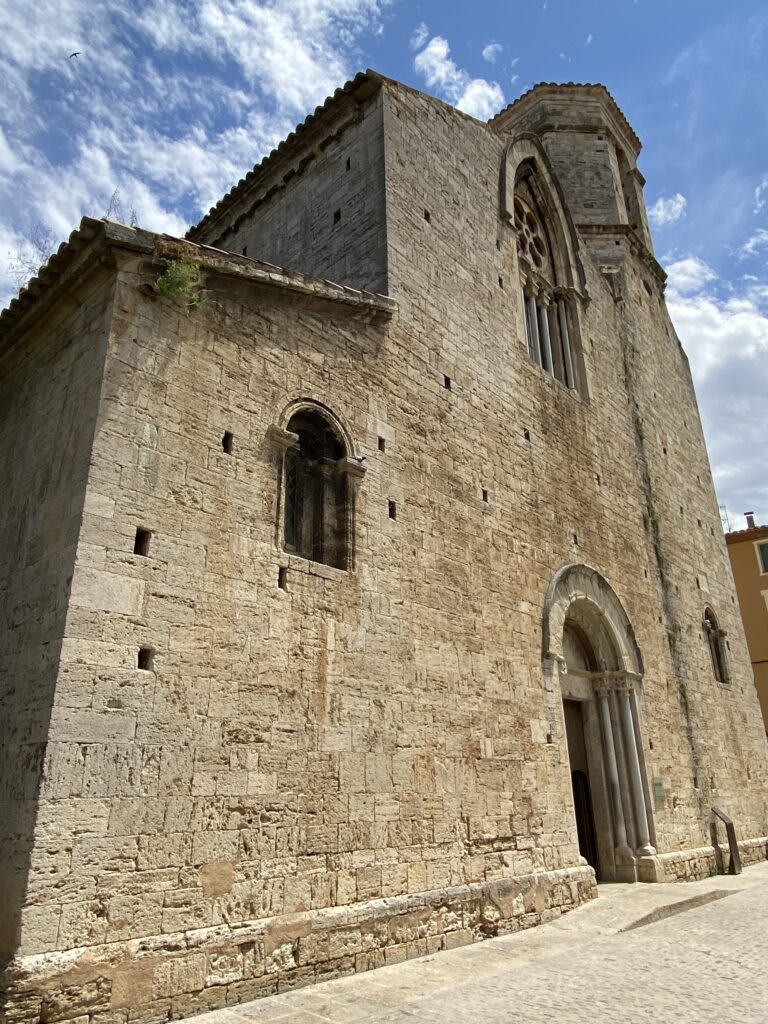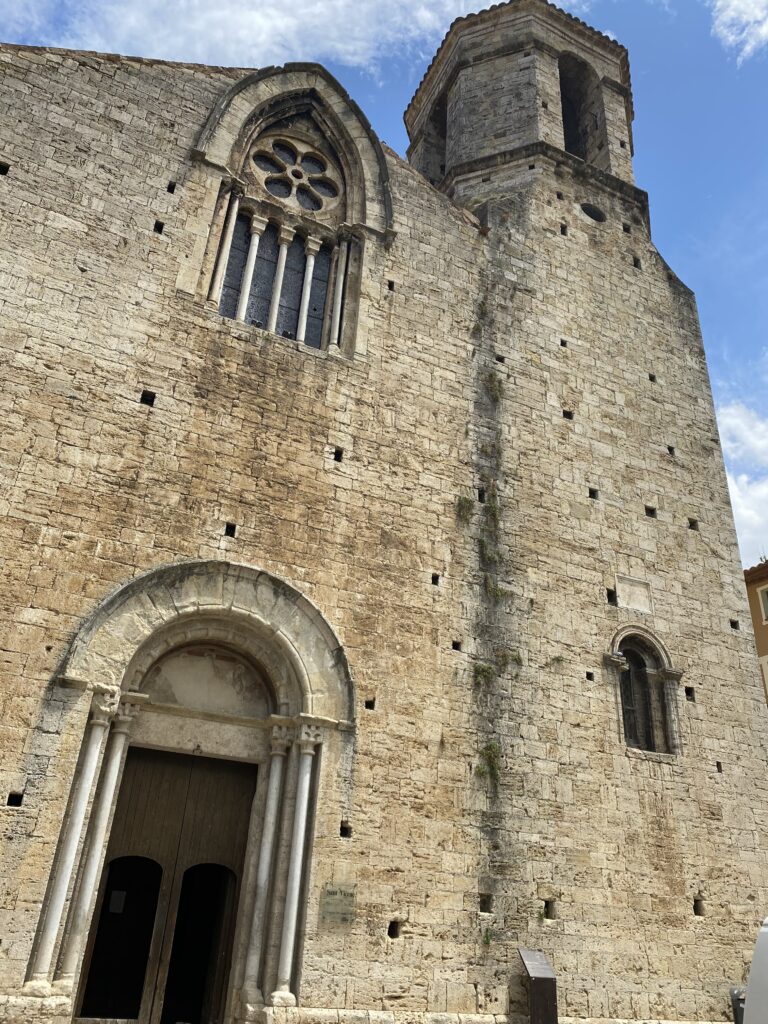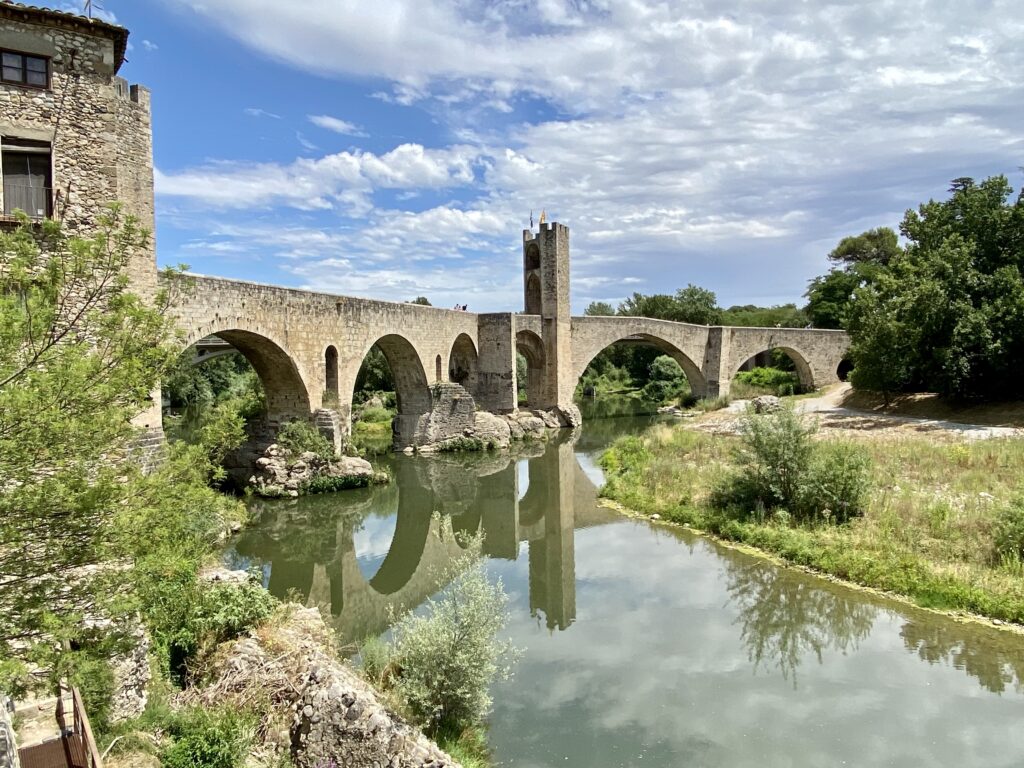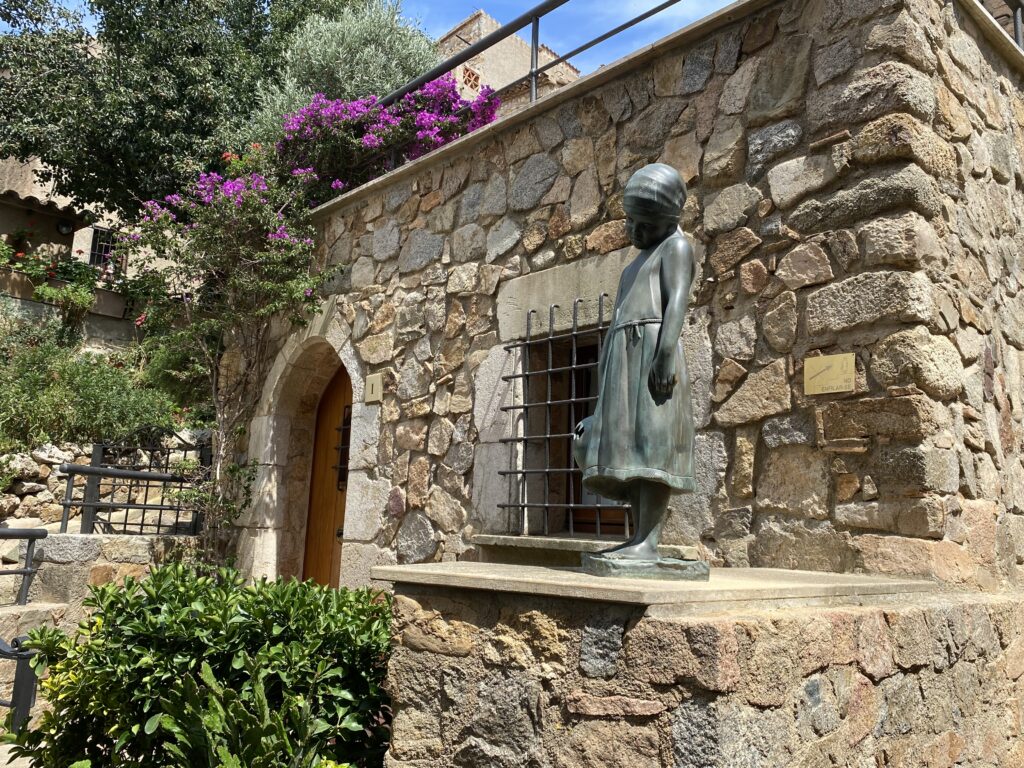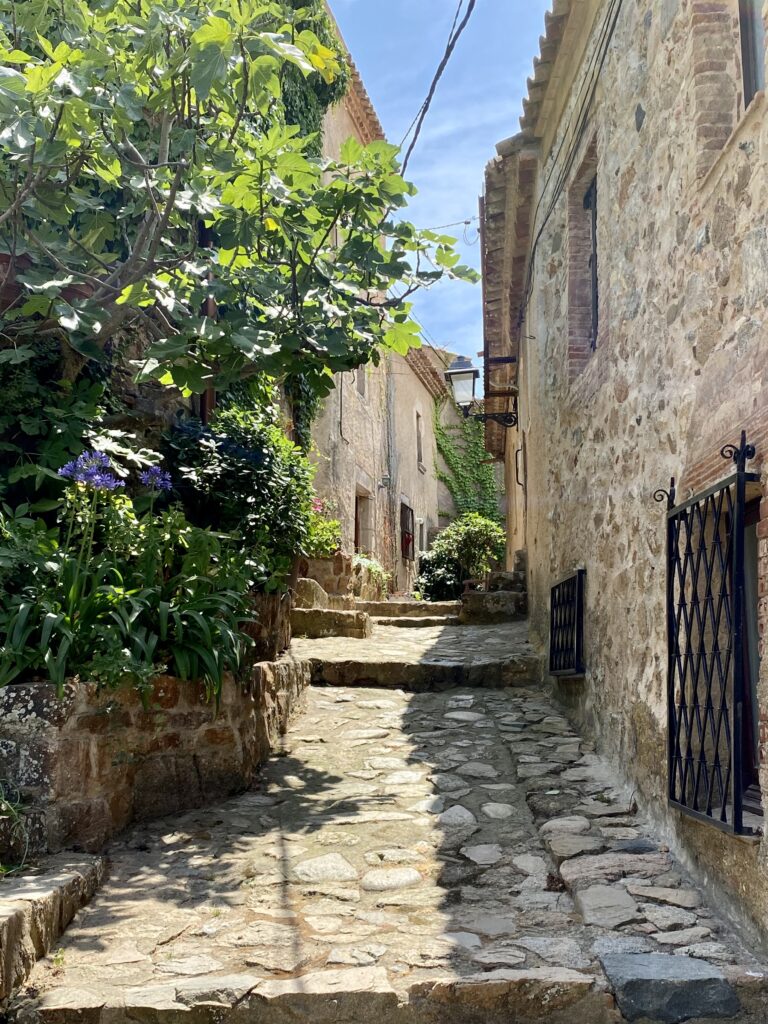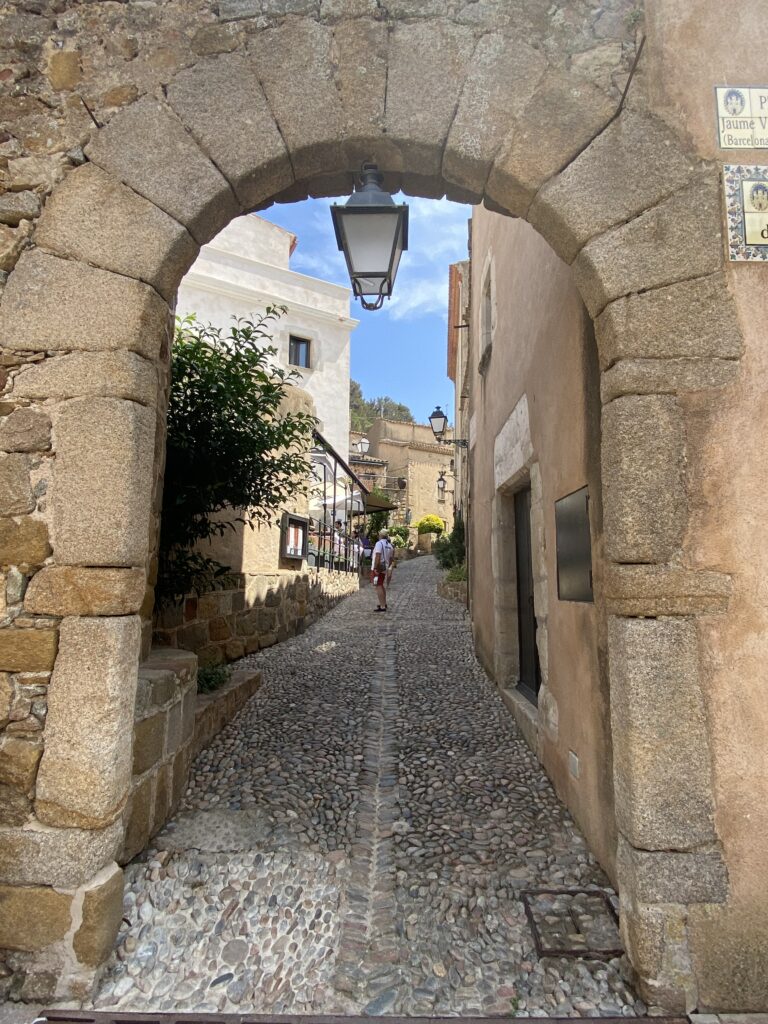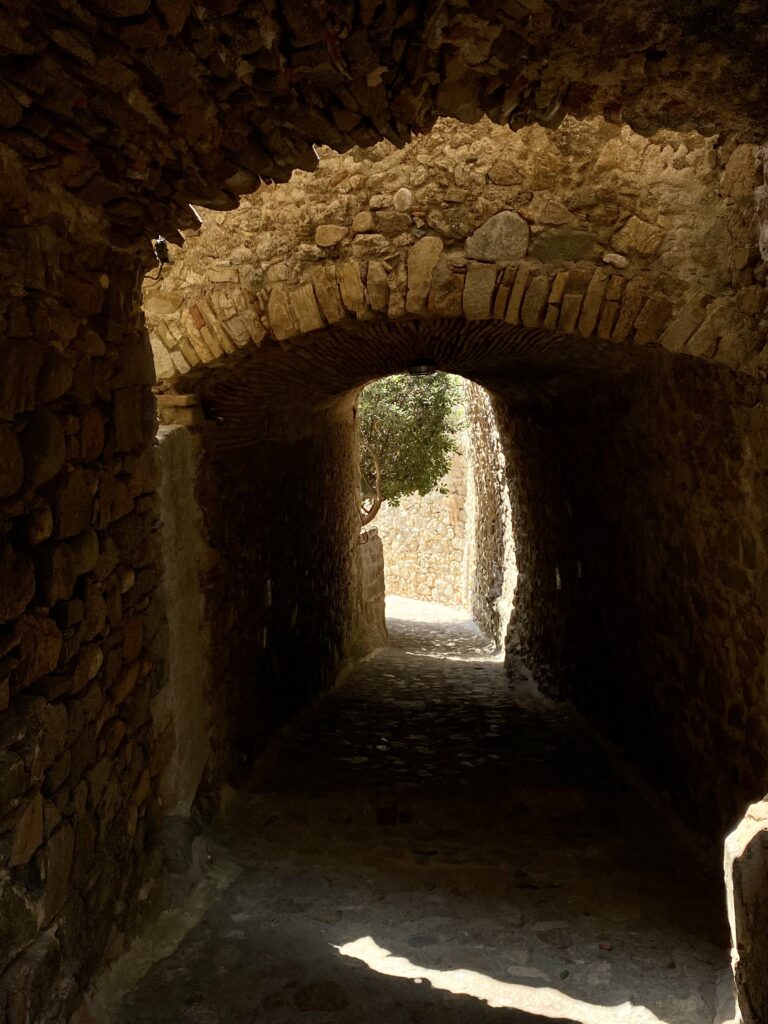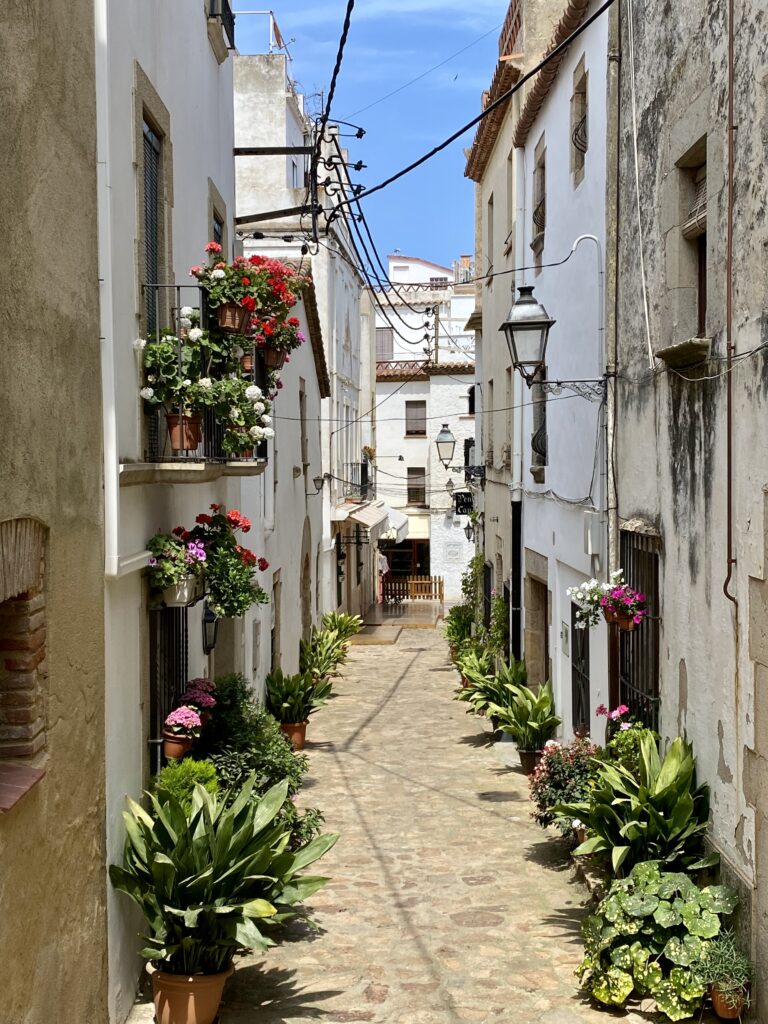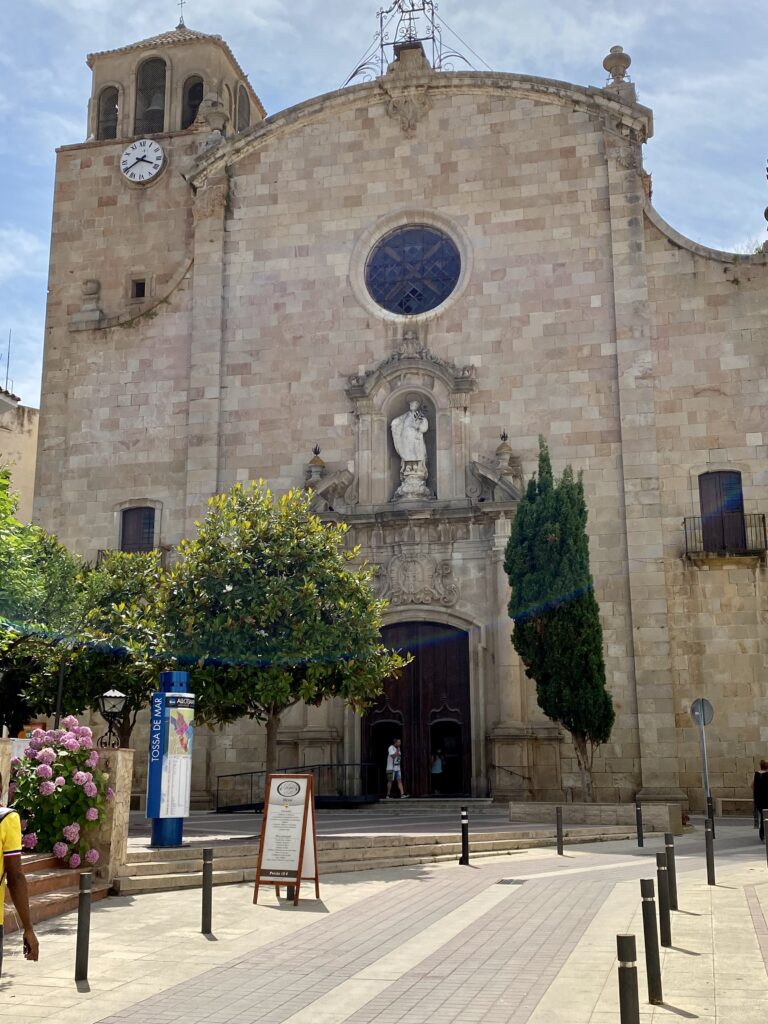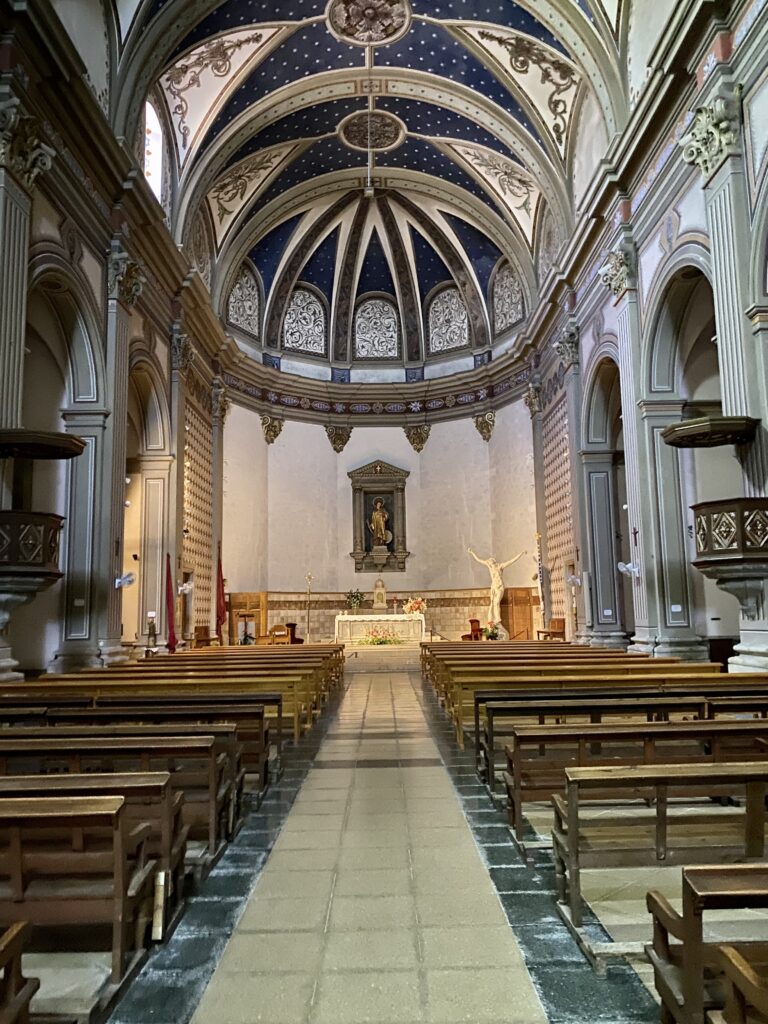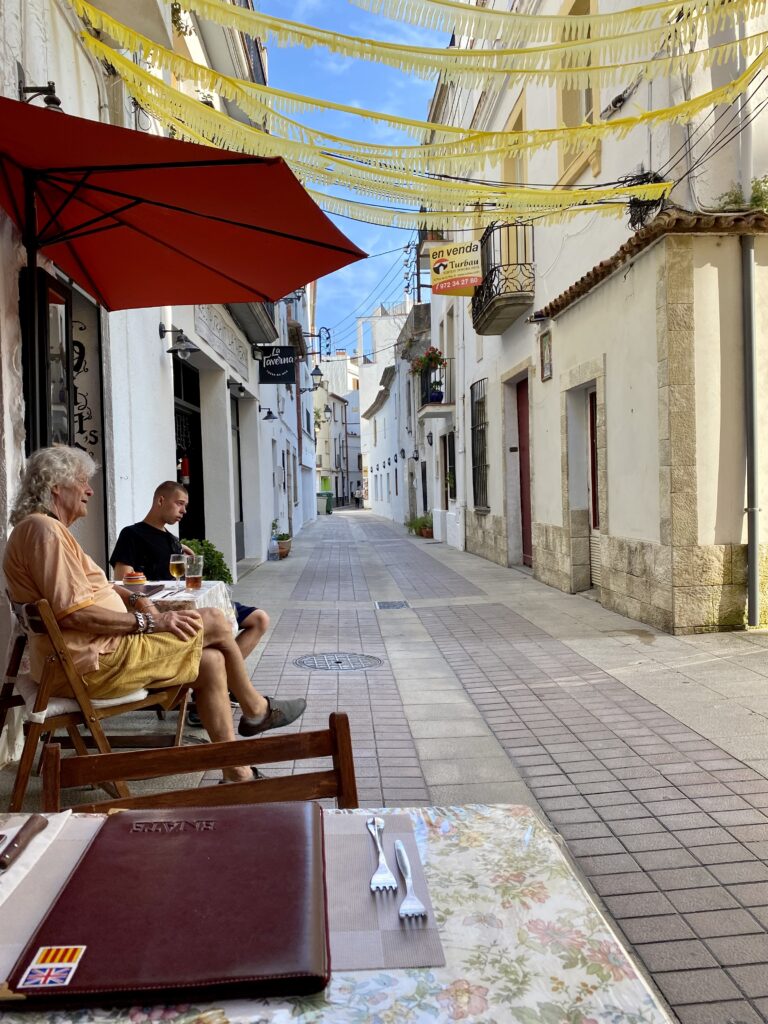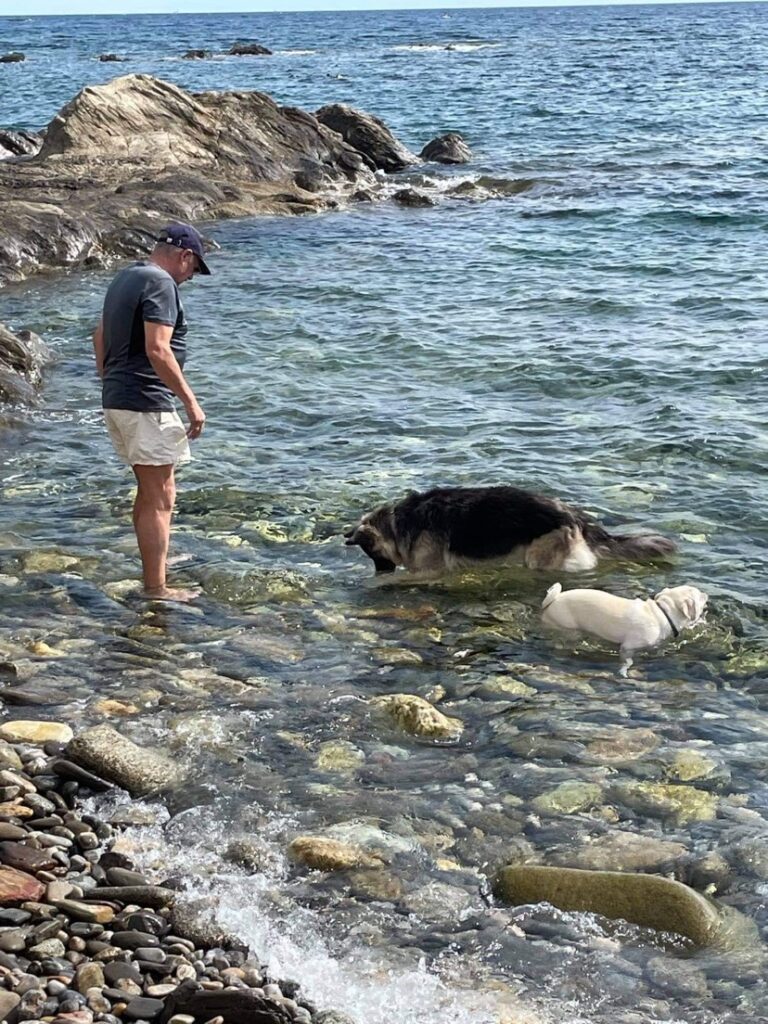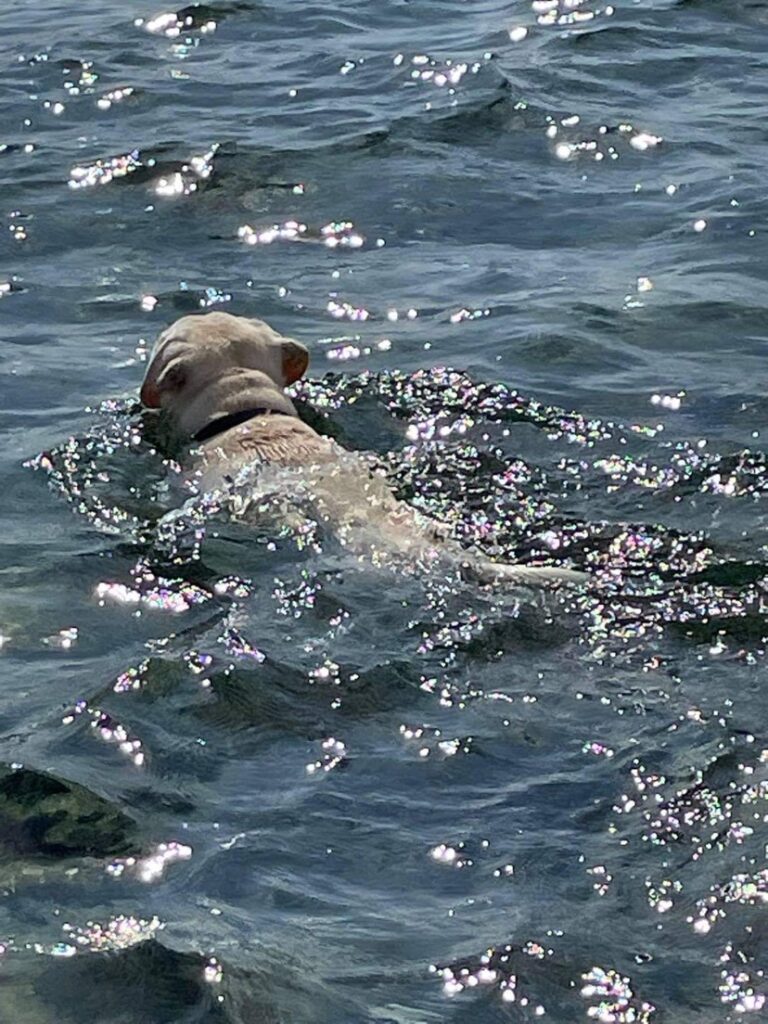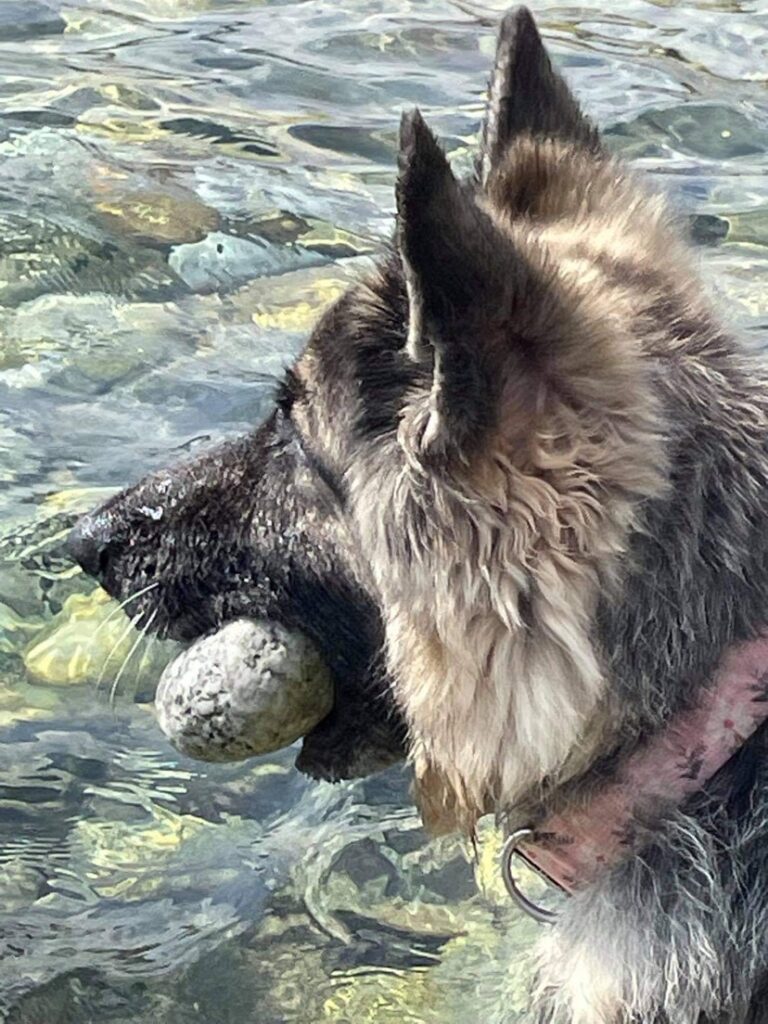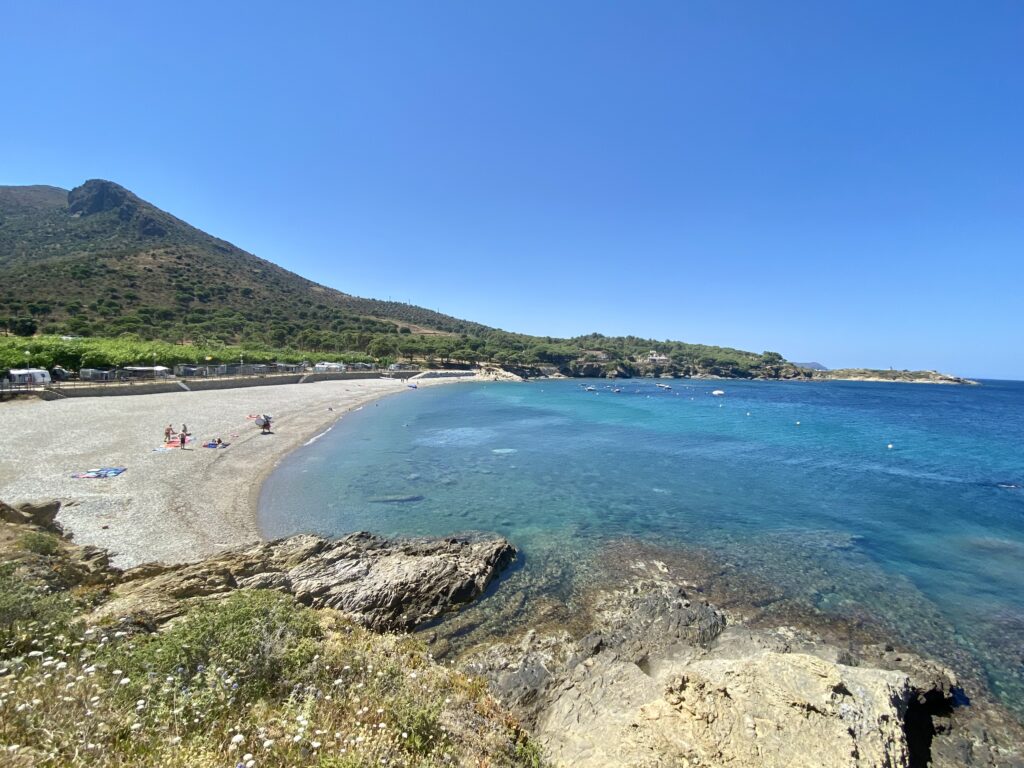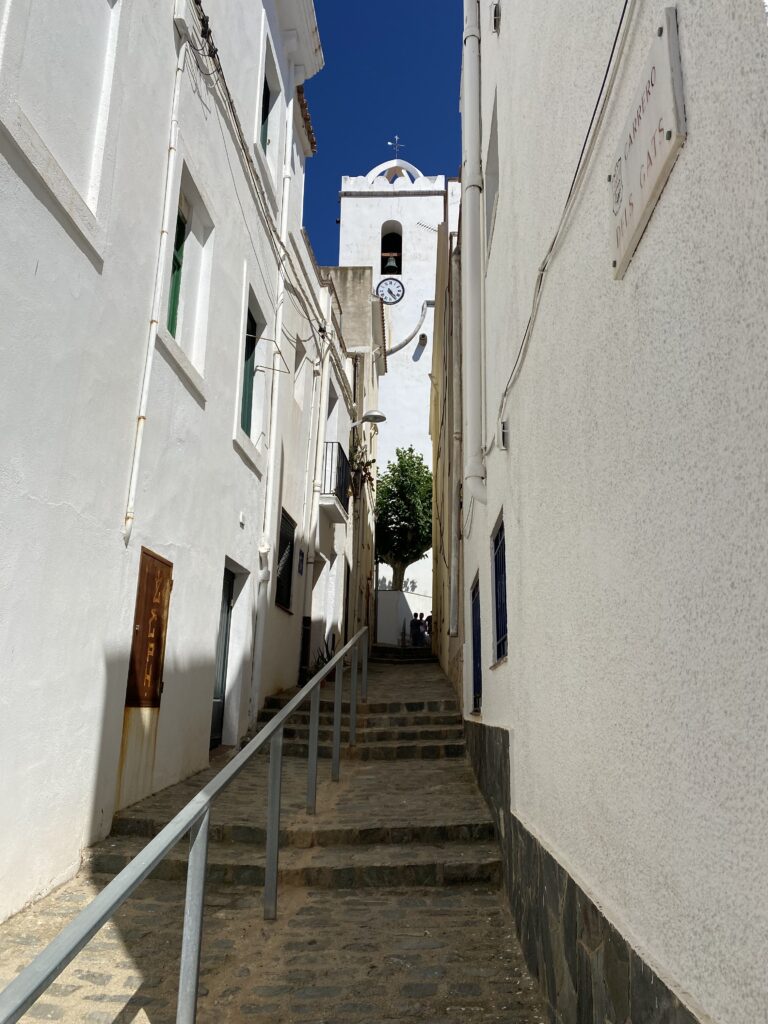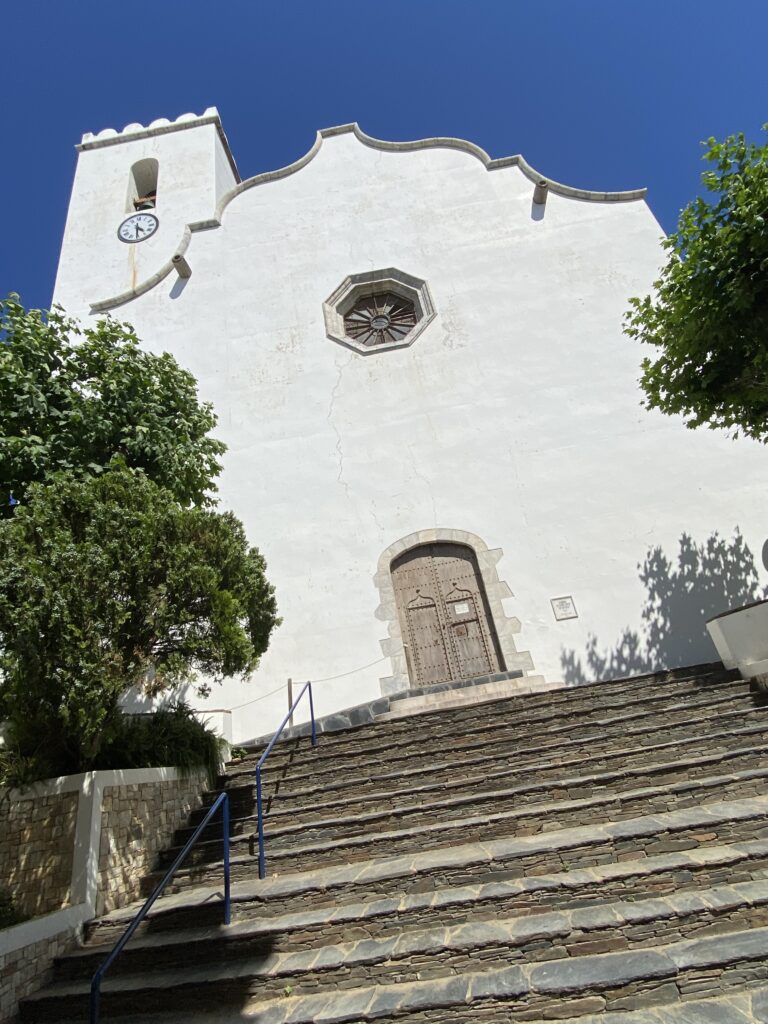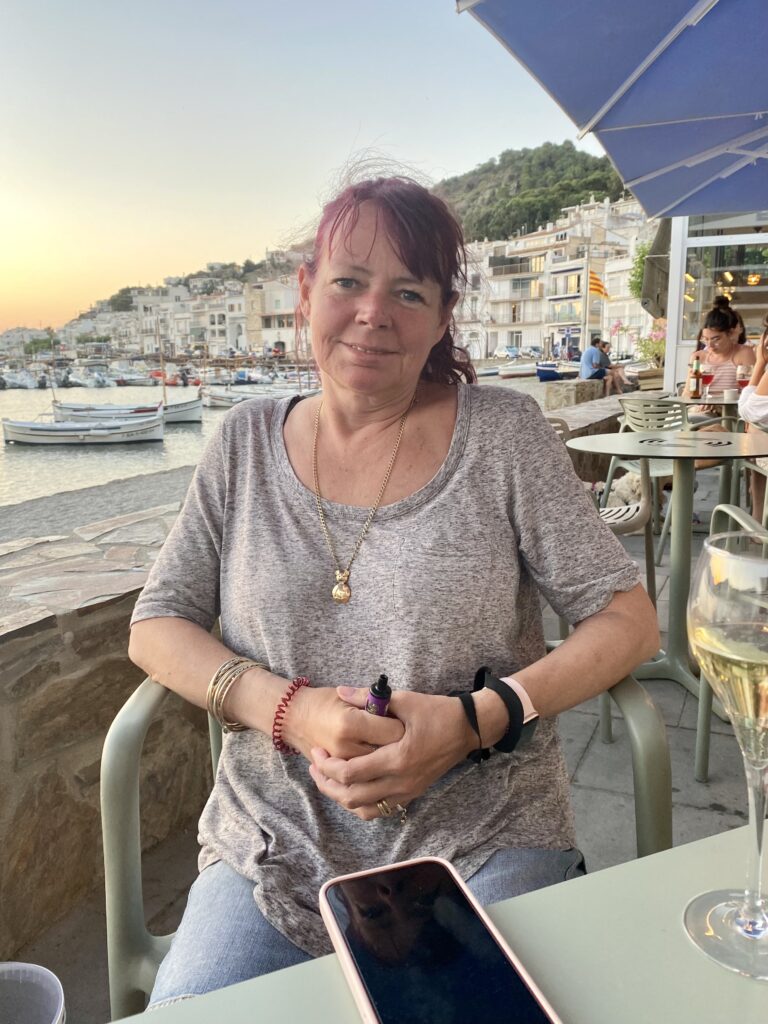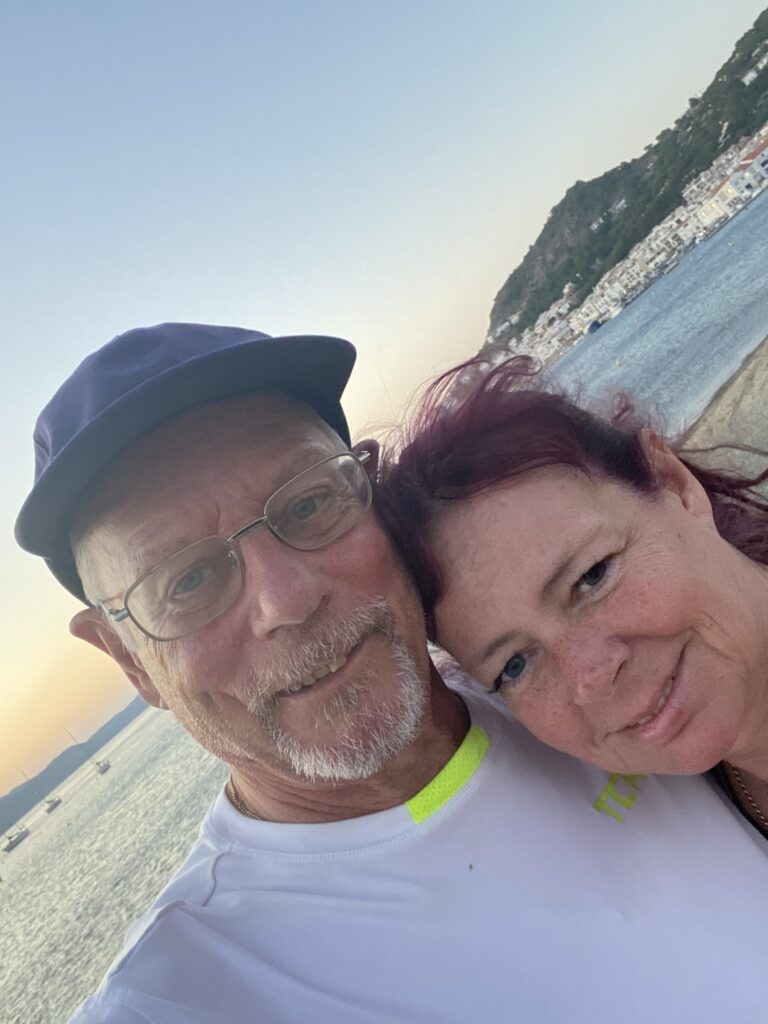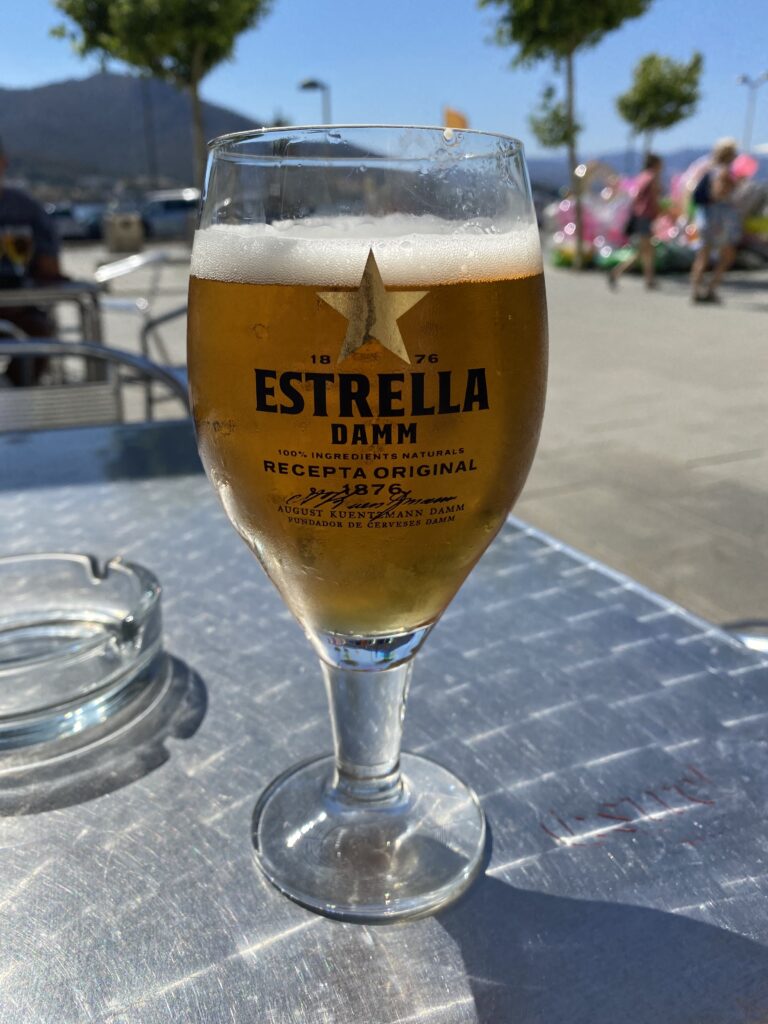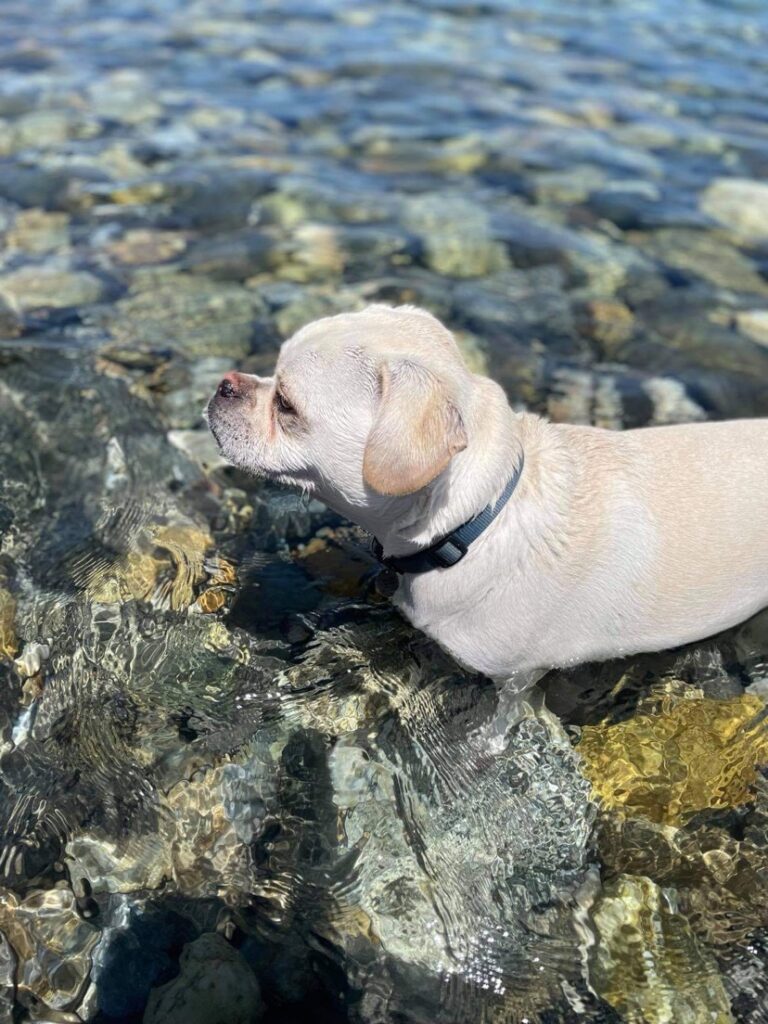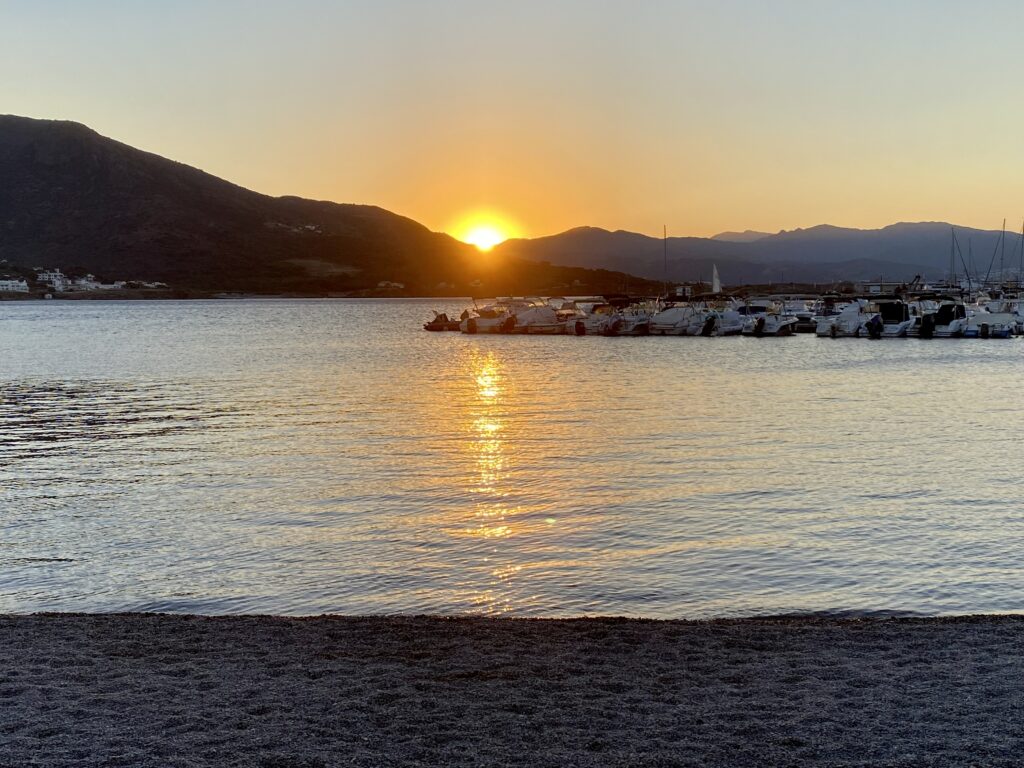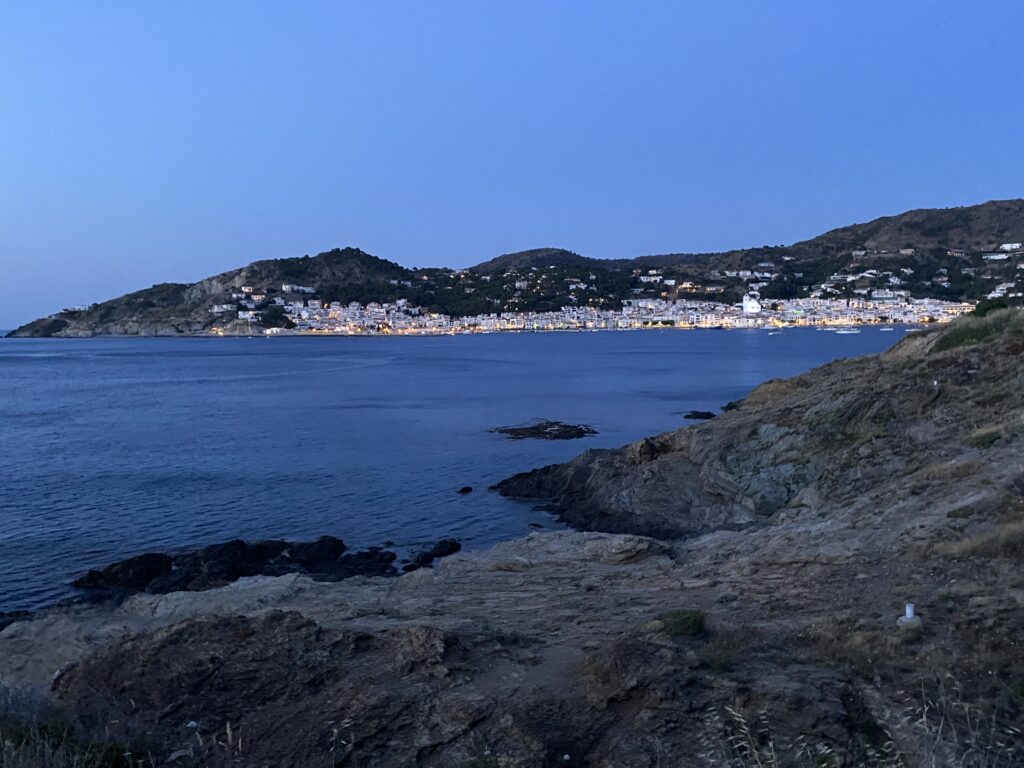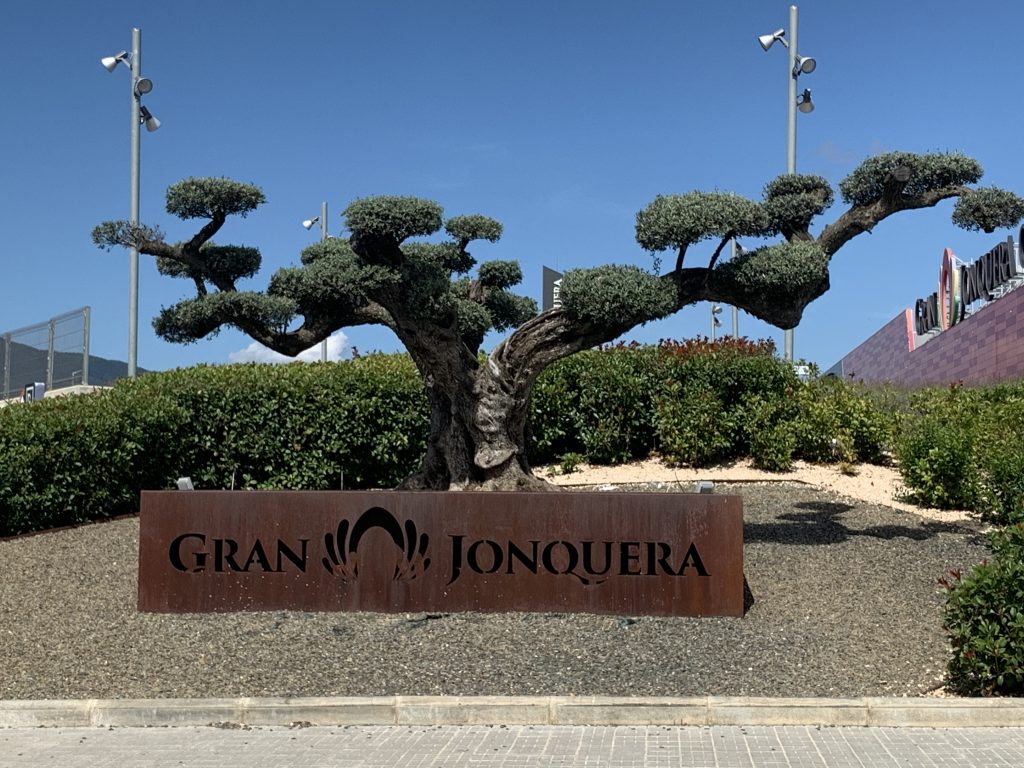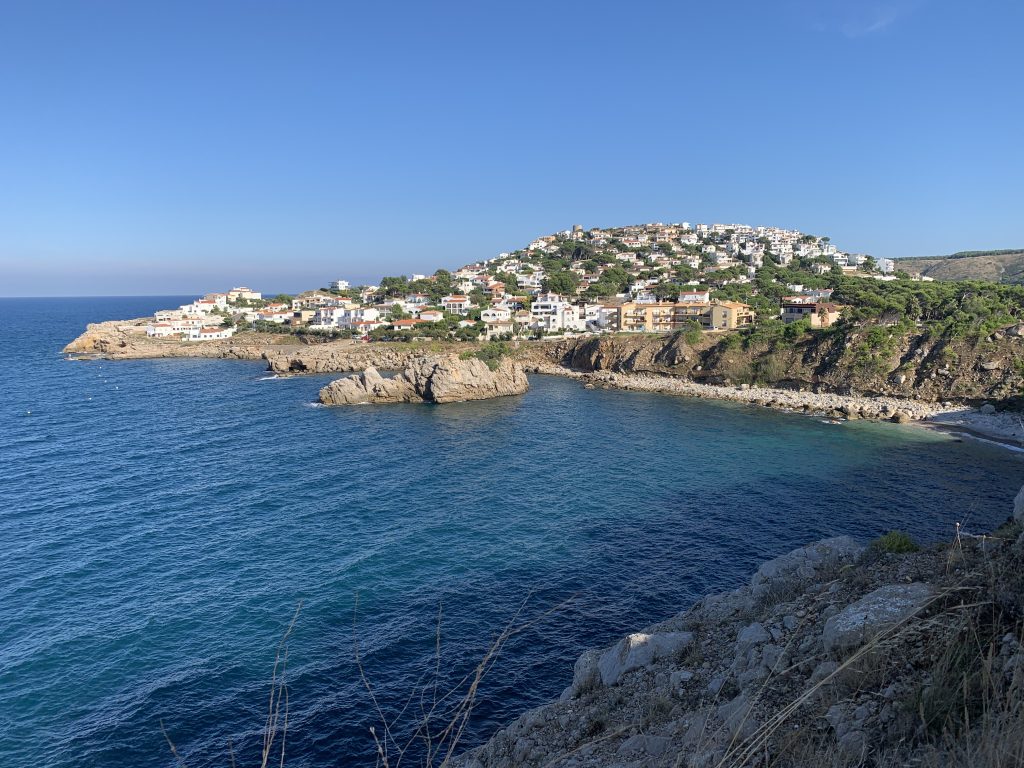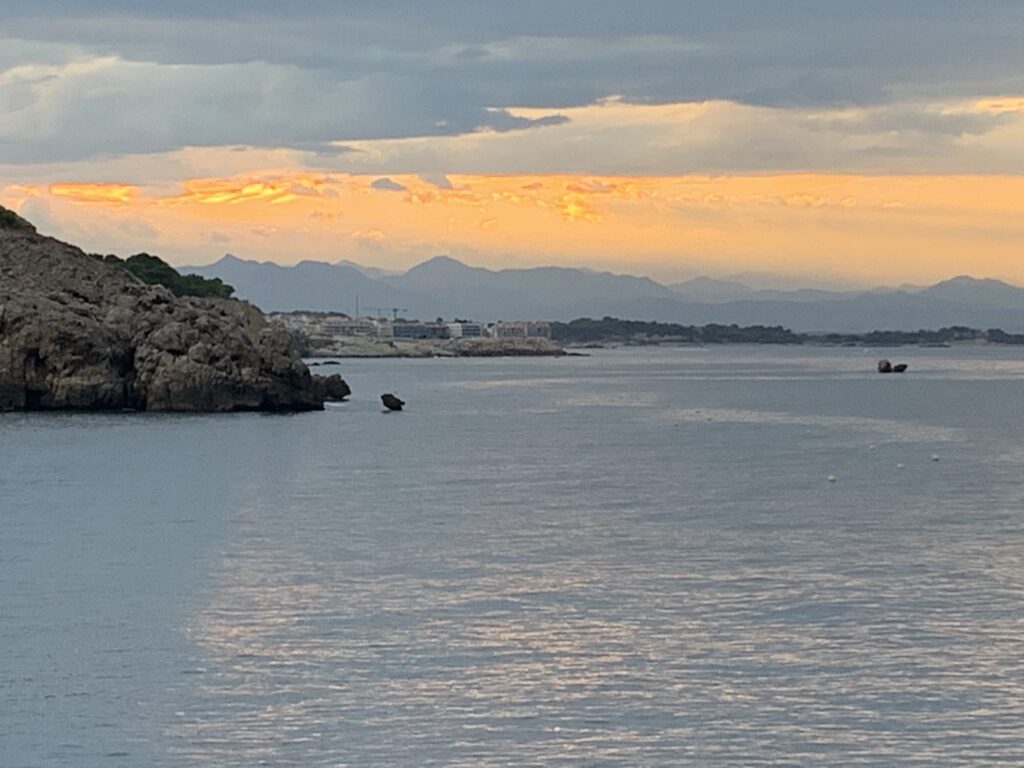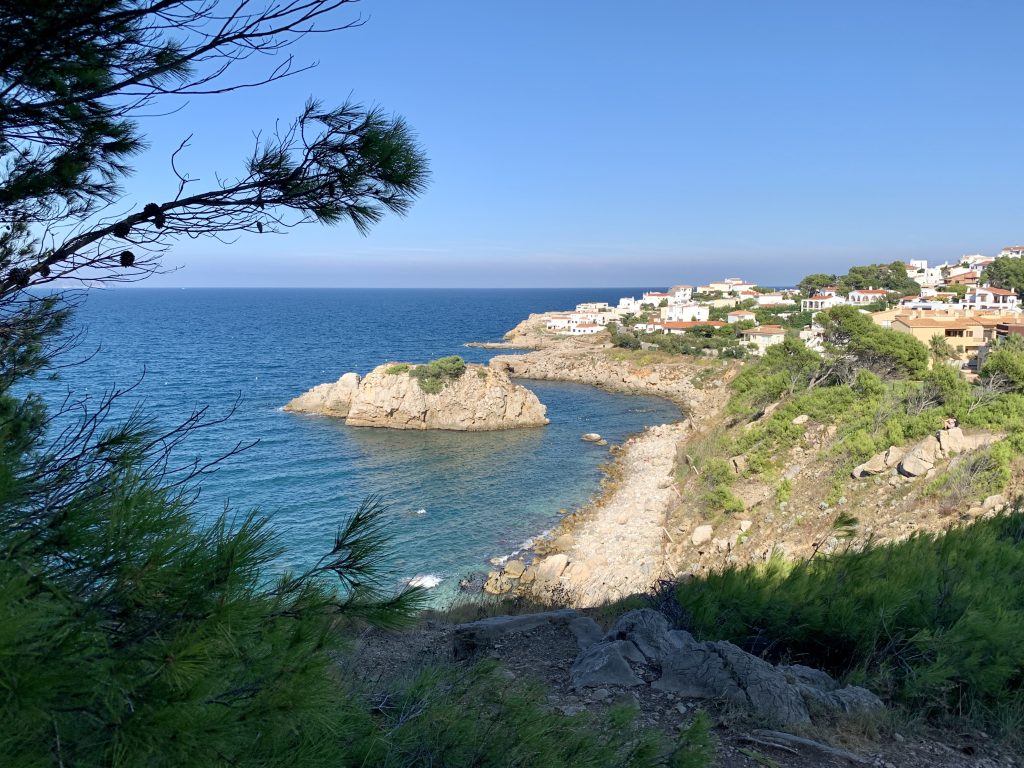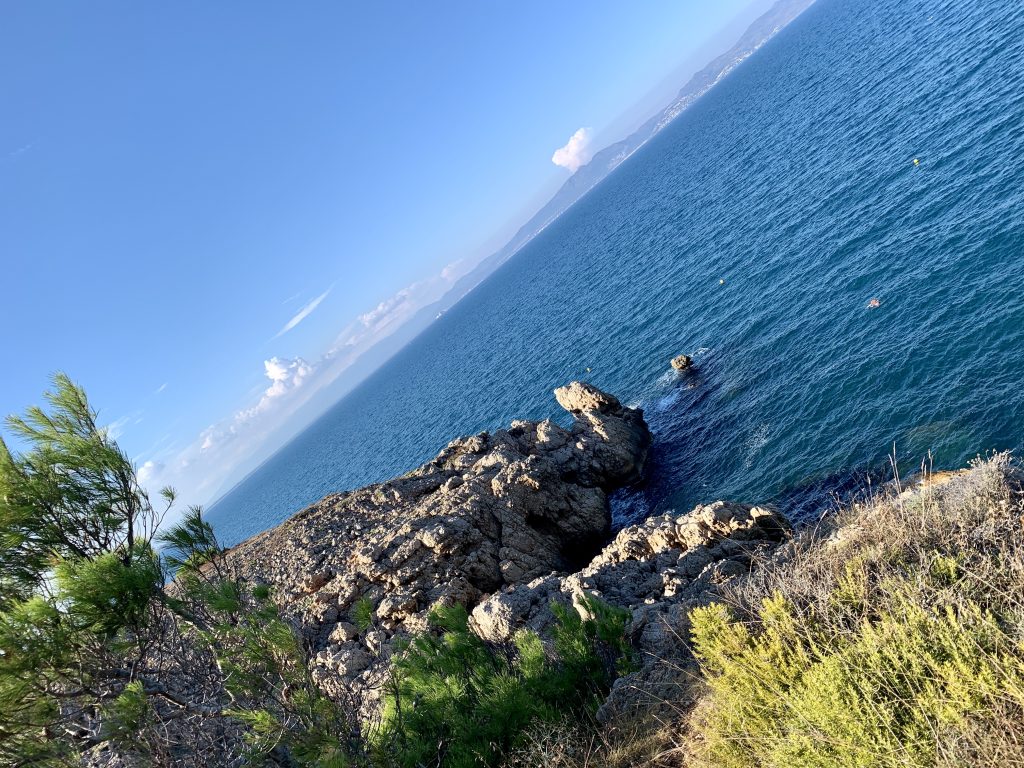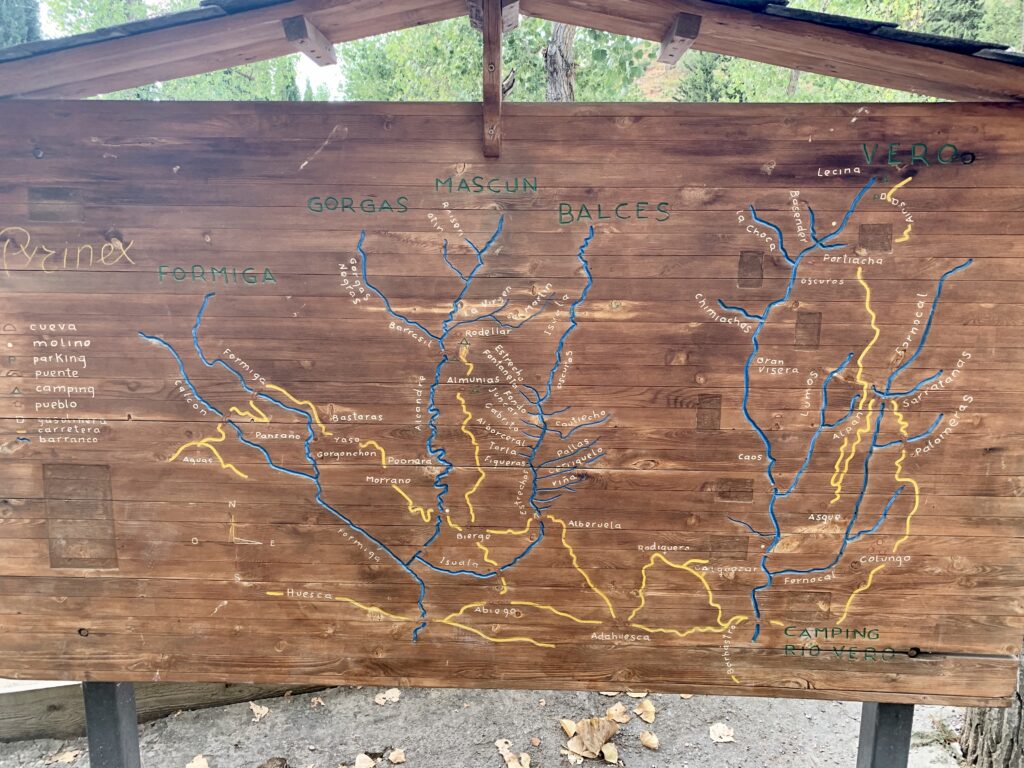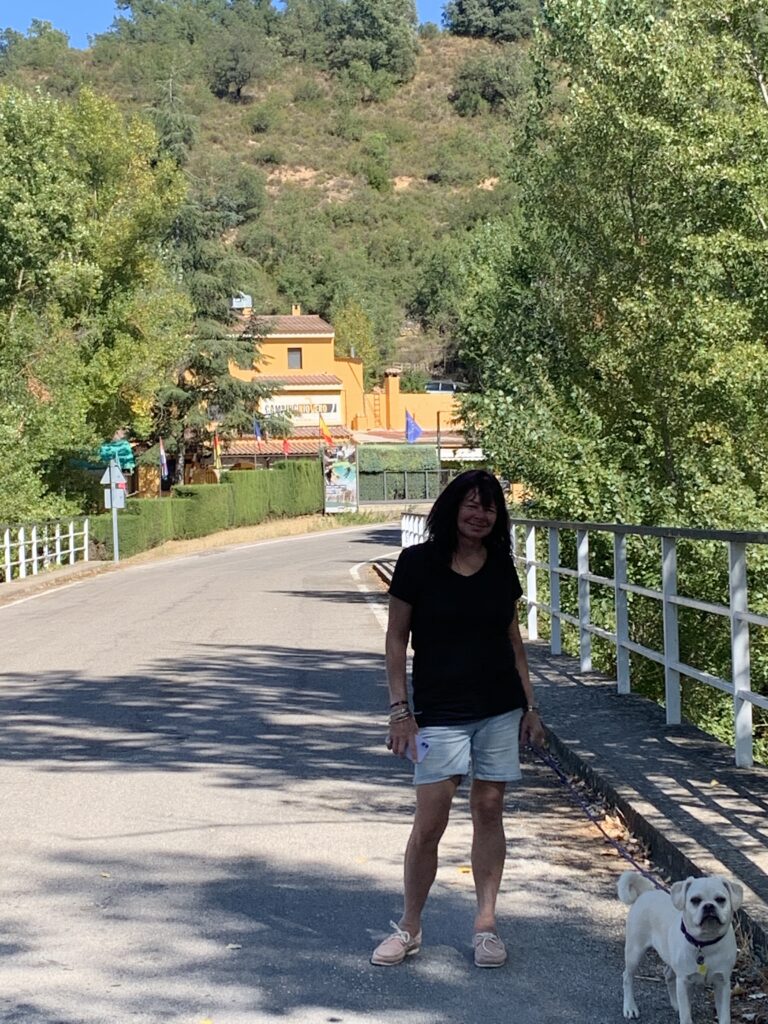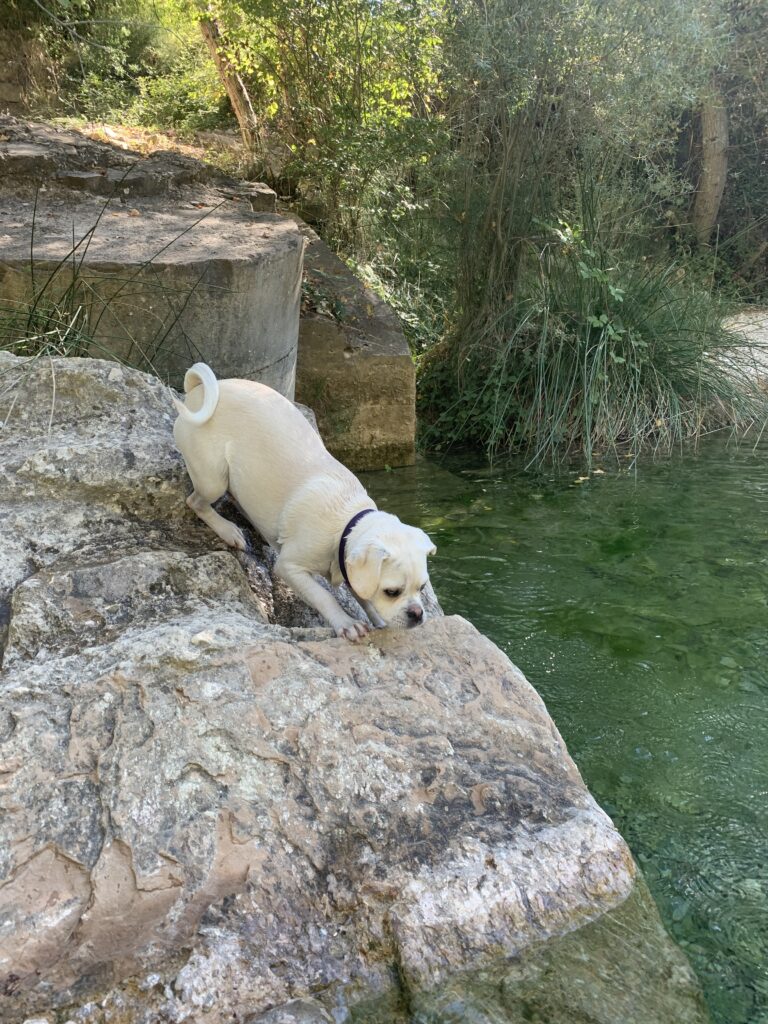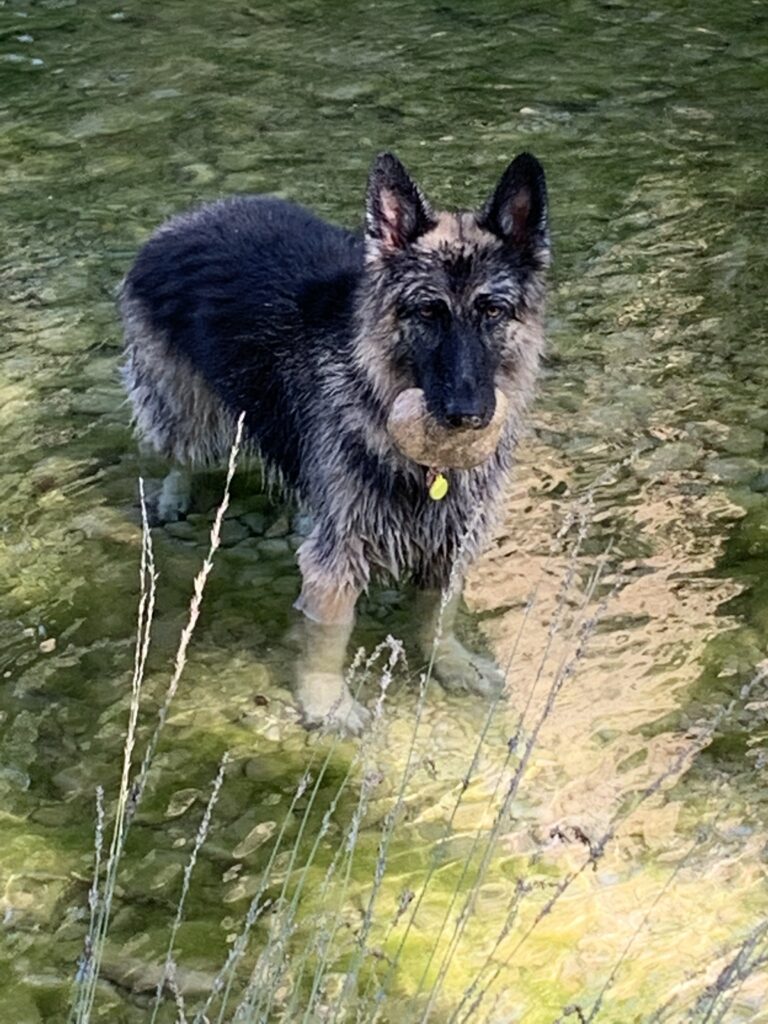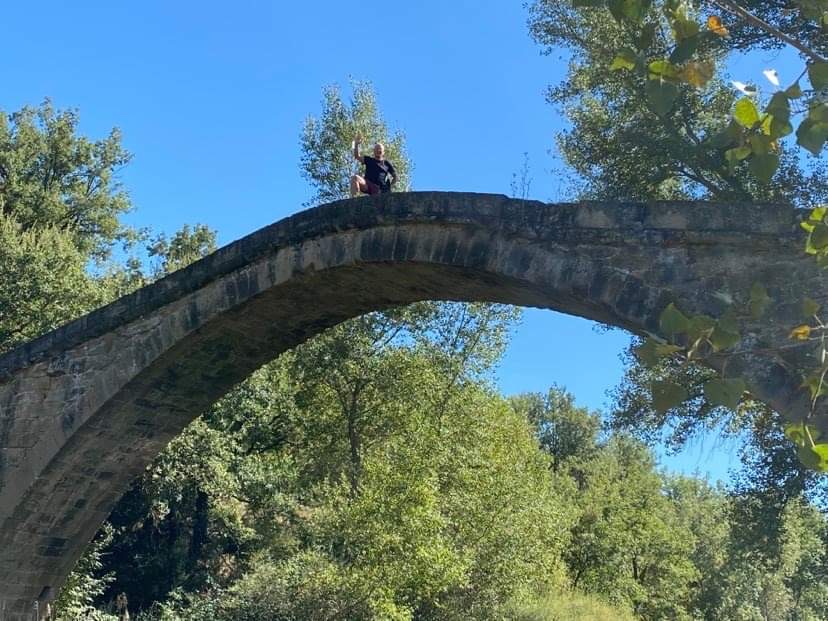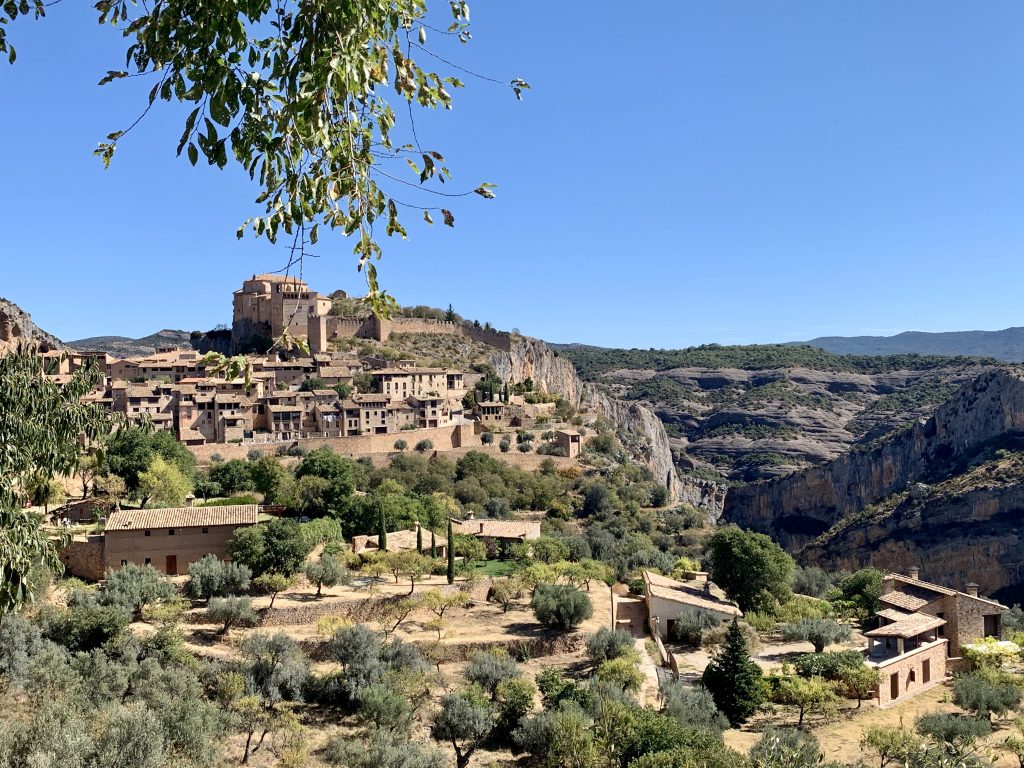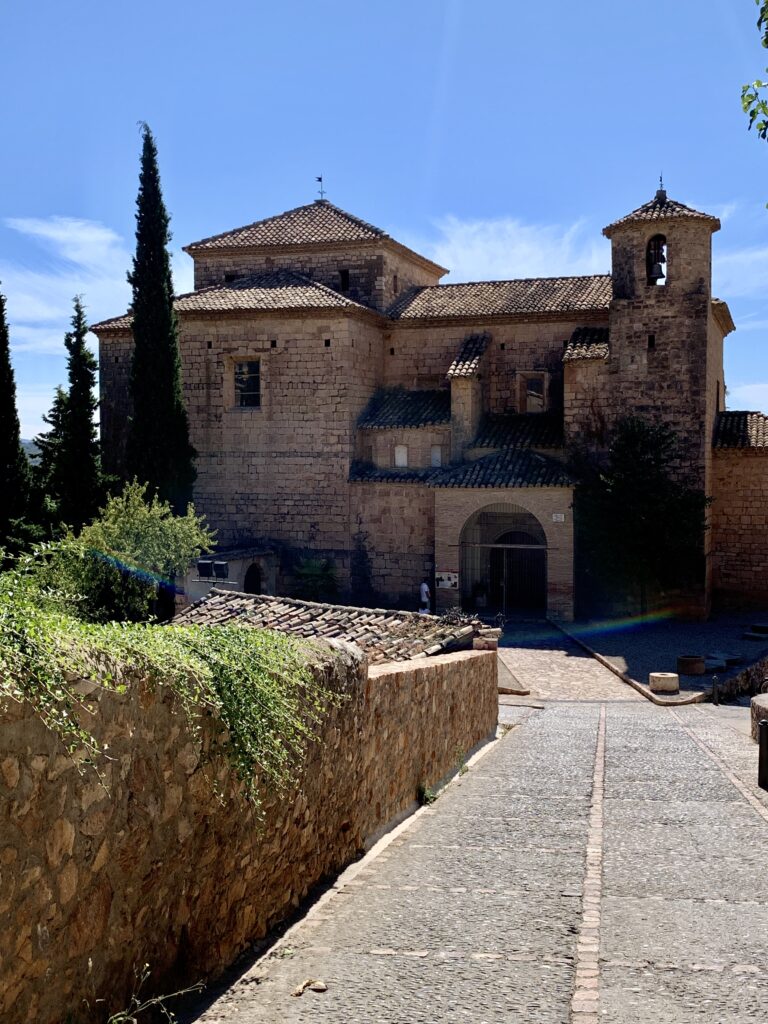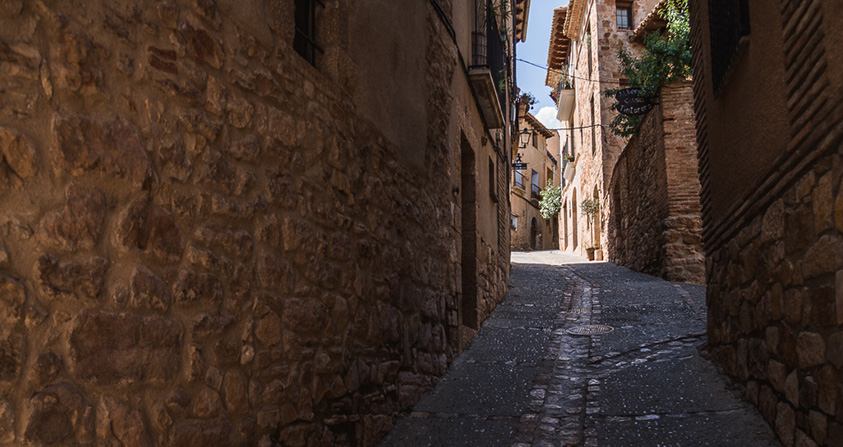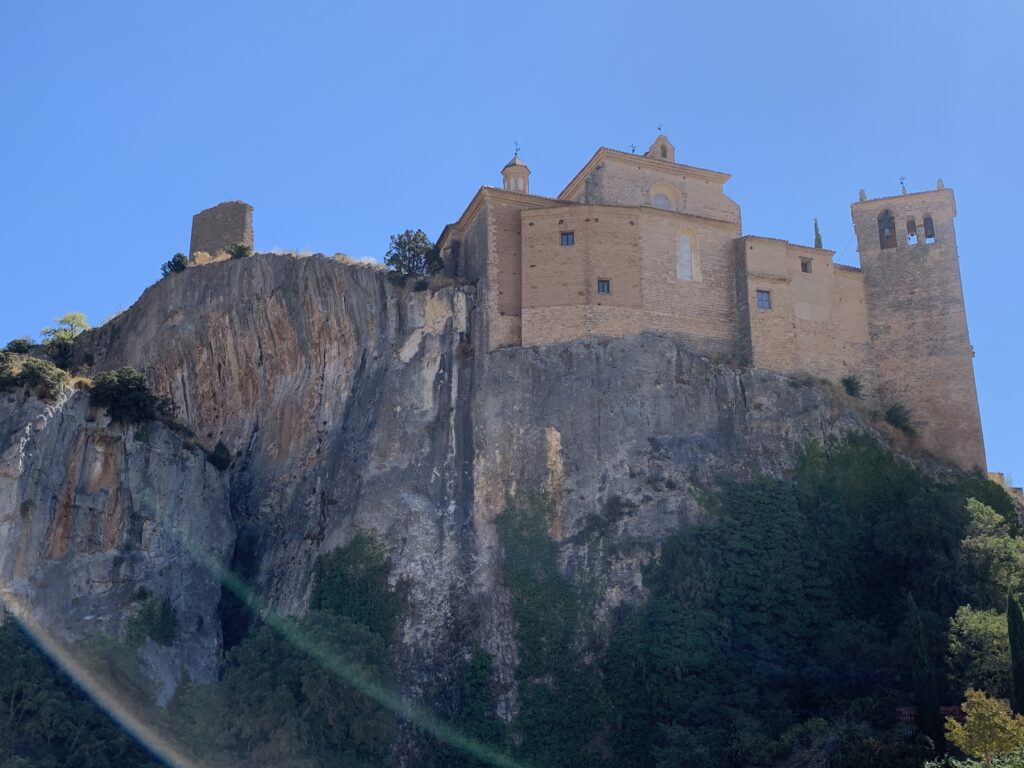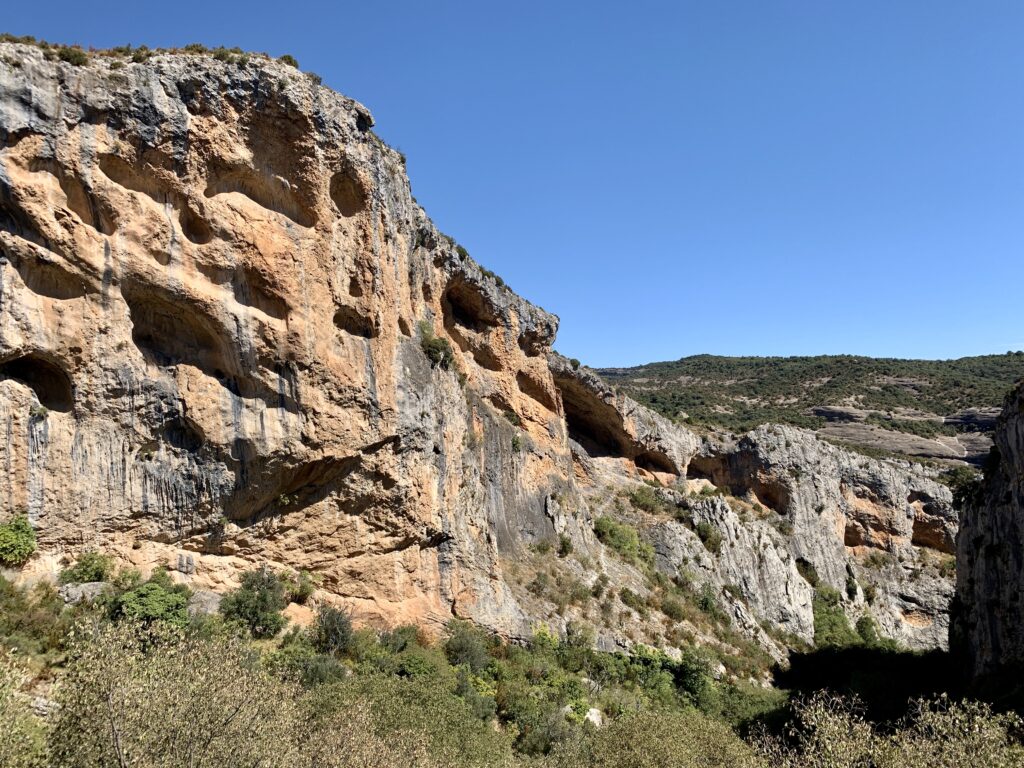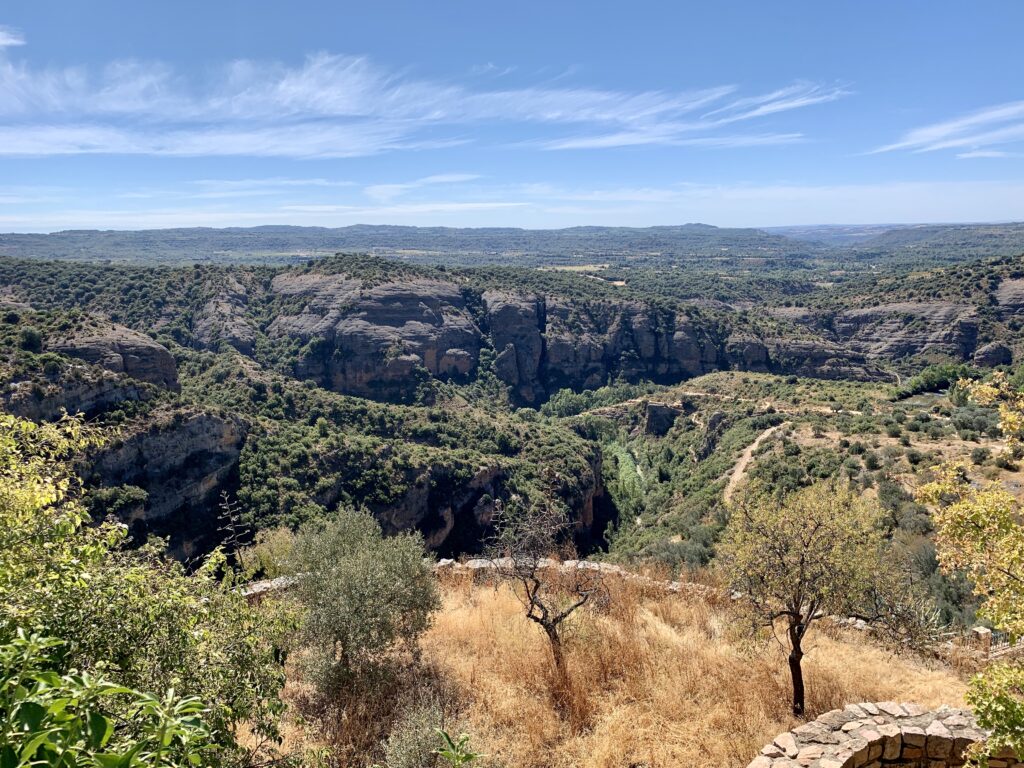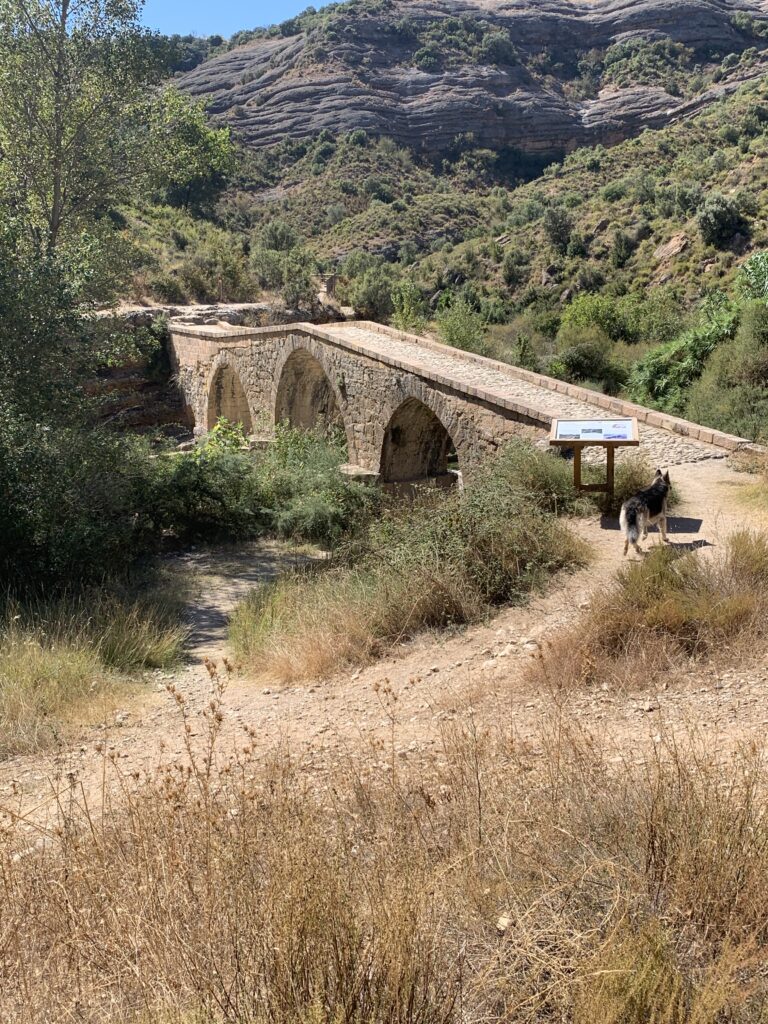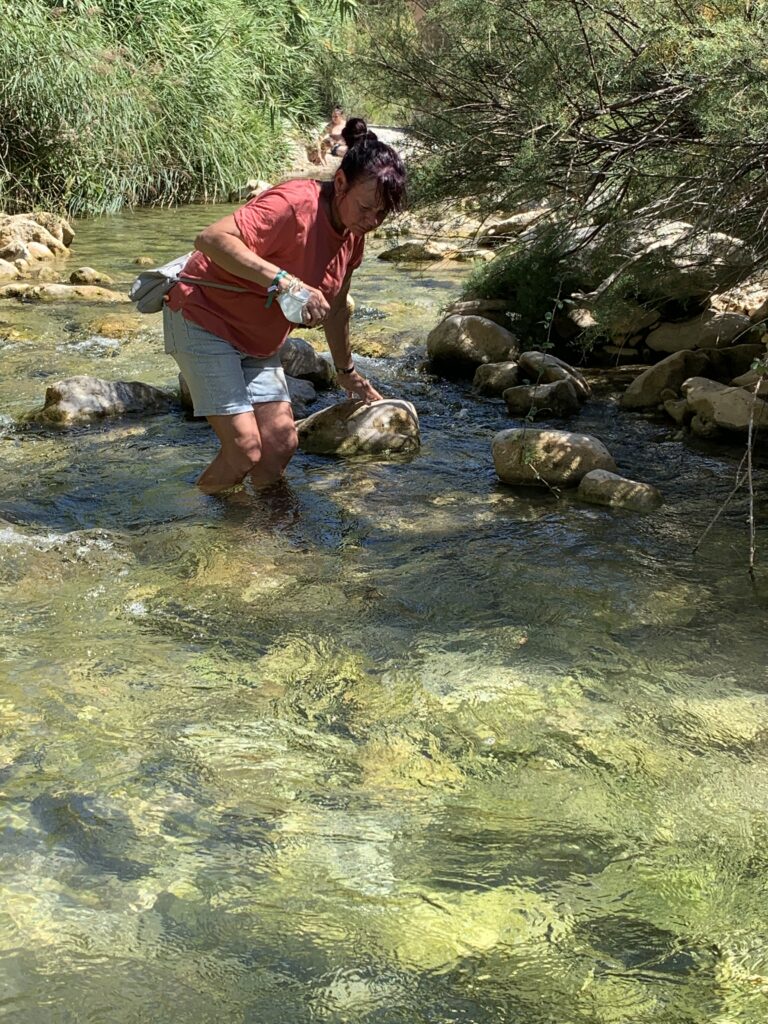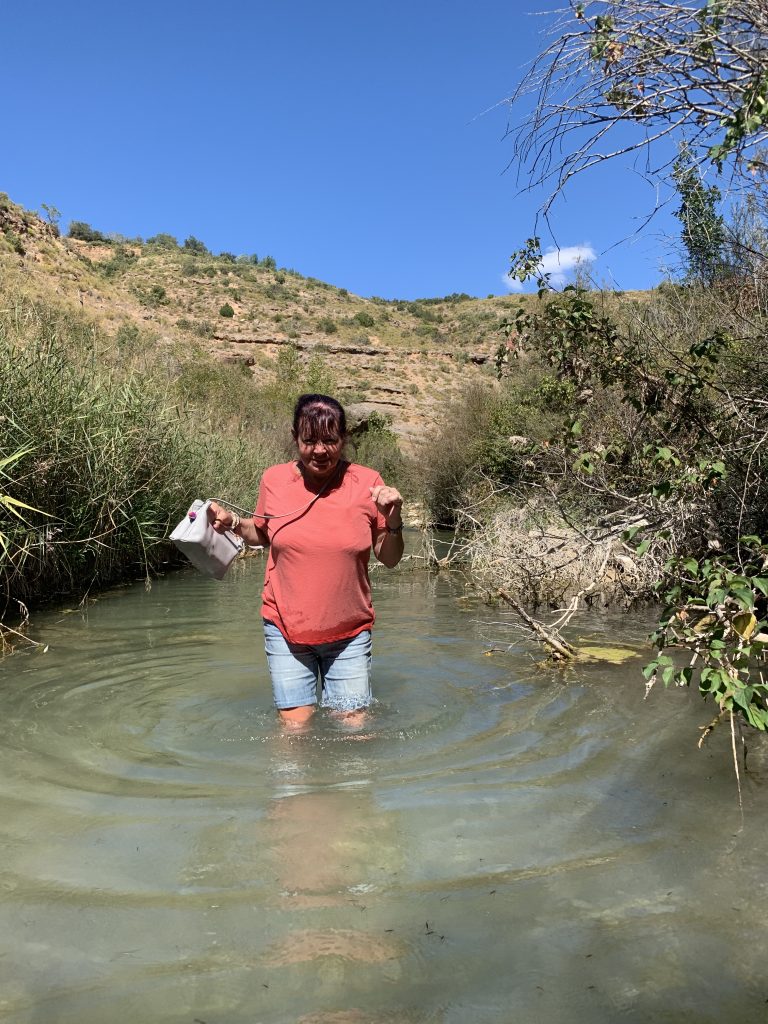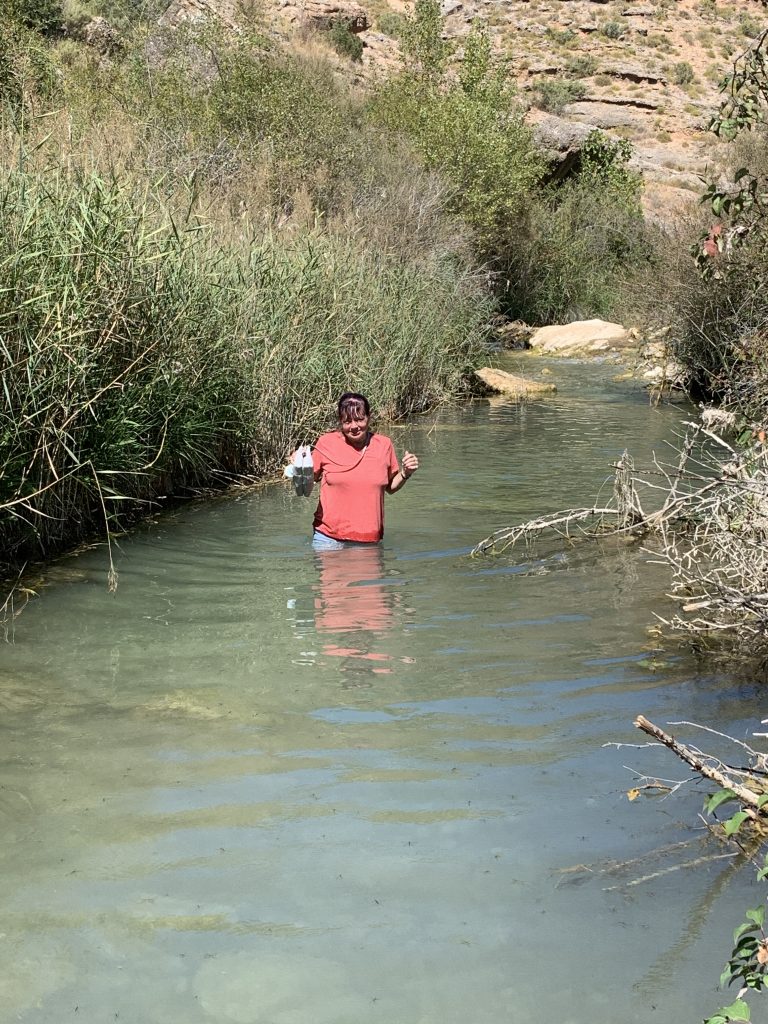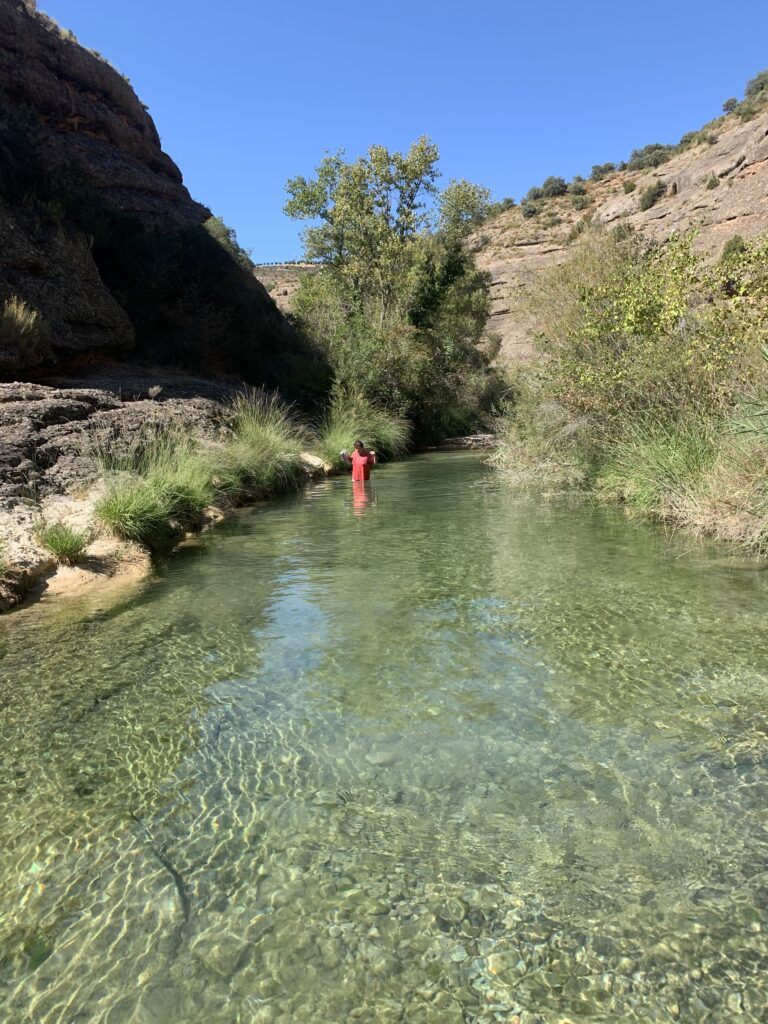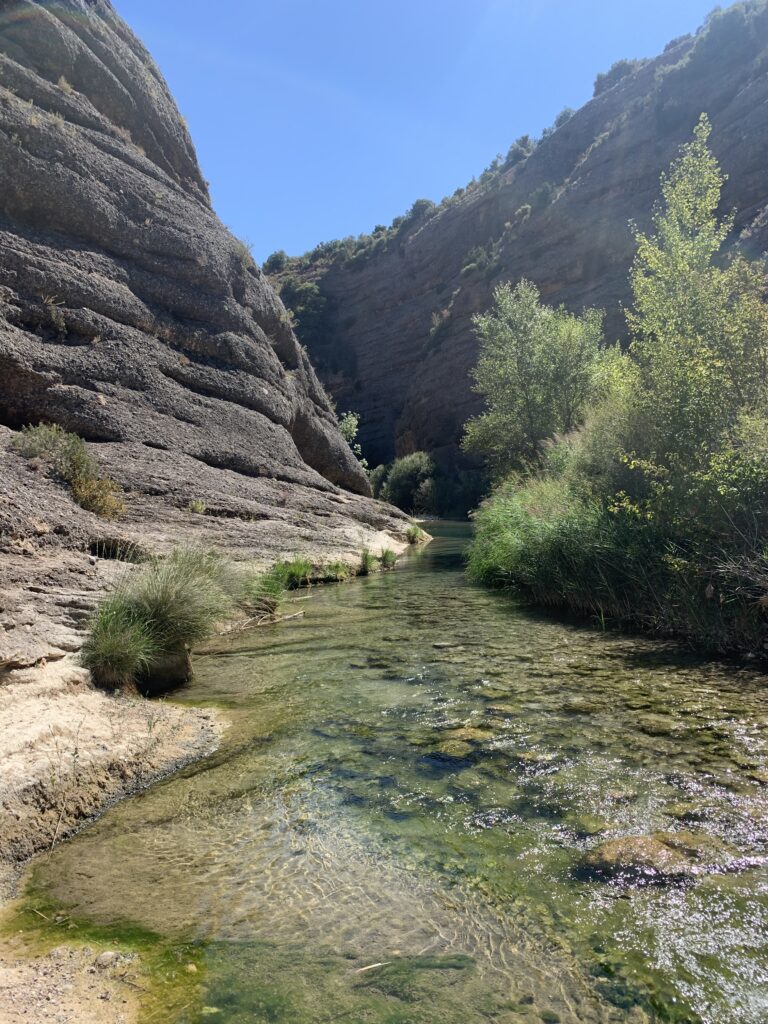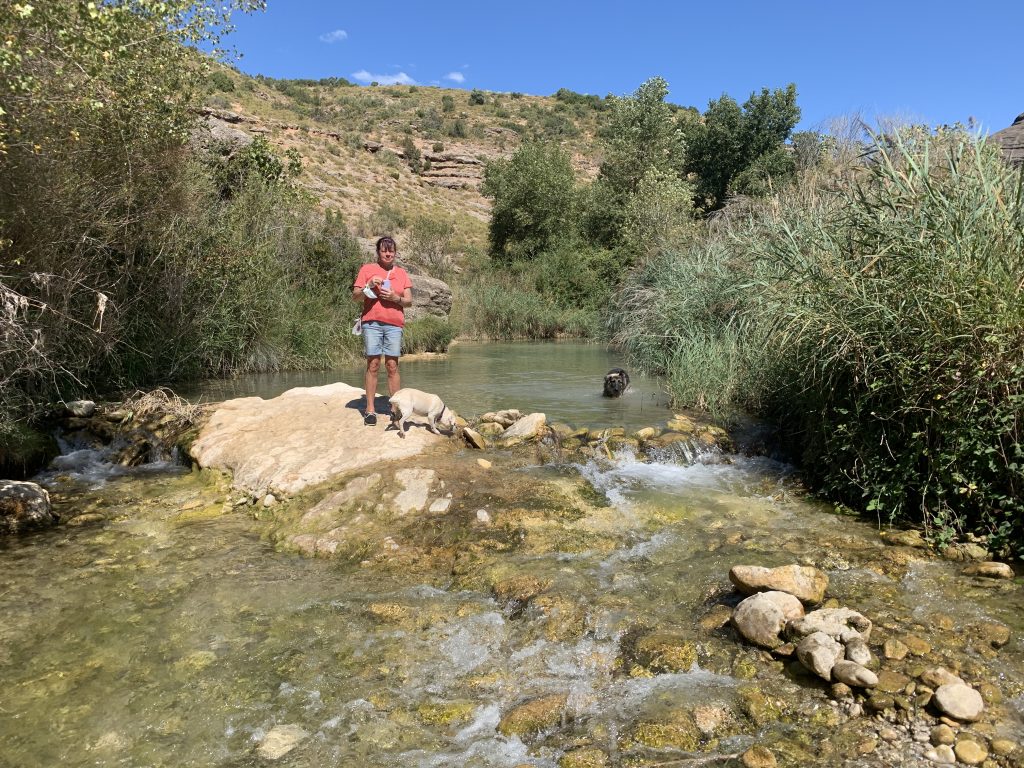So off we went to the often overlooked capital of La Rioja region, the city of Logrono. Most visitors to Logrono head out to the Rioja vineyards shortly after arriving or they just stop over for the night while walking the Camino Santiago. We were determined to make the most of our time here and, after parking the Van up on a large, free municipal car park some 20 minutes from the town centre, we moved into the NH Logrono Hotel on Avenida Club Deportivo as a treat. We got a reasonably good deal (although as in so many European hotels we did have to pay a hefty “dog tax” – 25 euros per beast per stay for special cleaning of the rooms) – I find that ironic especially when cleaning up after Covid will create considerably more work than cleaning up after dogs.
What a find, Logrono is. We both love the place. We’ll certainly be back and would recommend it to all our friends as a place to visit. It is a beautiful beige city of wonderful contrasts – There’s a modern new side to the city (with bustling tree lined, landscaped boulevards and; countless coffee bars and shops; contemporary sculptures; fountains and; large green parks) and, best of all, a fair sized scenic old town (with picturesque narrow streets and alleys; wonderful old statues; churches and museums and; quite possibly the most exciting and best pinchos area (Calle del Laurel) I’ve ever seen – In comparison, Barcelona’s Las Ramblas is quite dull. The people in Logrono are so welcoming, especially in the Calle des Laurel area where so many went out of their way to welcome us and recommend particular dishes and wines and; everything is so inexpensive – two glasses of wine and a beer for less than three quid and excellent food at half the price!
I took far too many photos to include in this blog and, in any event, I’m not so sure my photos could do the place justice…
Across the city there are plenty of references to the Camino Frances, the most popular of the pilgrimage routes to Santiago de Compestela. It starts in France at St Jean Pied de Port and travels 790 kilometres to Santago passing through Logrono on the way. It was the increasing popularity of this pilgrimage route which helped the city gain importance during the Middle Ages. Camino pilgrims will usually enter the city by crossing the Stone Bridge (sometimes known as the San Juan de Ortega Bridge or the Bridge of Lions) over the River Ebro.
During our stay in Logrono we took the Van out for a run down through the Parque Natural de Sierra de la Cebollera to Soria. It’s a pretty enough place, mountains, rivers and a lake (well, a reservoir actually) but we were both keen to get back to Logrono for a second night eating pinchos and drinking in the old town.
Best of all is the Calle del Laurel and the surrounding lanes (Calle San Agustin & Calle Albornoz) in the centre of the old town. The Calle del Laurel is the most popular street in Logrono and made for a pinchos crawl where the focus is on food as much as the beer or wine. Most of the bars do not have seats and you are generally required to stand as you eat and drink. This is fine because most of the bars on the Calle del Laurel specialise on just one or two pinchos (which are shown on picture menus outside the premises); so you eat and drink their wares and then move on to the next bar.
We were there on both a Thursday and a Friday night and the atmosphere on both occasions was tremendous. It started to get busy both evenings by about 6pm and within an hour or so was truly buzzing – the whole area being crowded with people of all ages intent on having a good time and with the party mood continuing well beyond midnight (especially on the Friday). It’s loud; it’s noisy and yes there were some “tipsy” people but there was never any trouble and the mood remained friendly throughout. We could eat there every night; it was so alive.
And the food itself? Outstanding!! Special mention must go to the Passion Por Ti bar for it’s “Trufoie” (truffled foie gras with egg yolk and olive oil boiled at a low temperature for two hours). It was soooo tasty and it was accompanied by a really good Rioja (Baron de Ley Reserva 2016). Other bars worthy of mention include the Bar Angel for it’s Setas (mushroom caps on bread crowned with a shrimp) and the Bar El Perchas for their Orejita (Pigs Ears). I had the Orejita Picante but I confess I could not finish it – I like Pig Cheeks but Pig Ears just don’t do it for me. There was one other bar that Vanya and I both enjoyed but I cannot recall it’s name – they did really good Croquettes (probably the best we have ever eaten) and they introduced us to a great cheese (Queso Idiazabal). By the way, Pinchos is a Logorno term; in the Basque Country, where this style of eating originated, such dishes are known as Pintxos and; in the rest of Spain, they are known as Tapas. Don’t let anyone try and tell you different.

